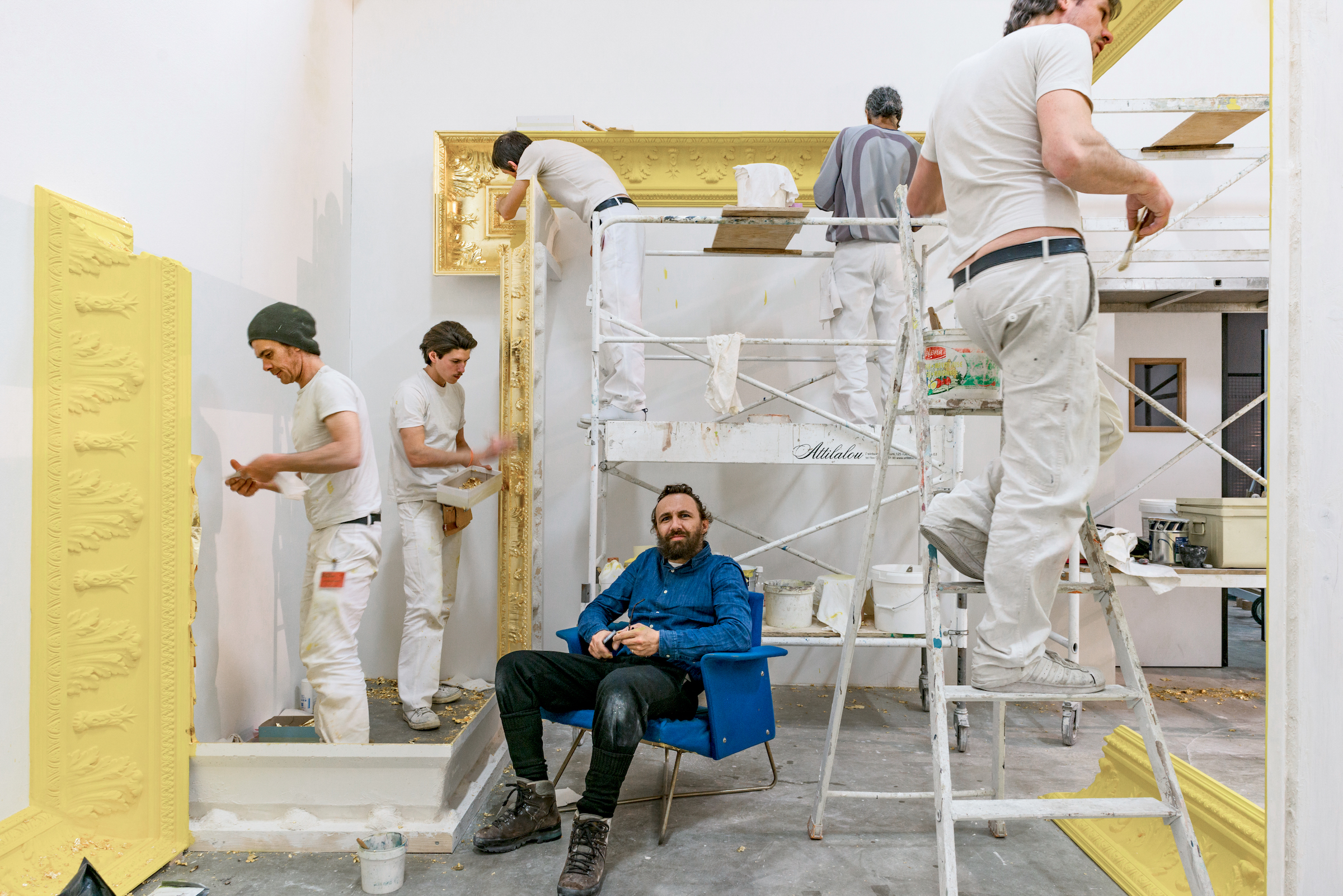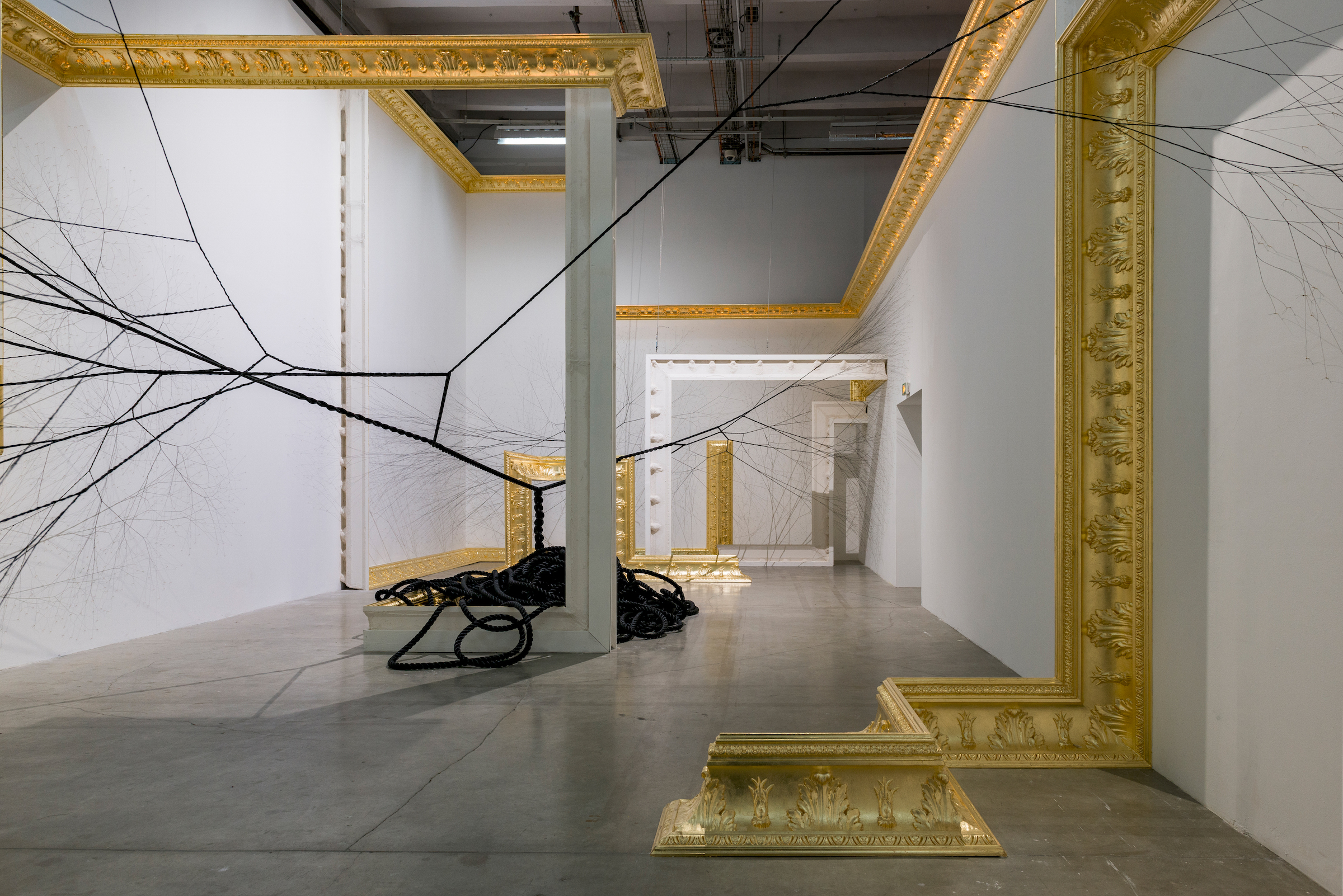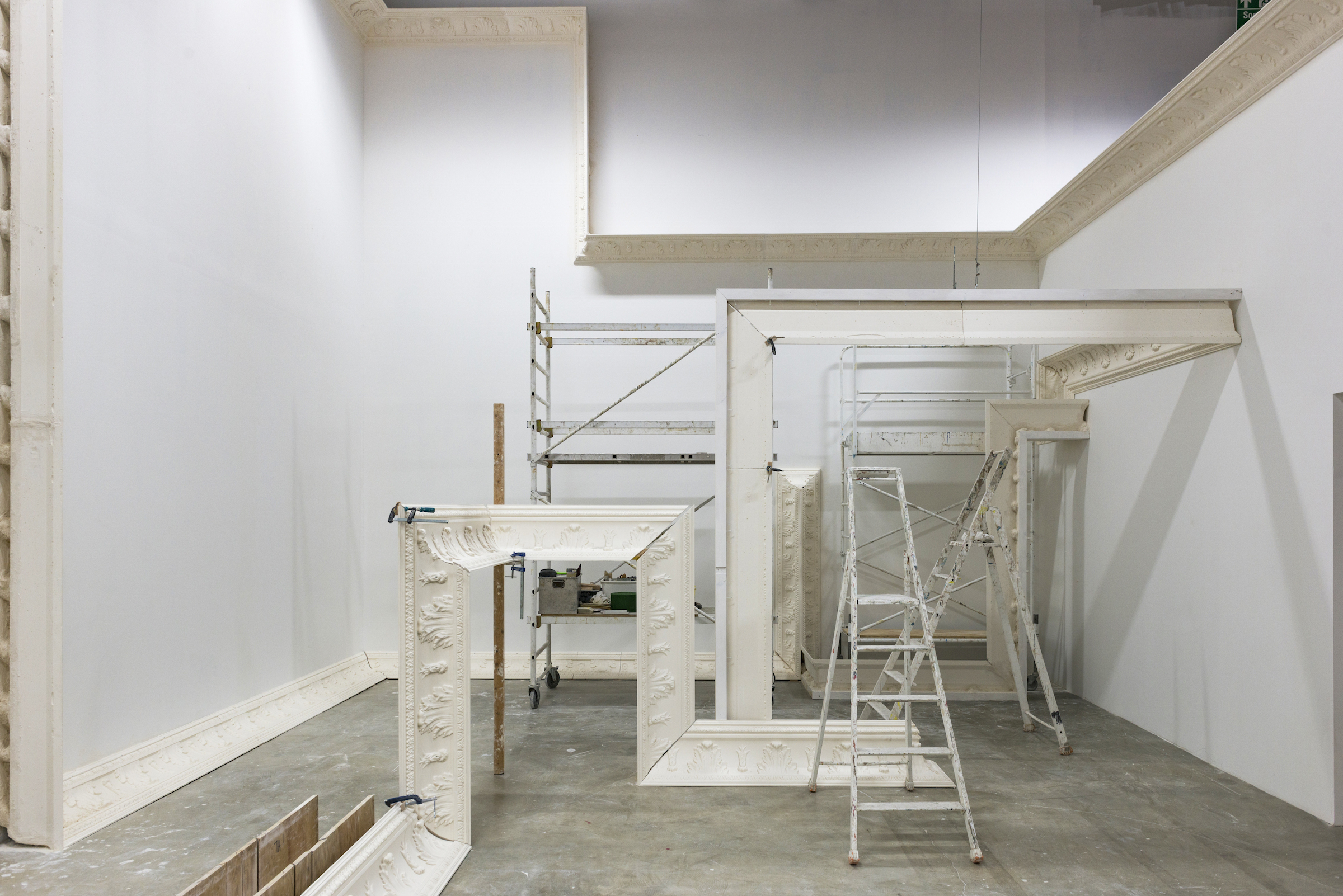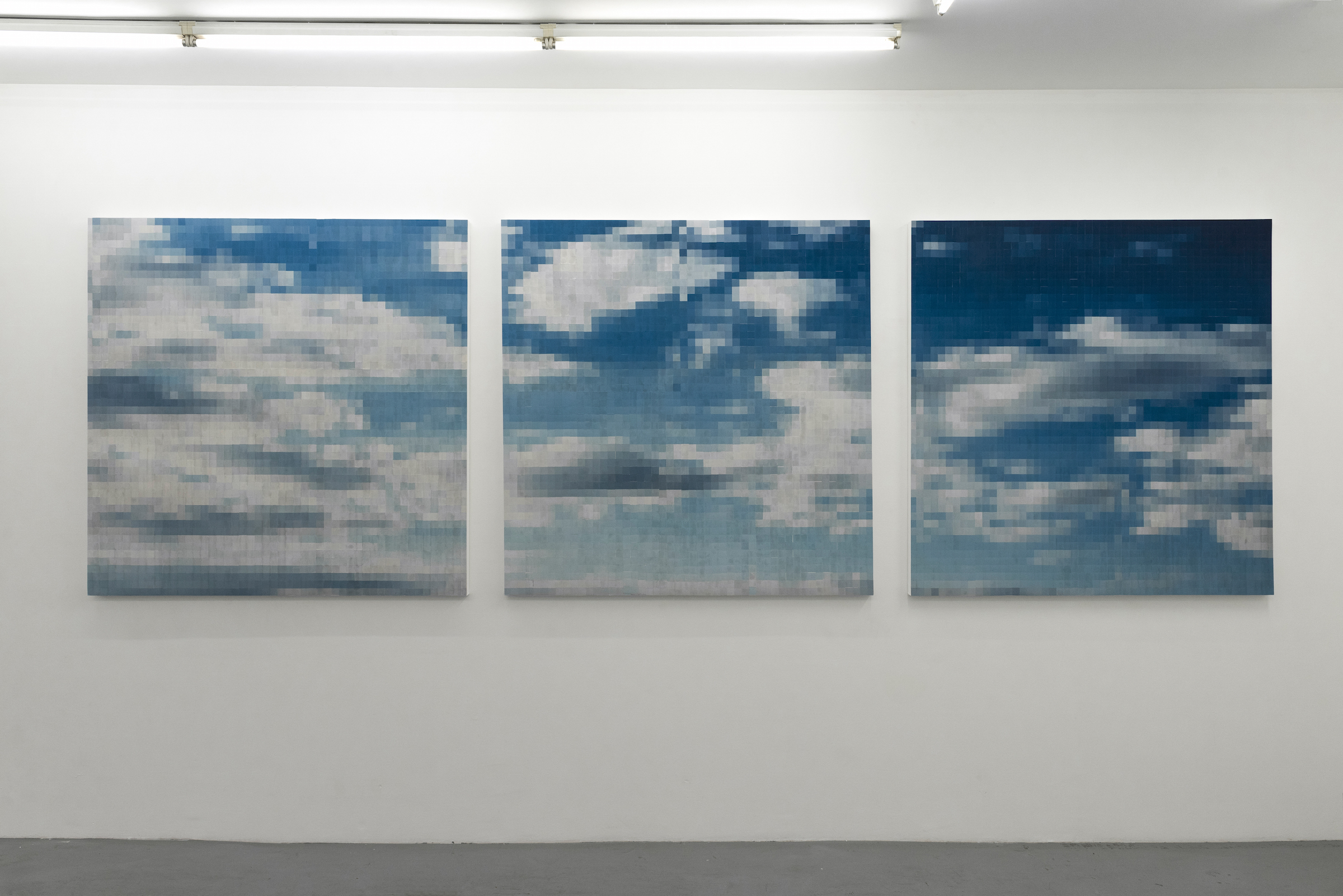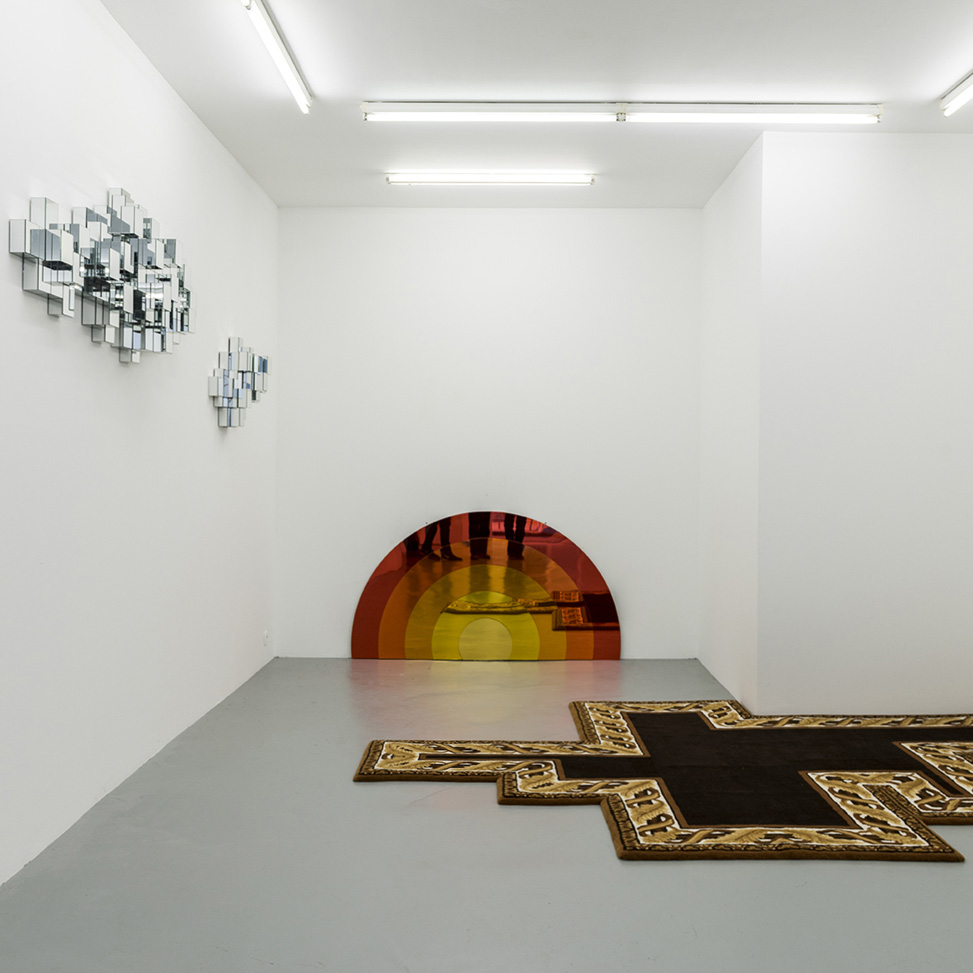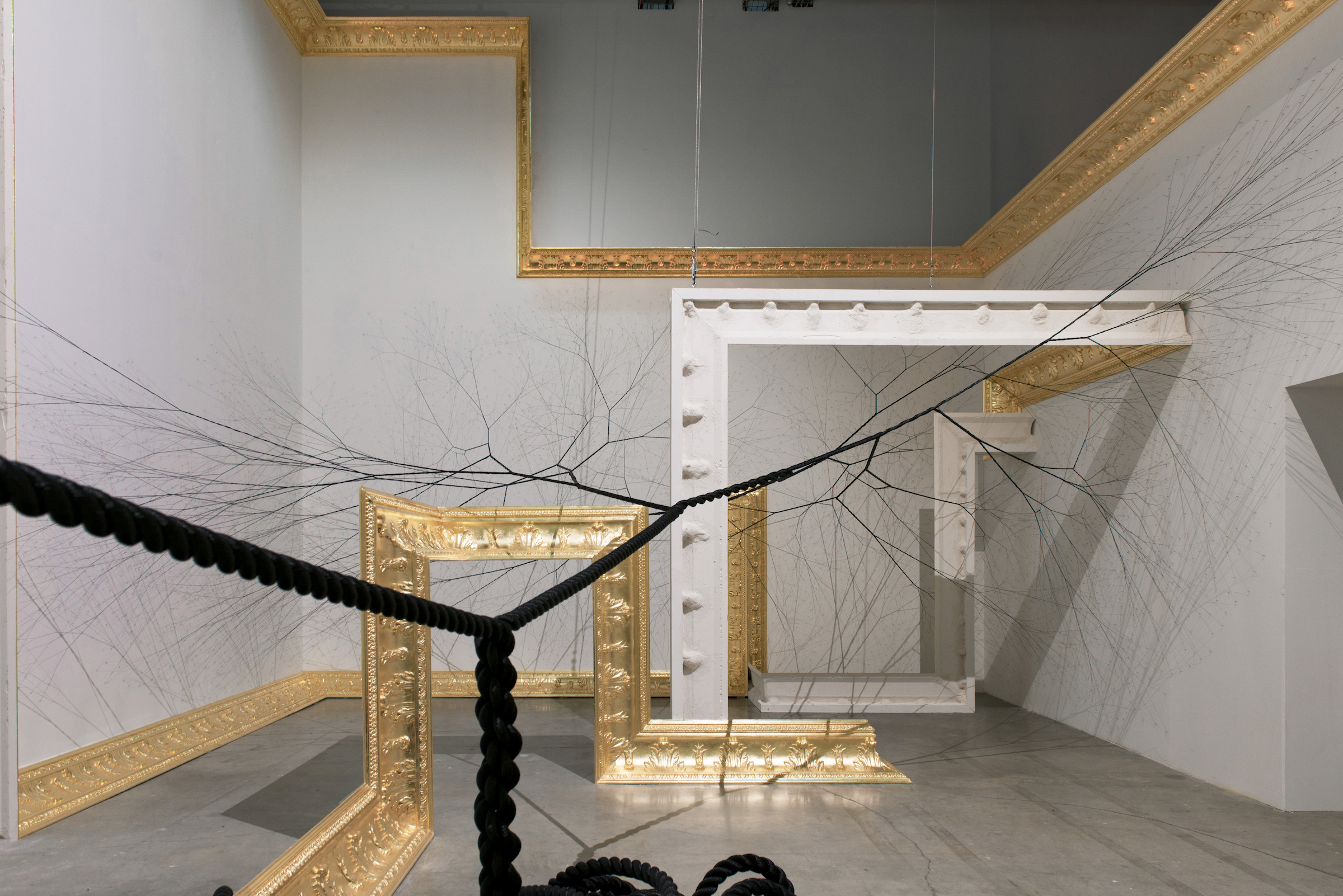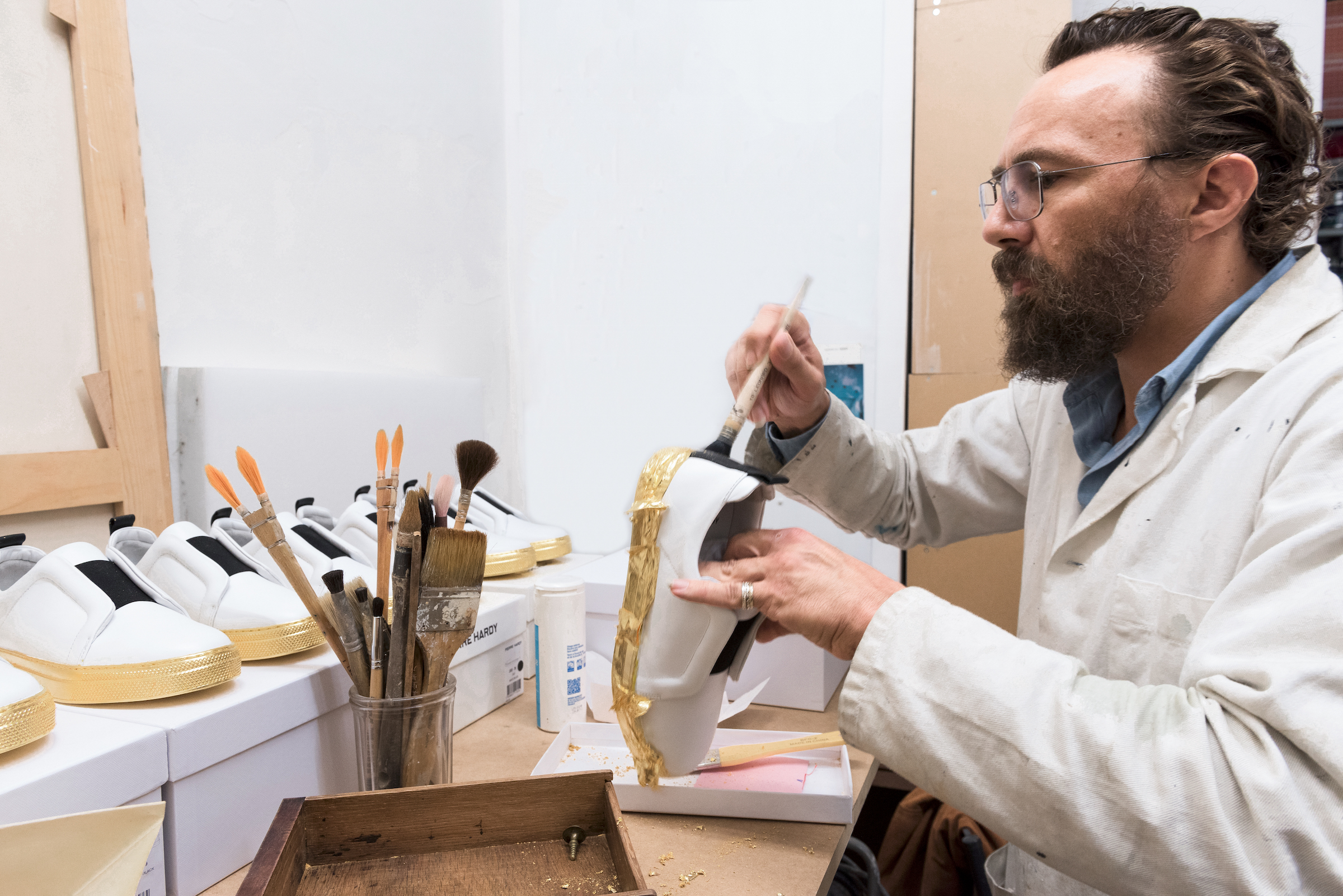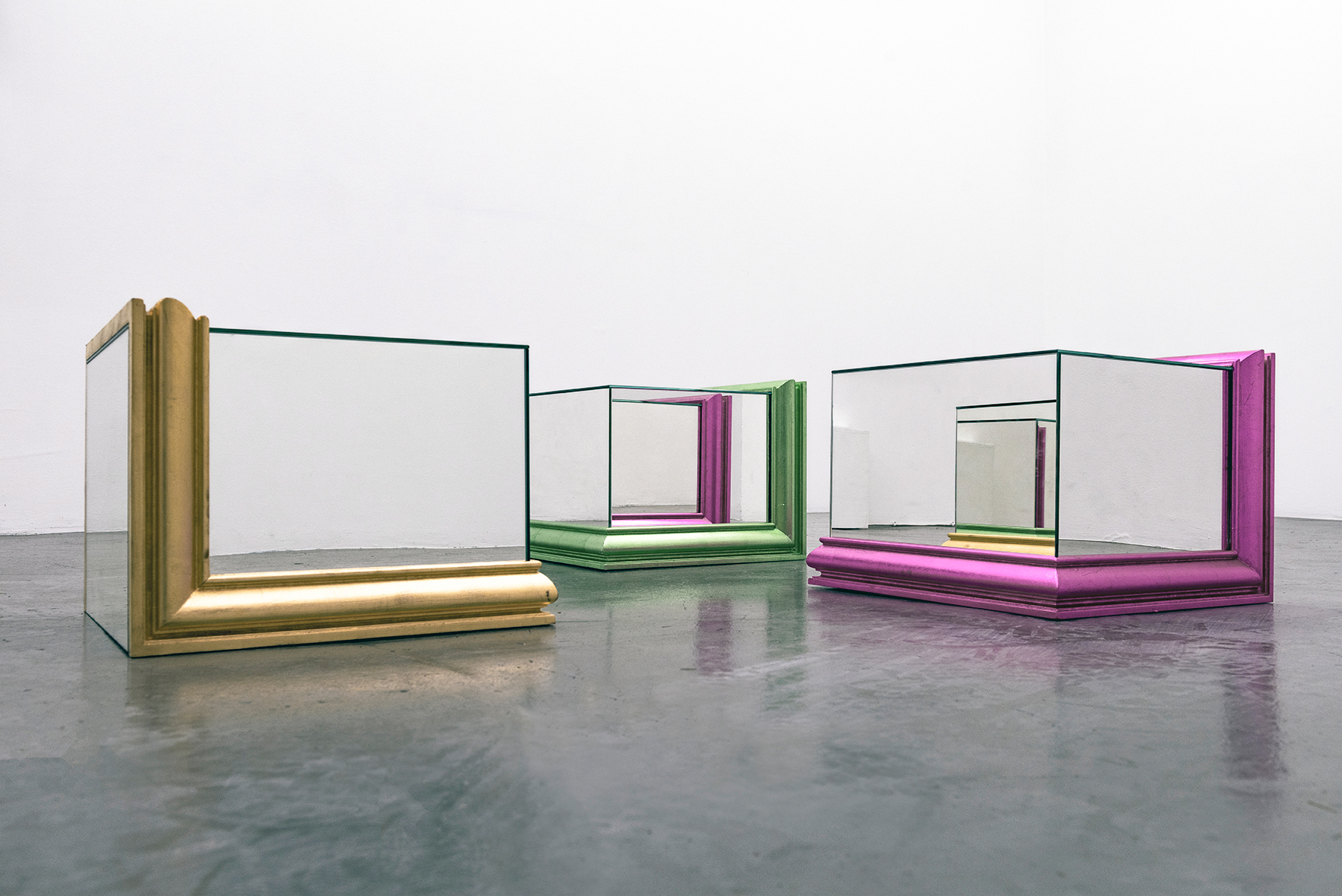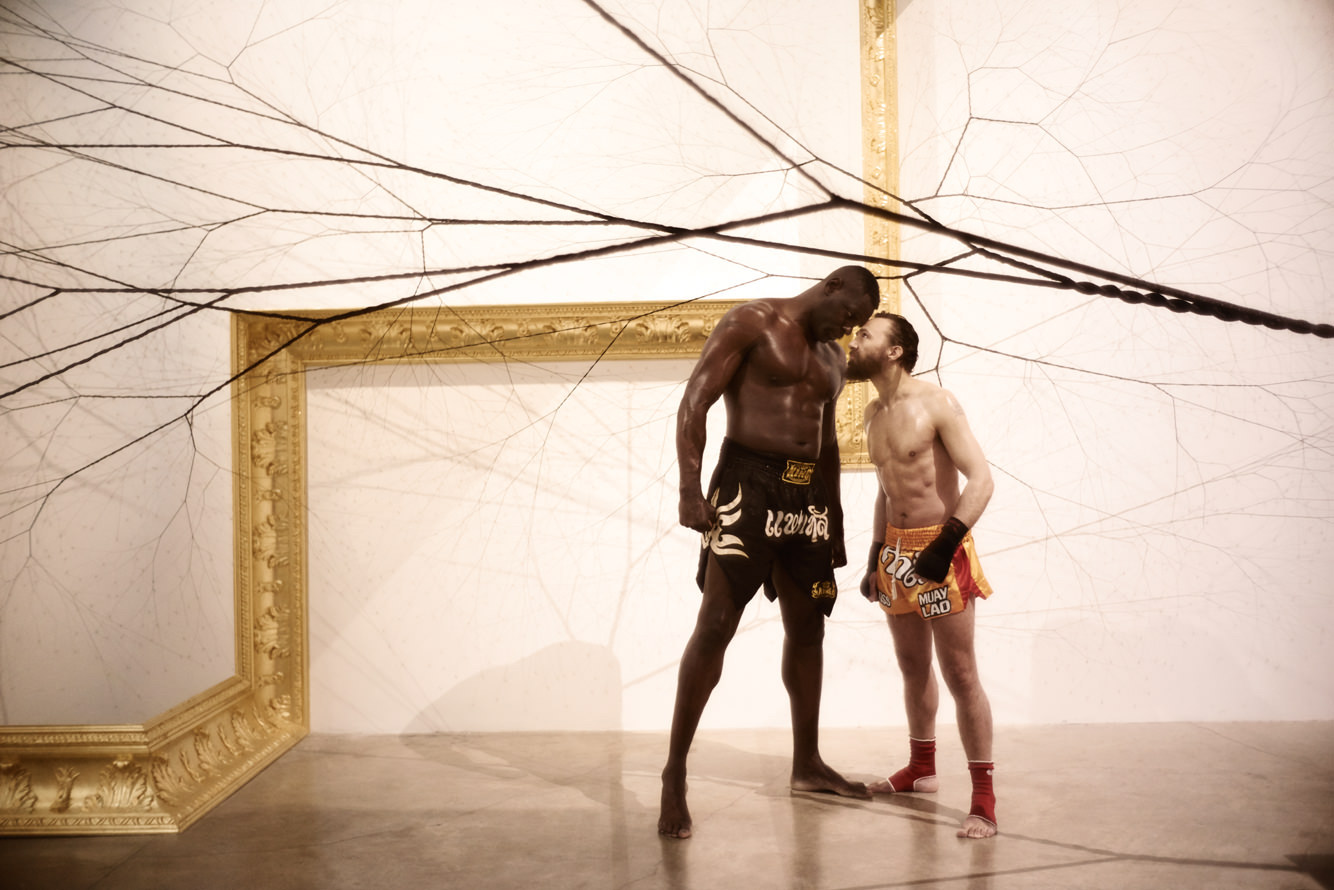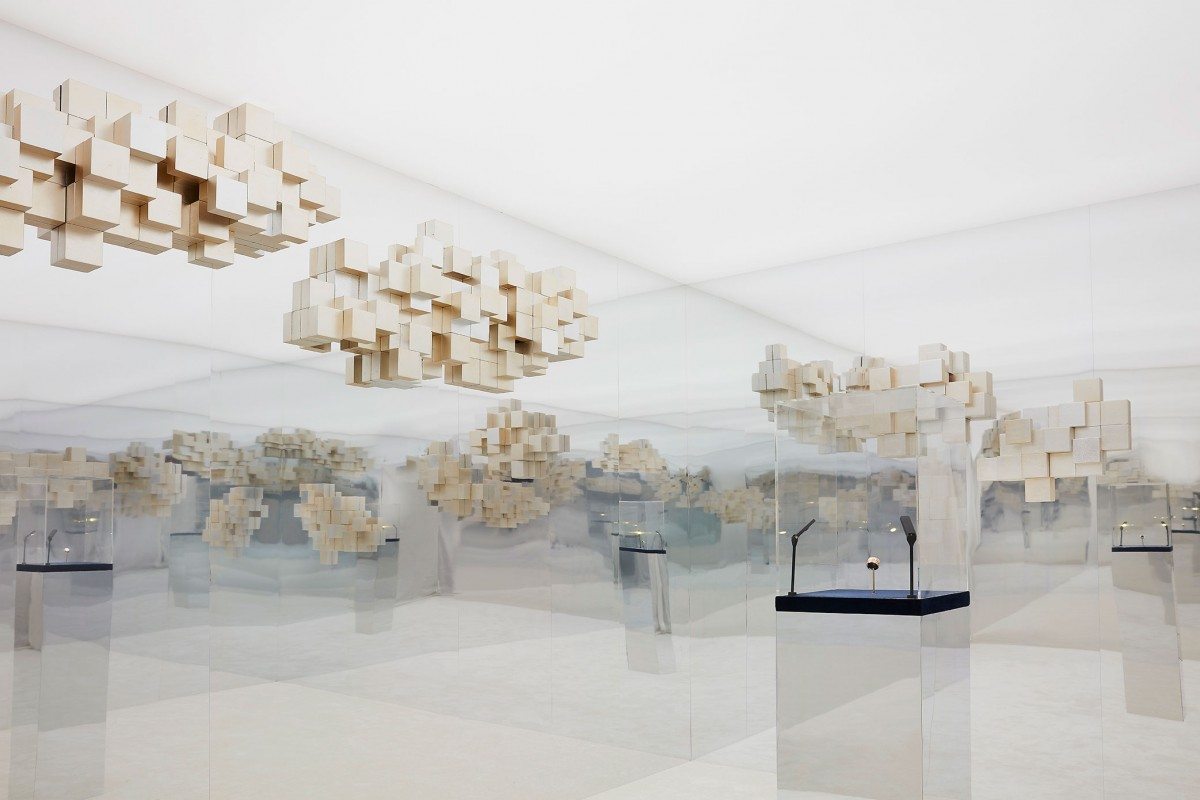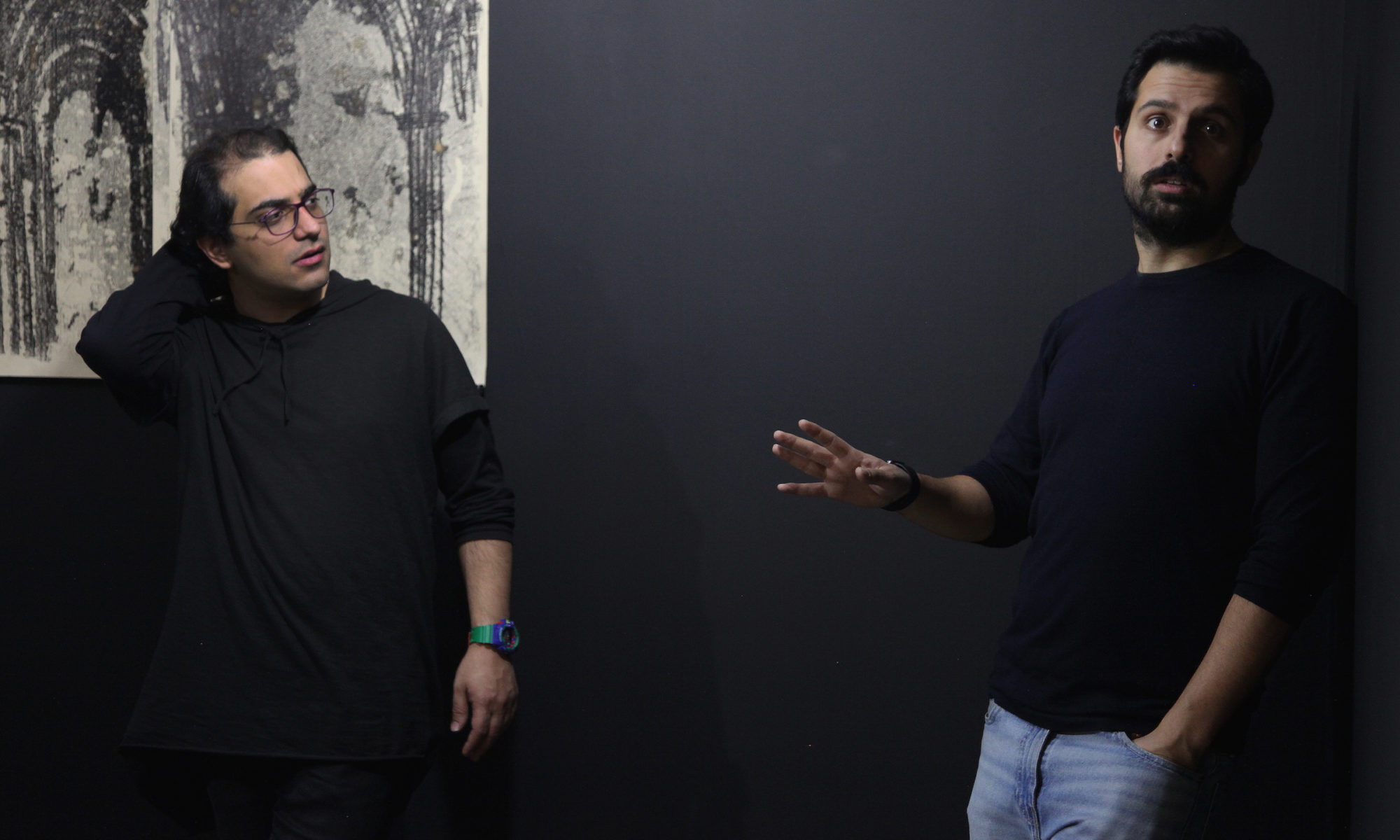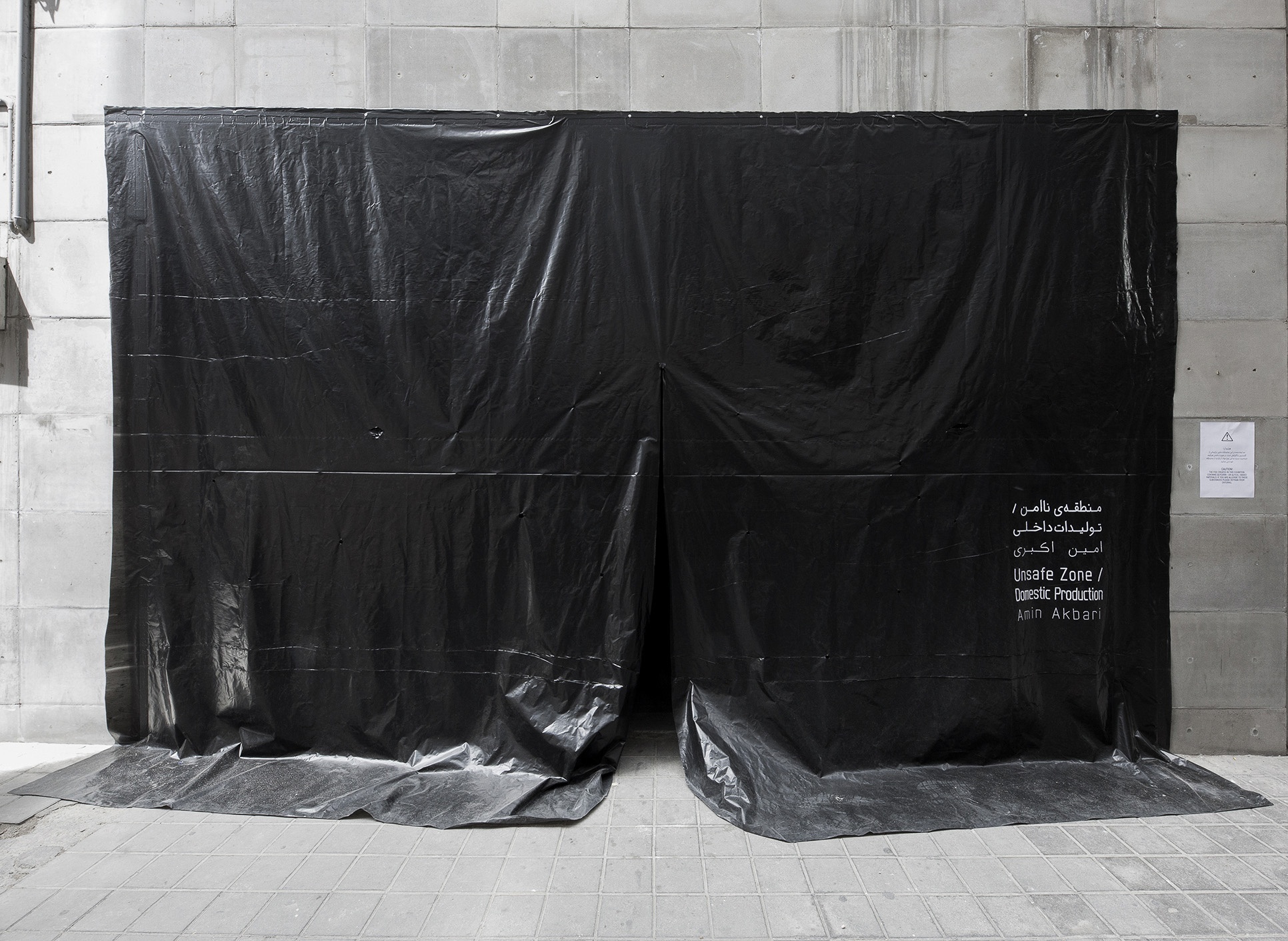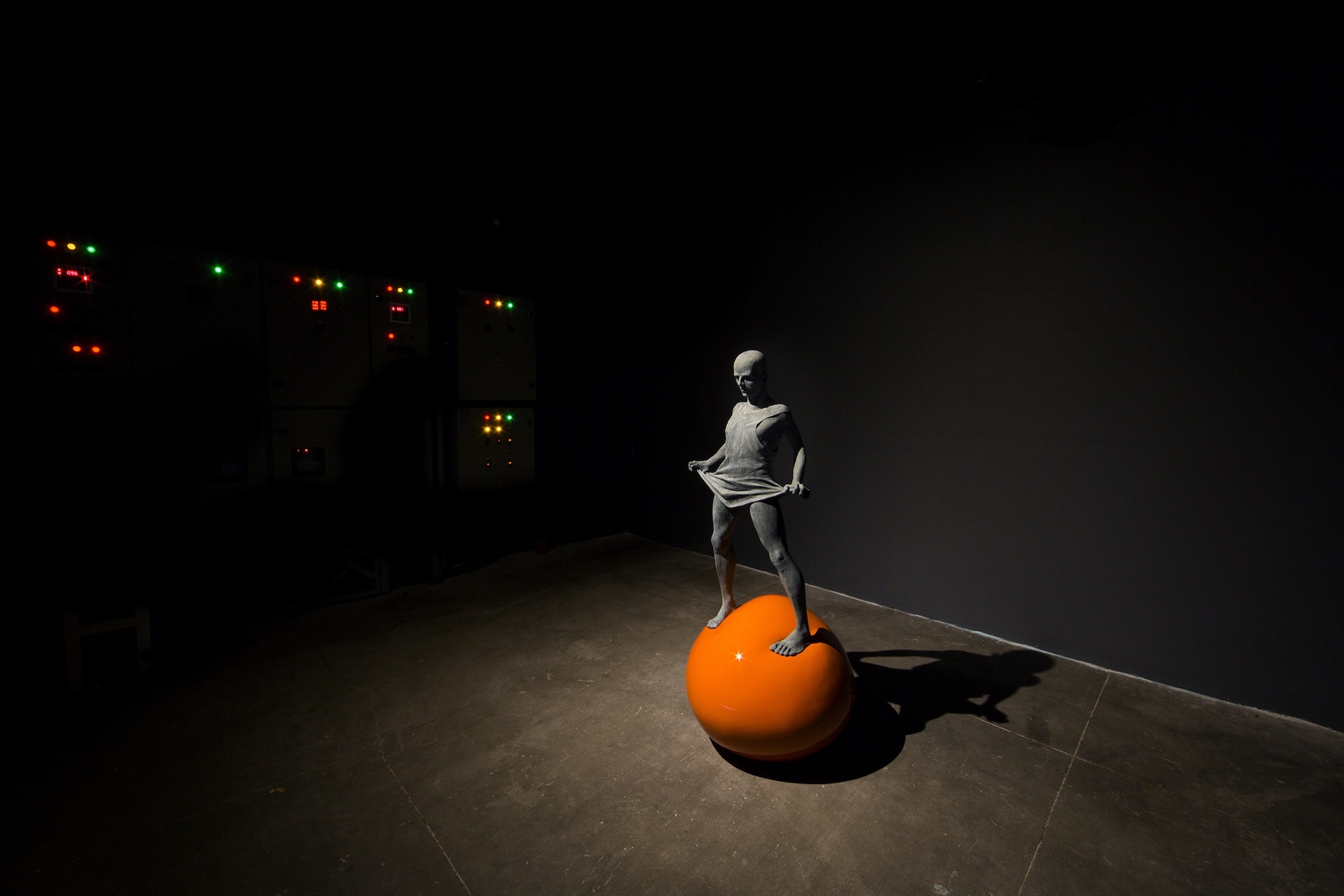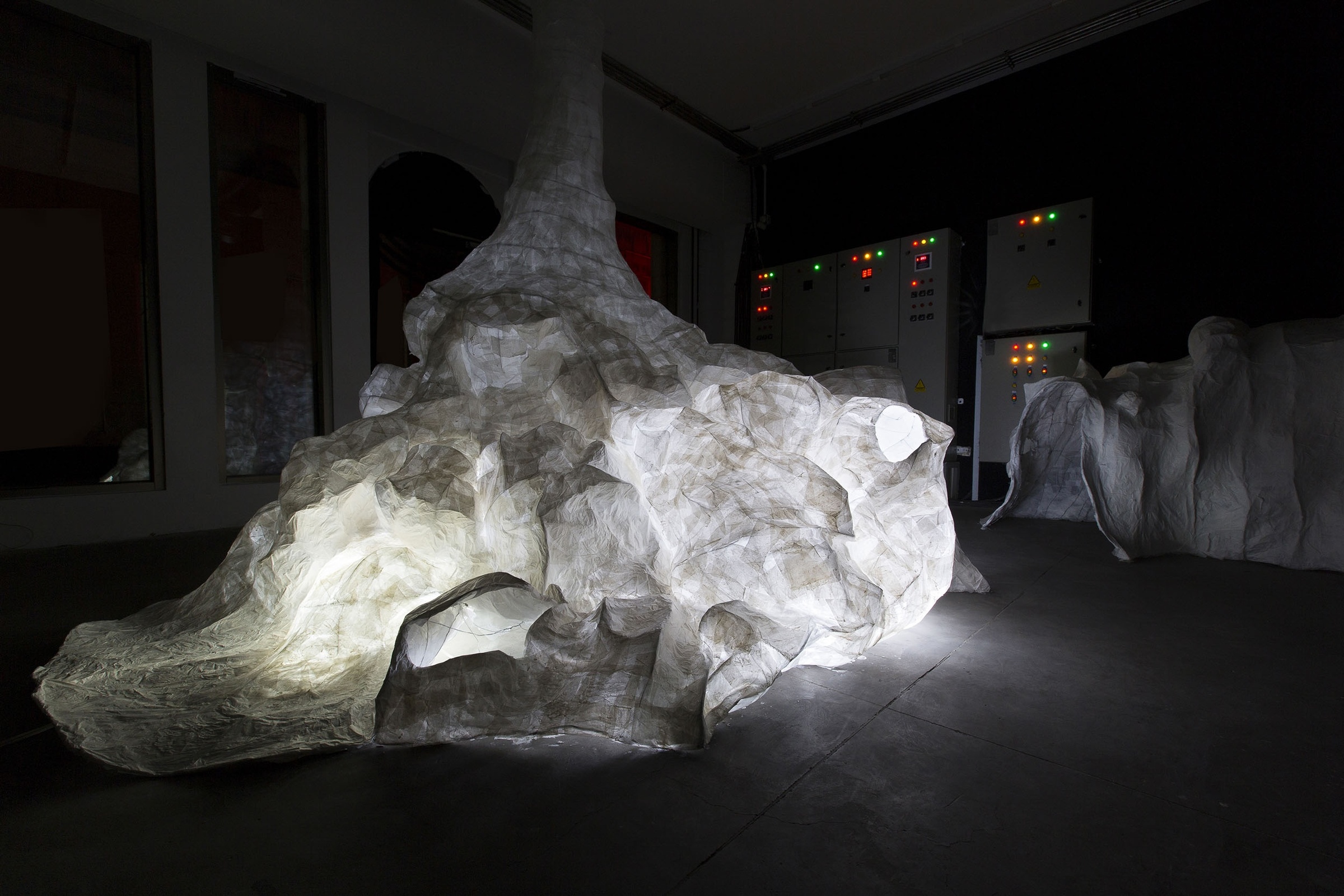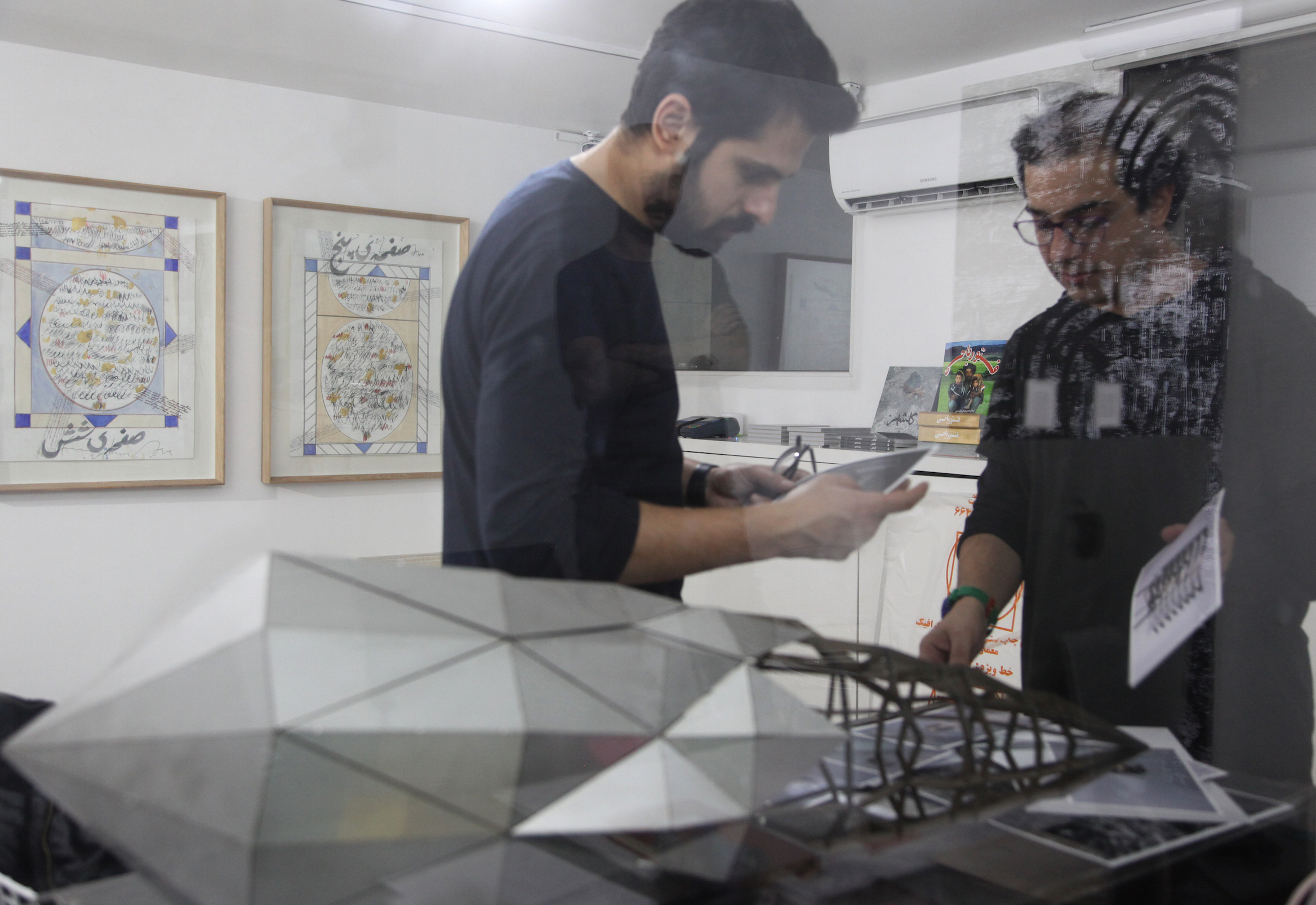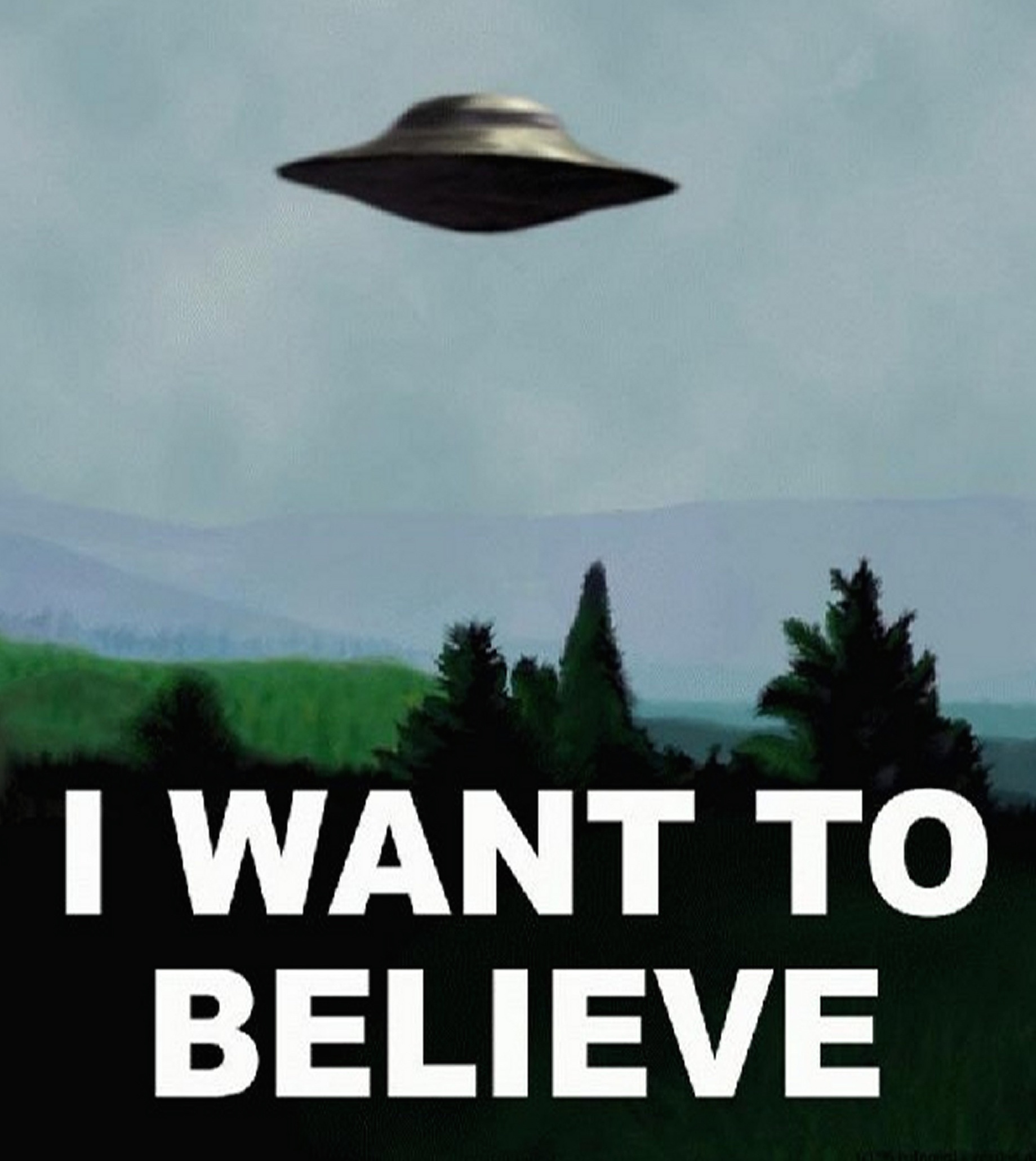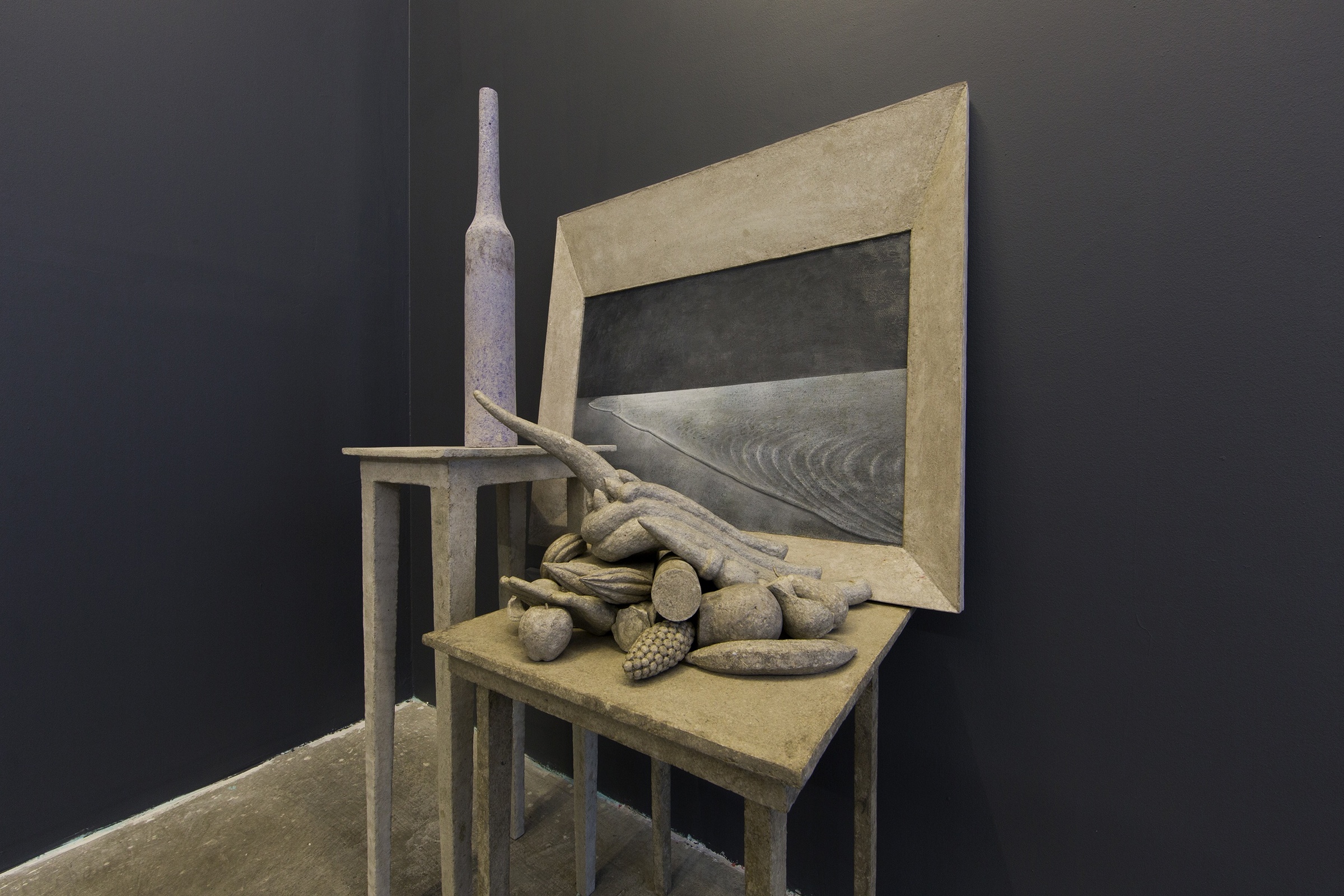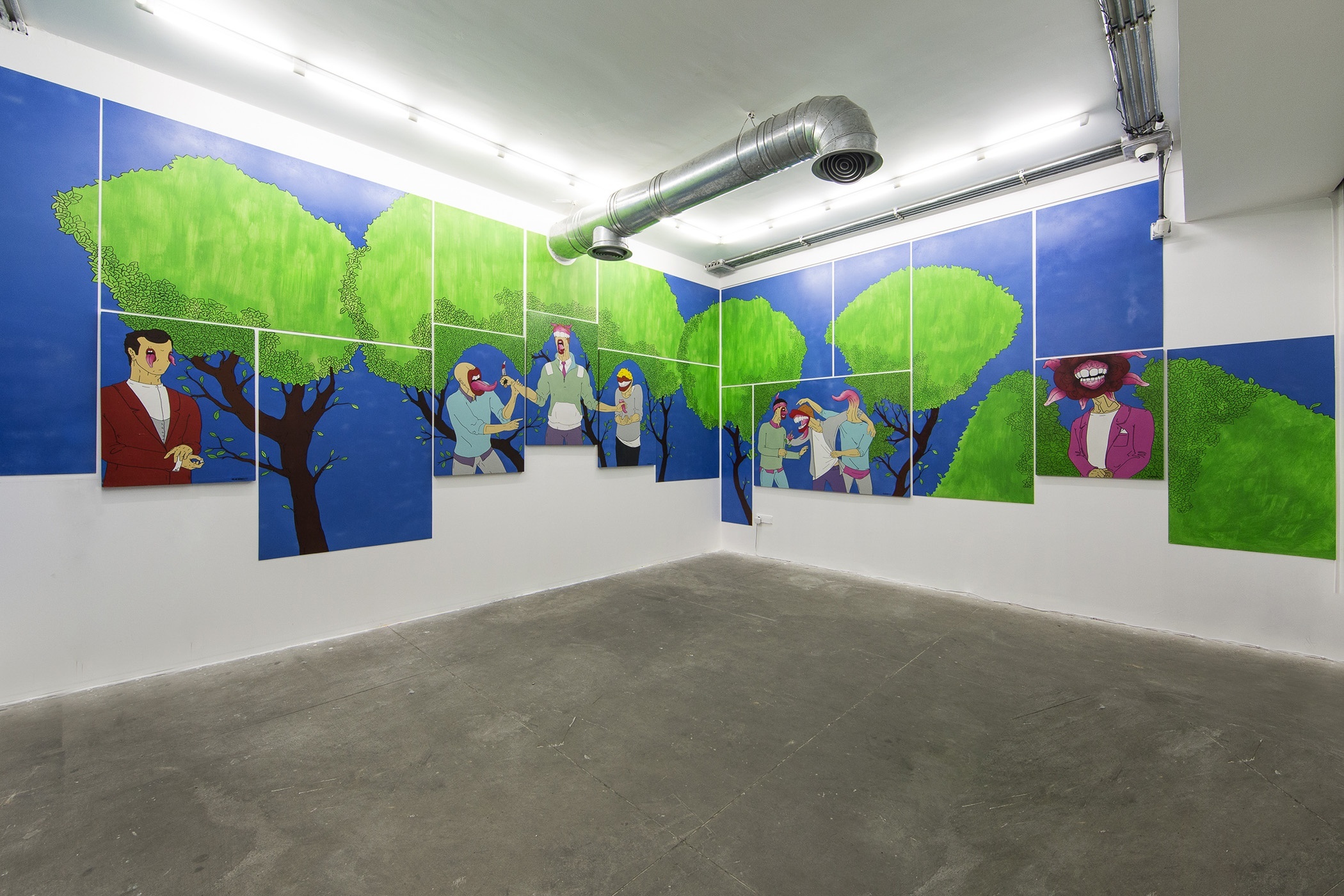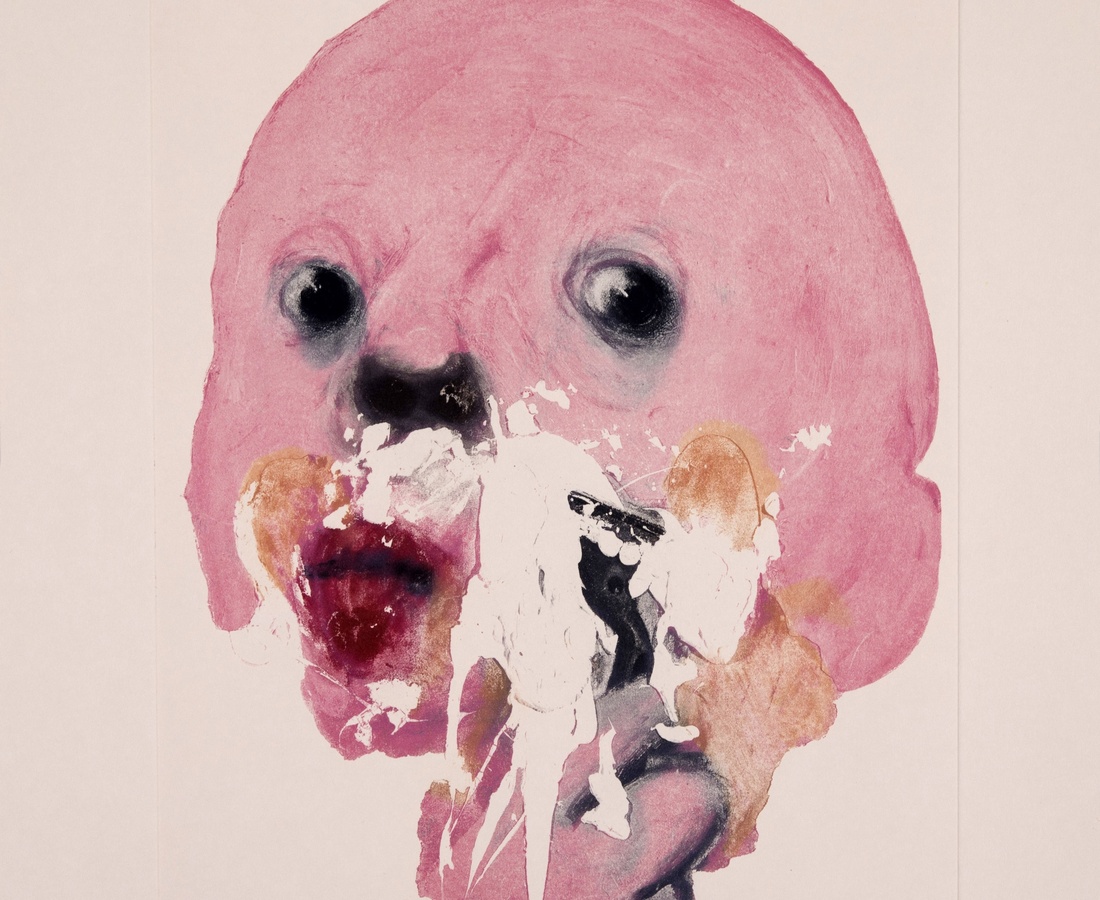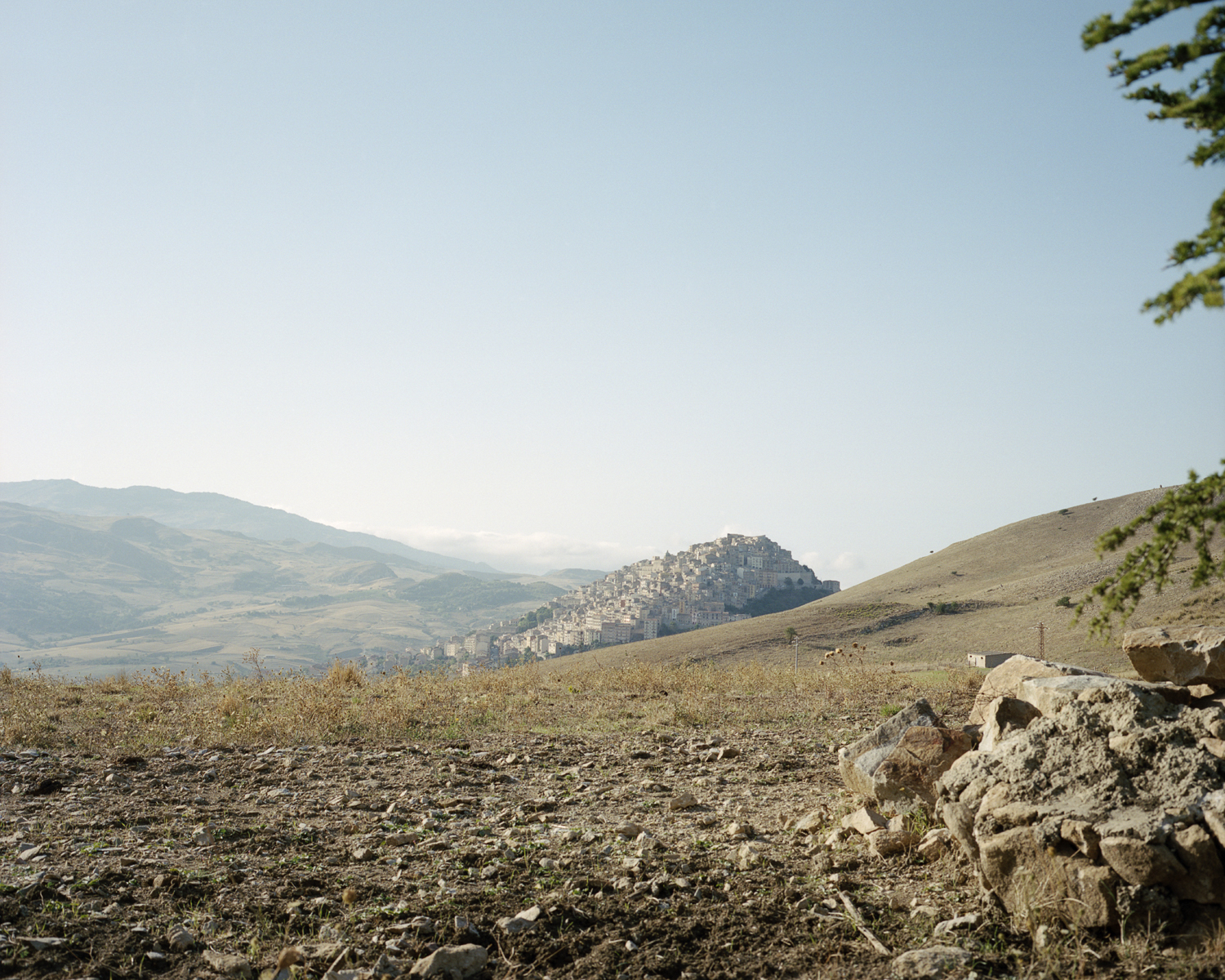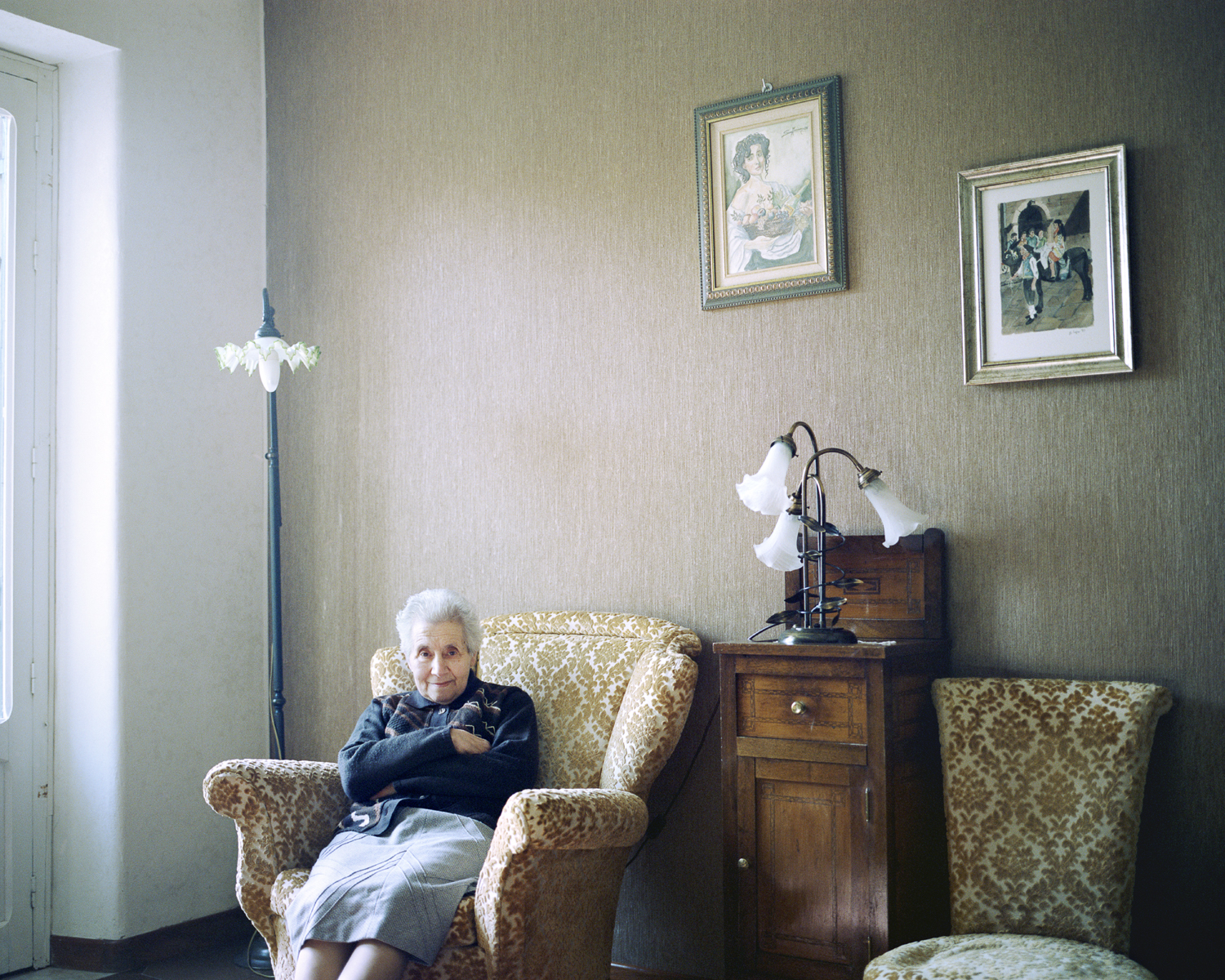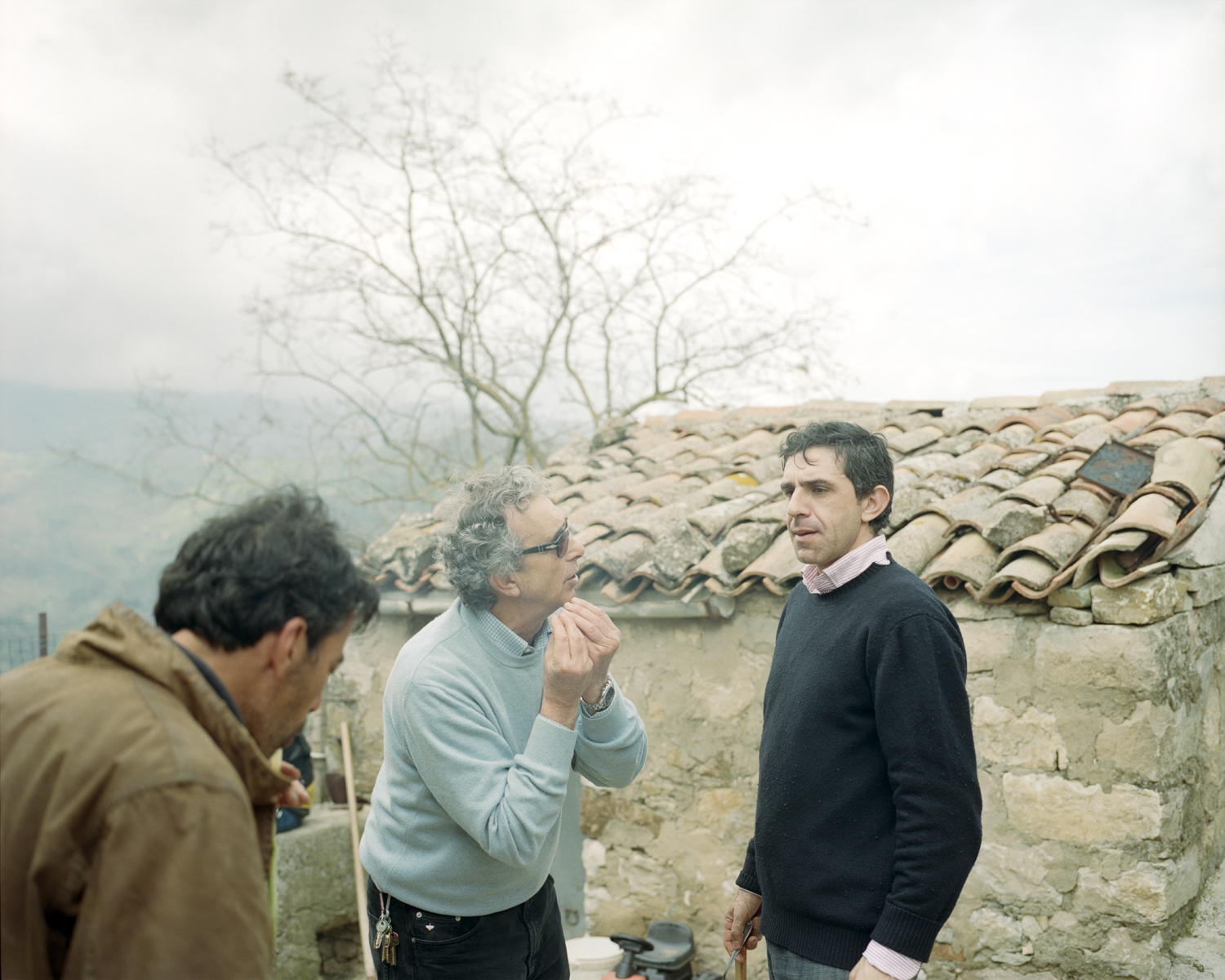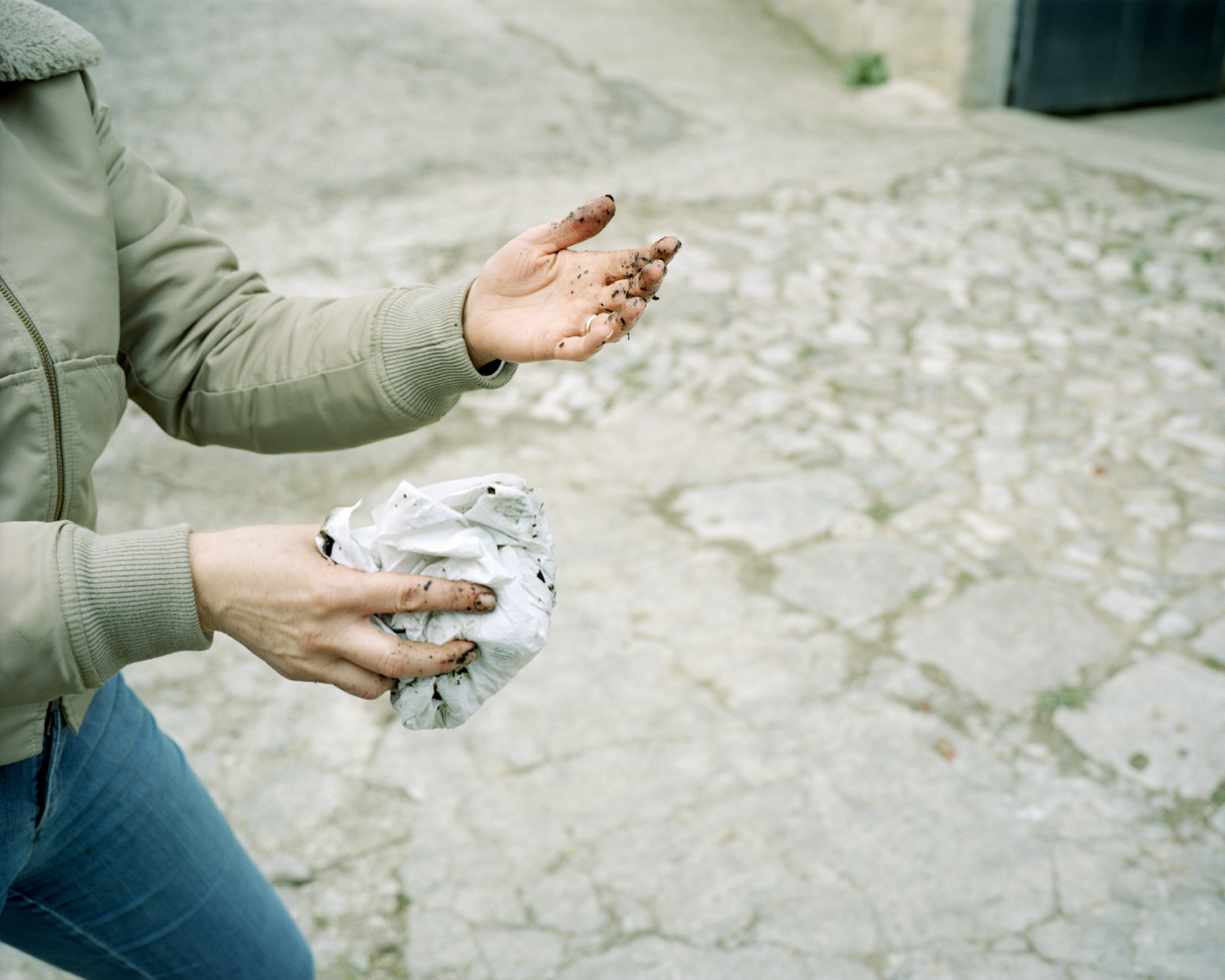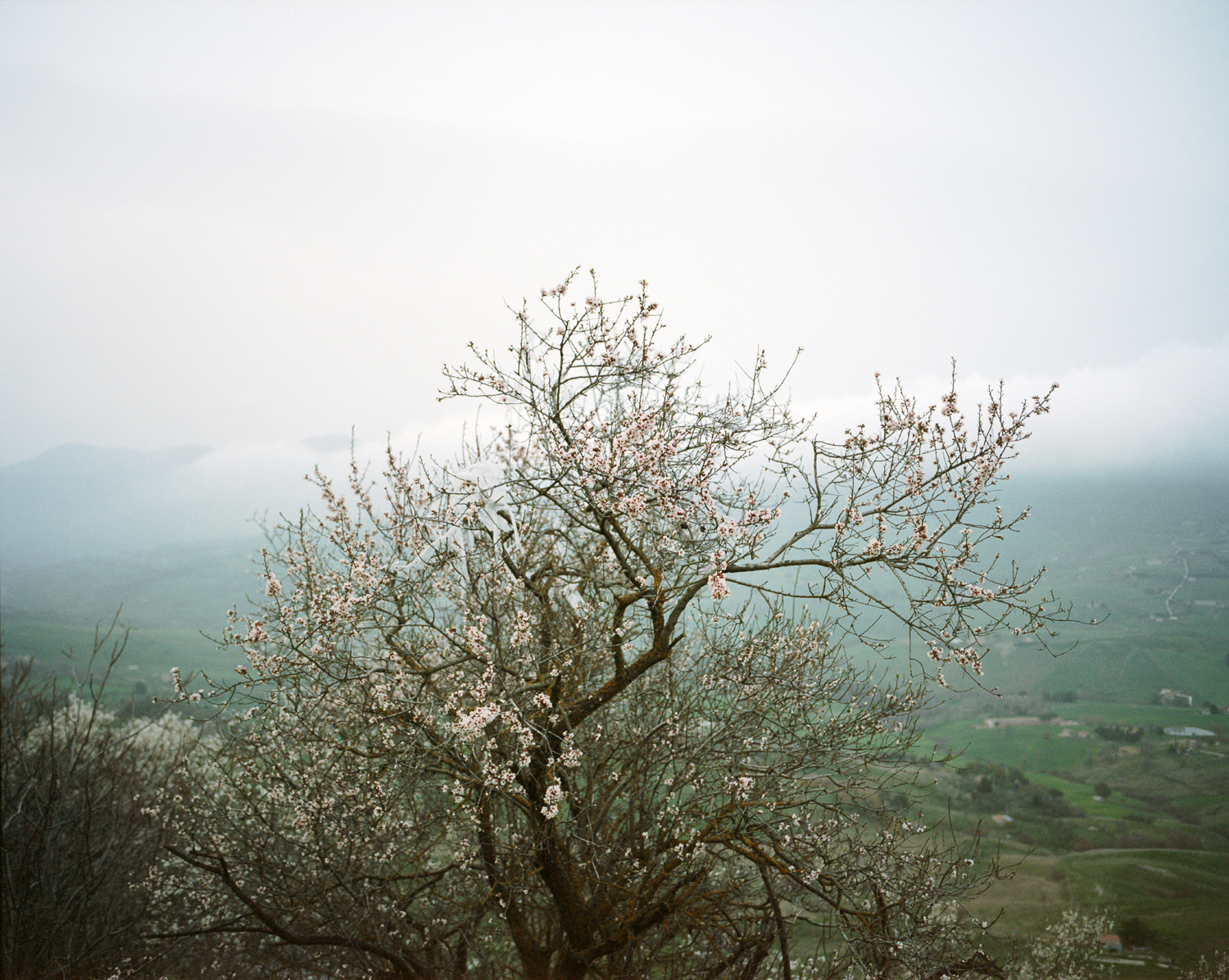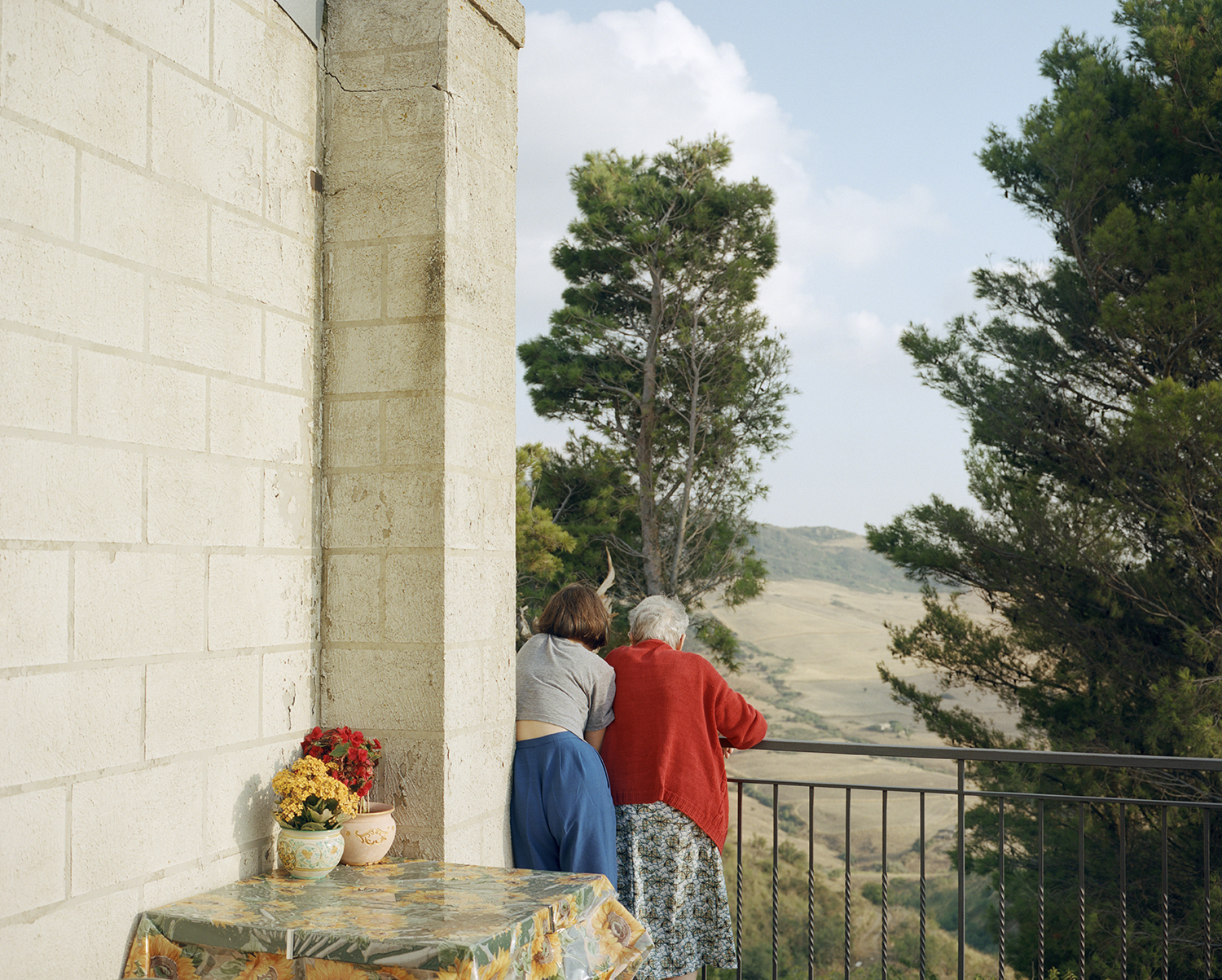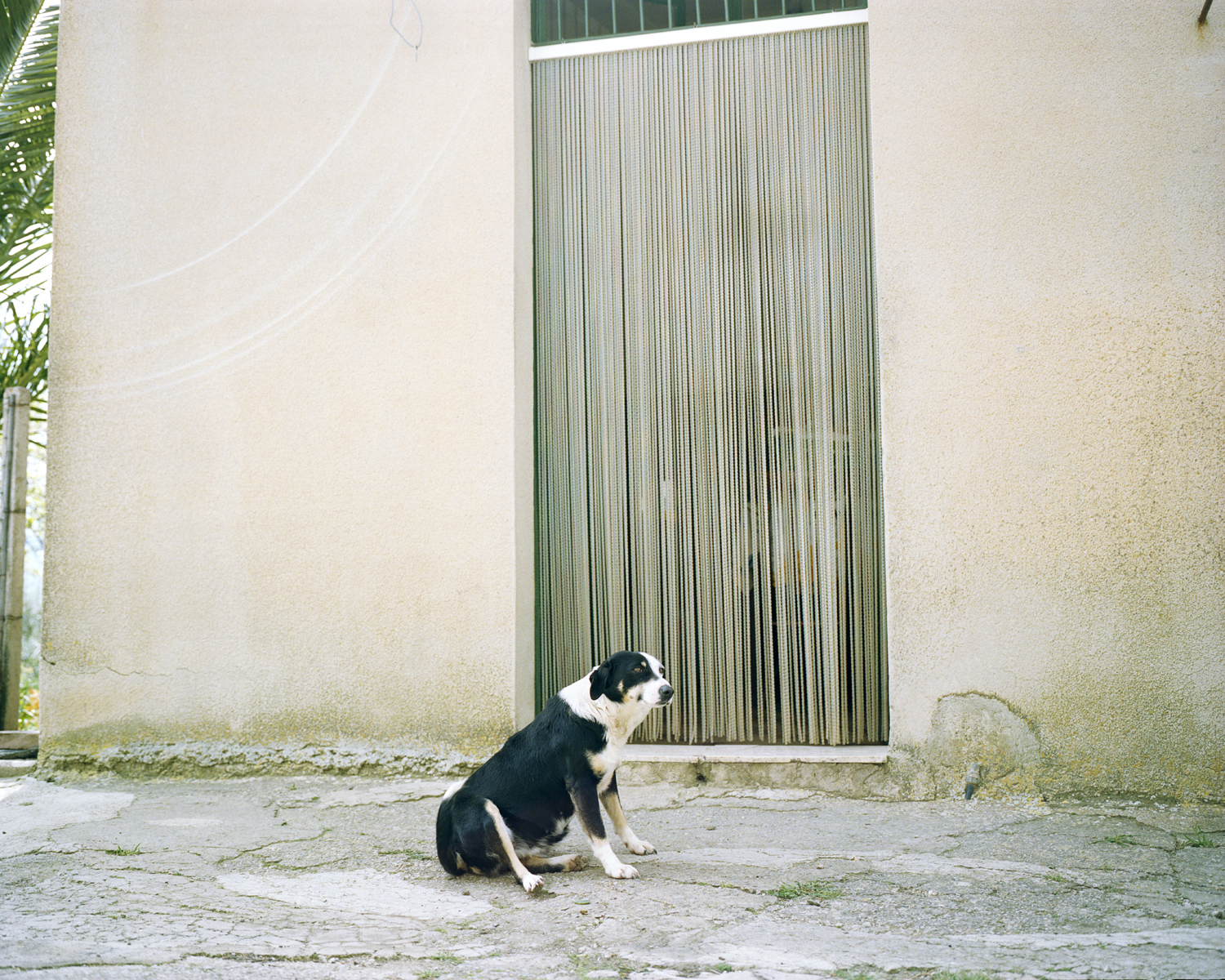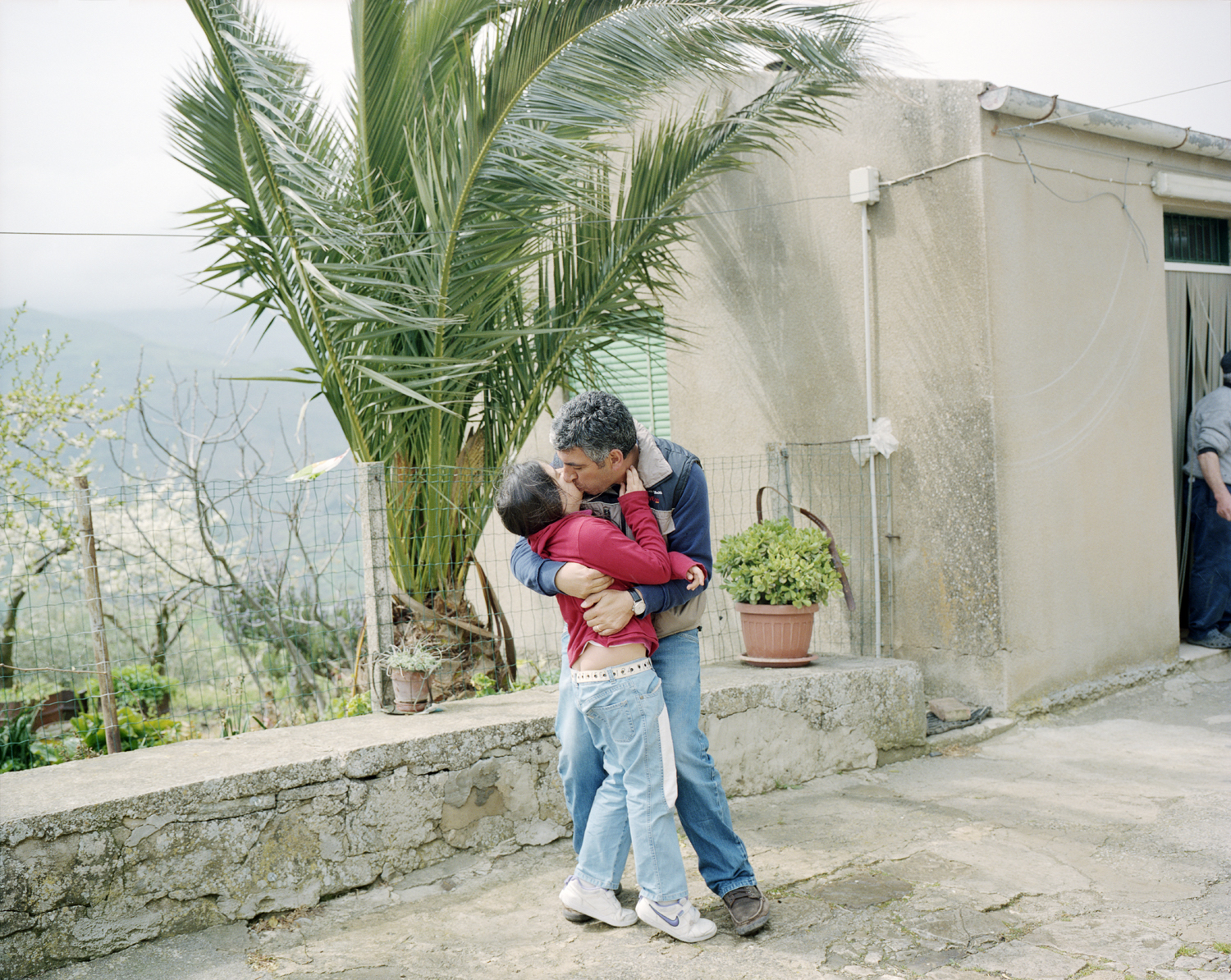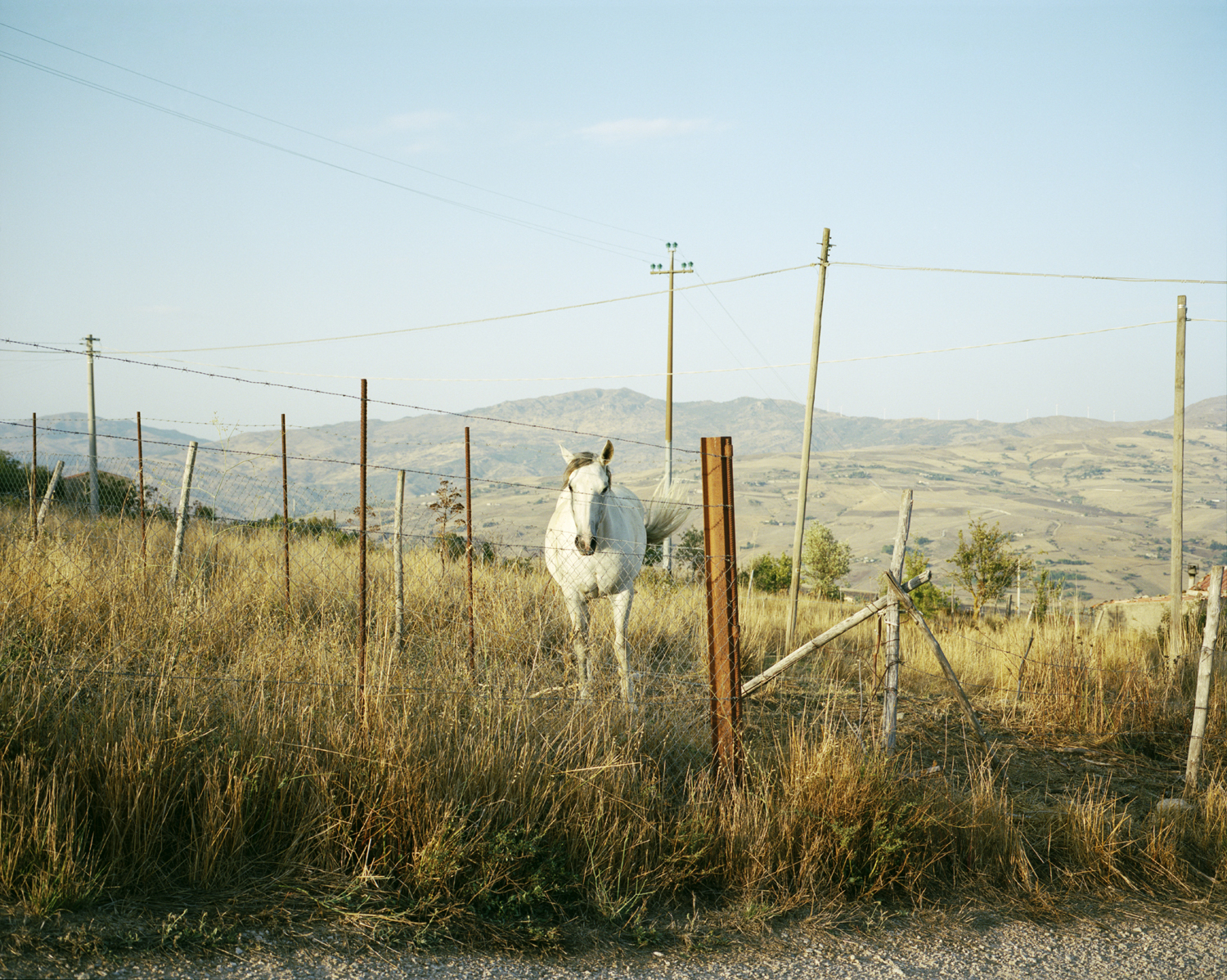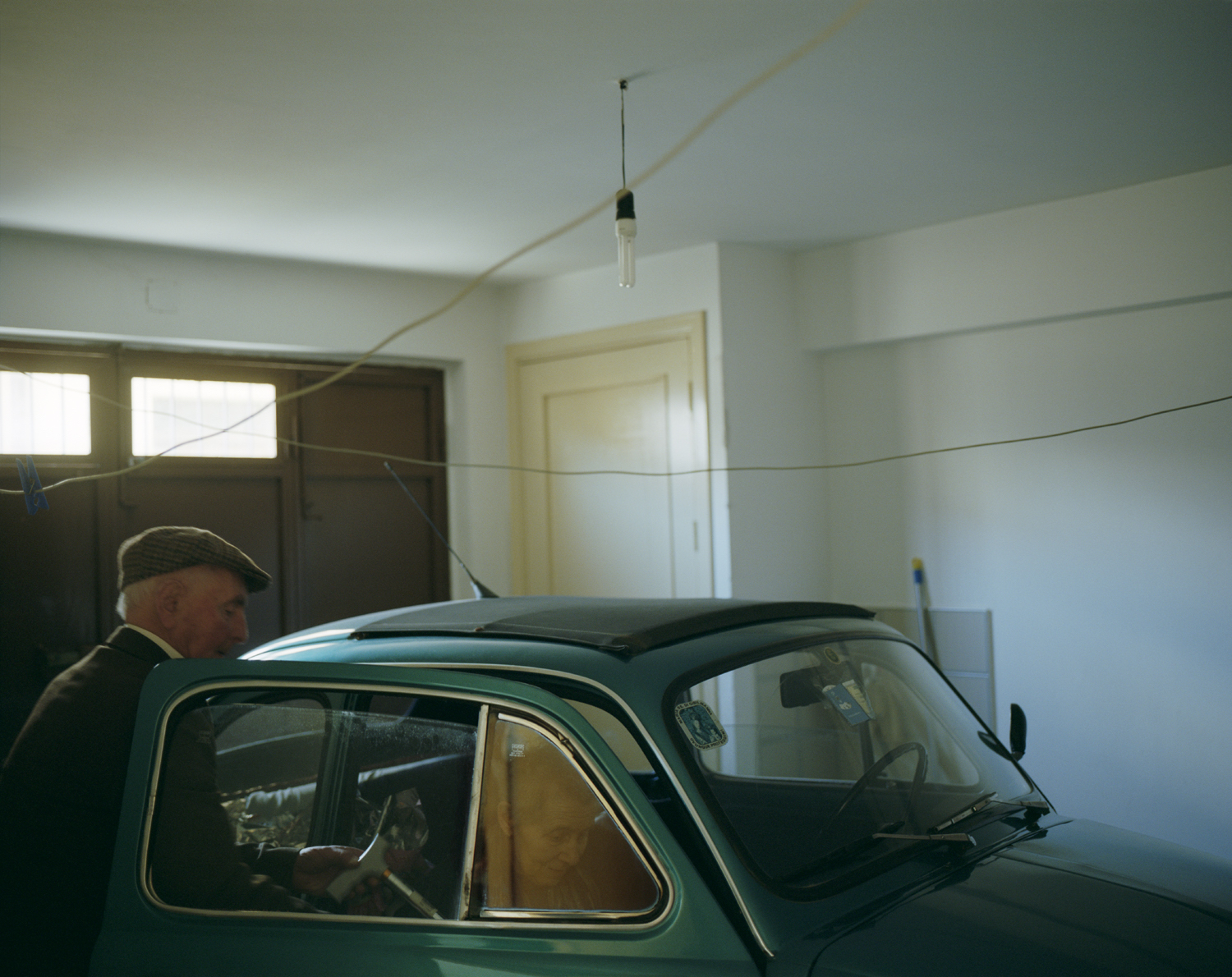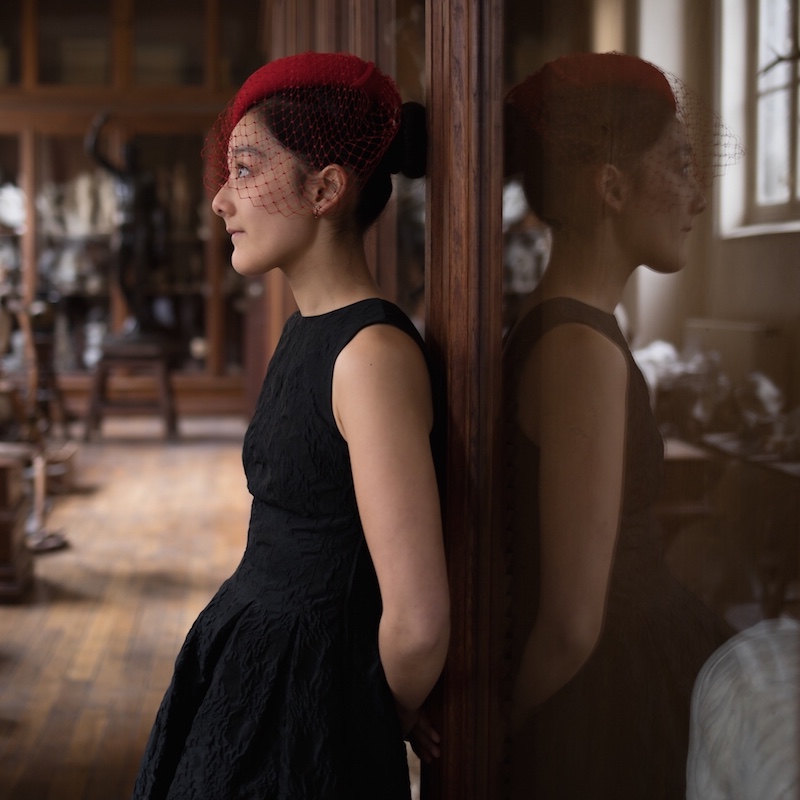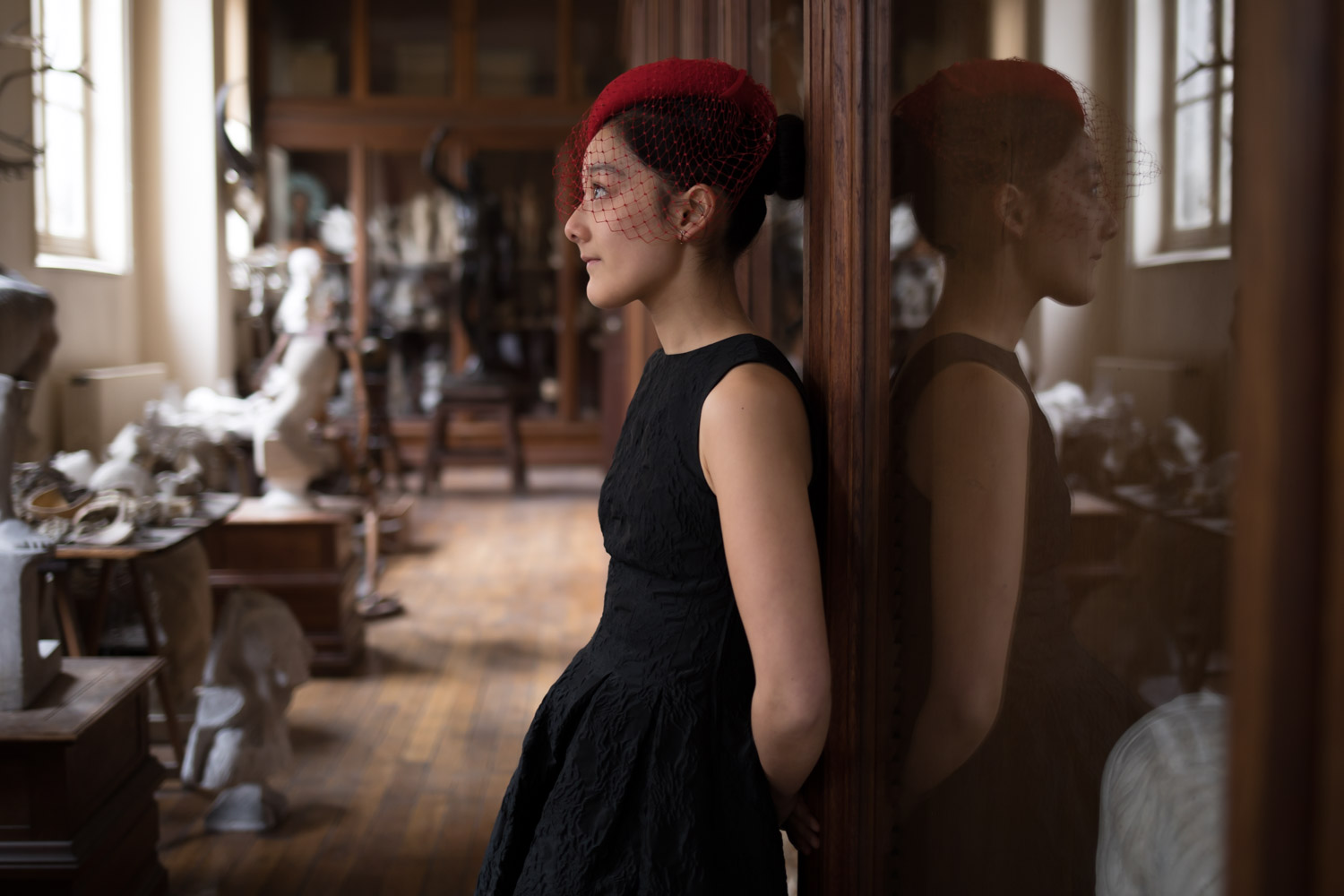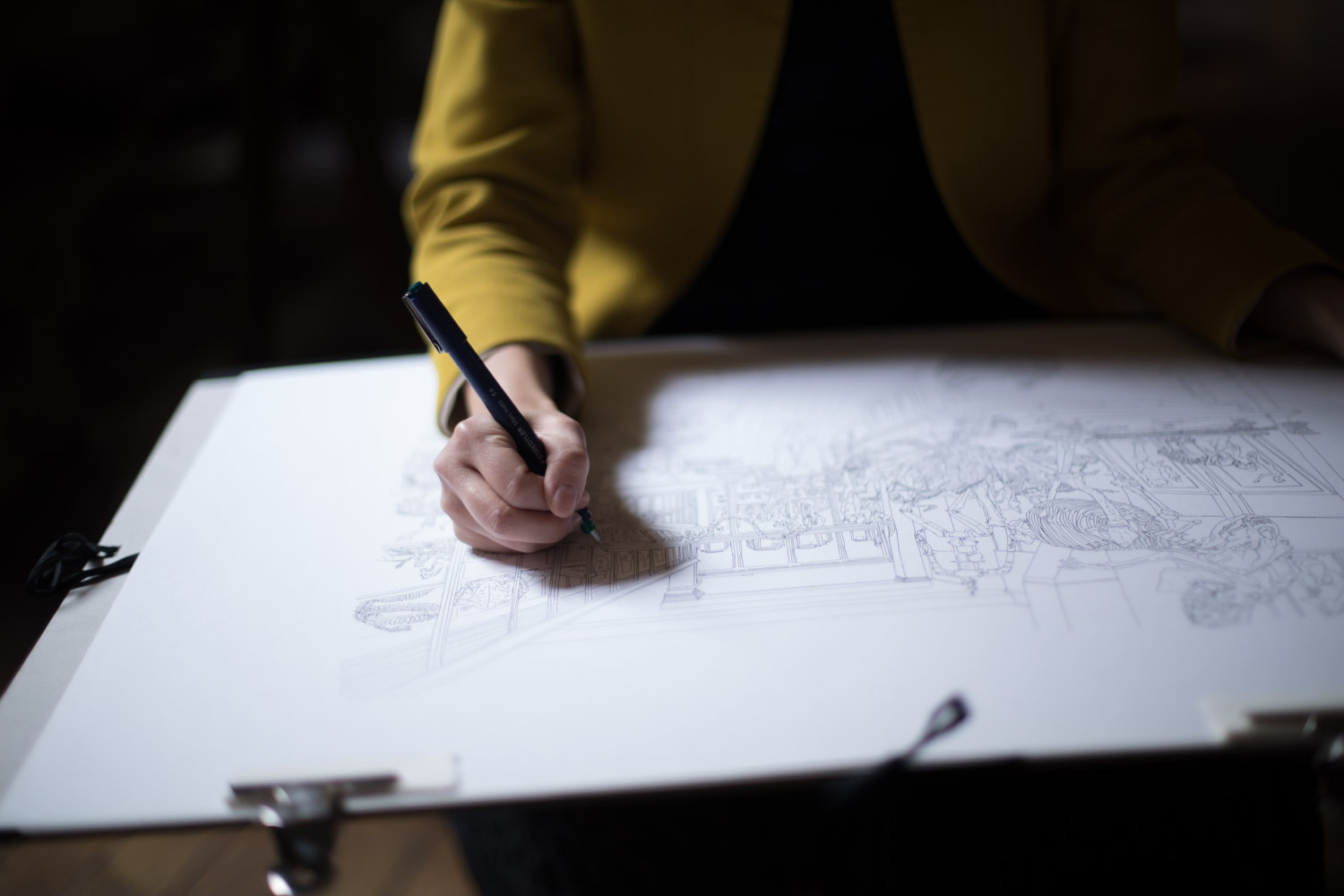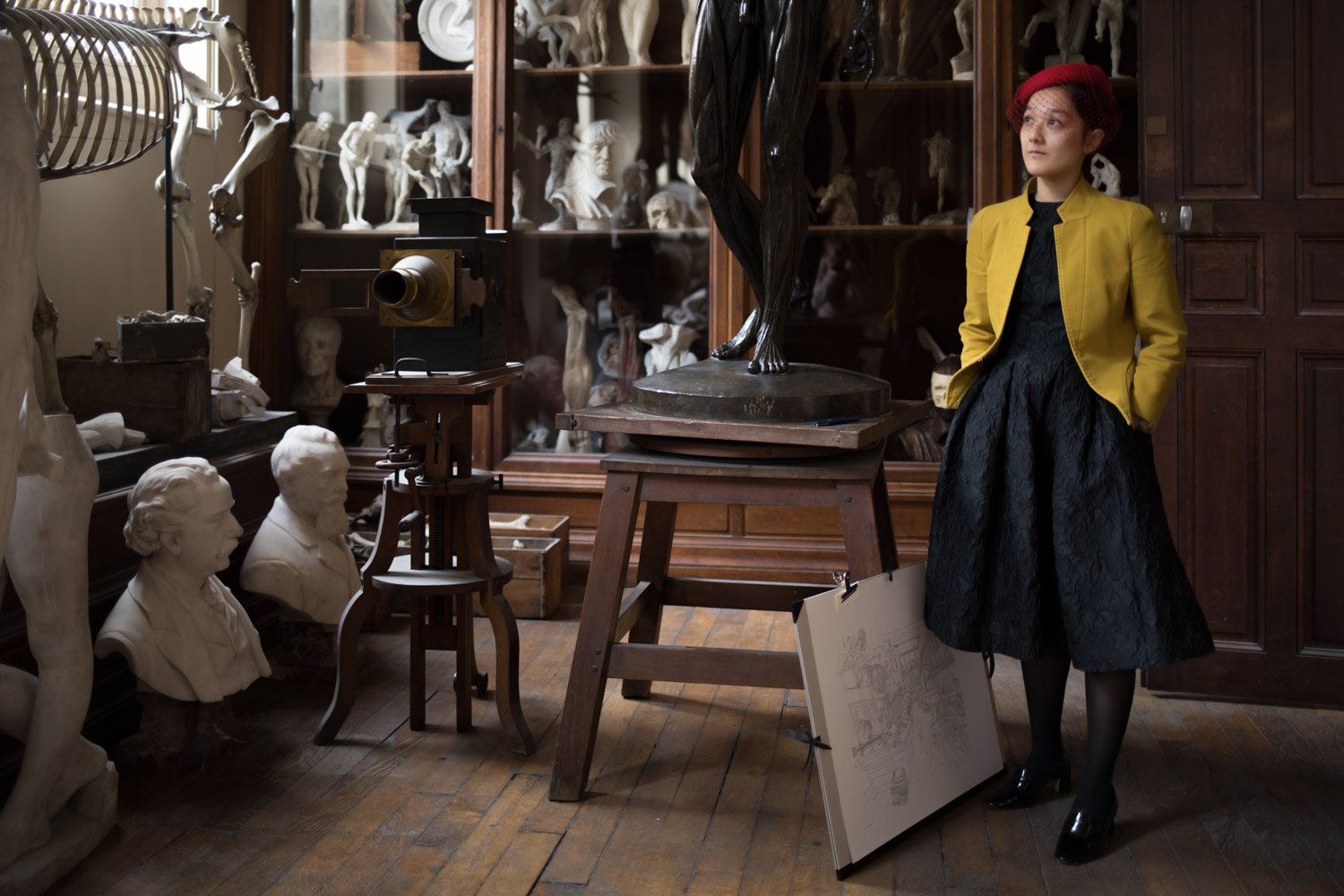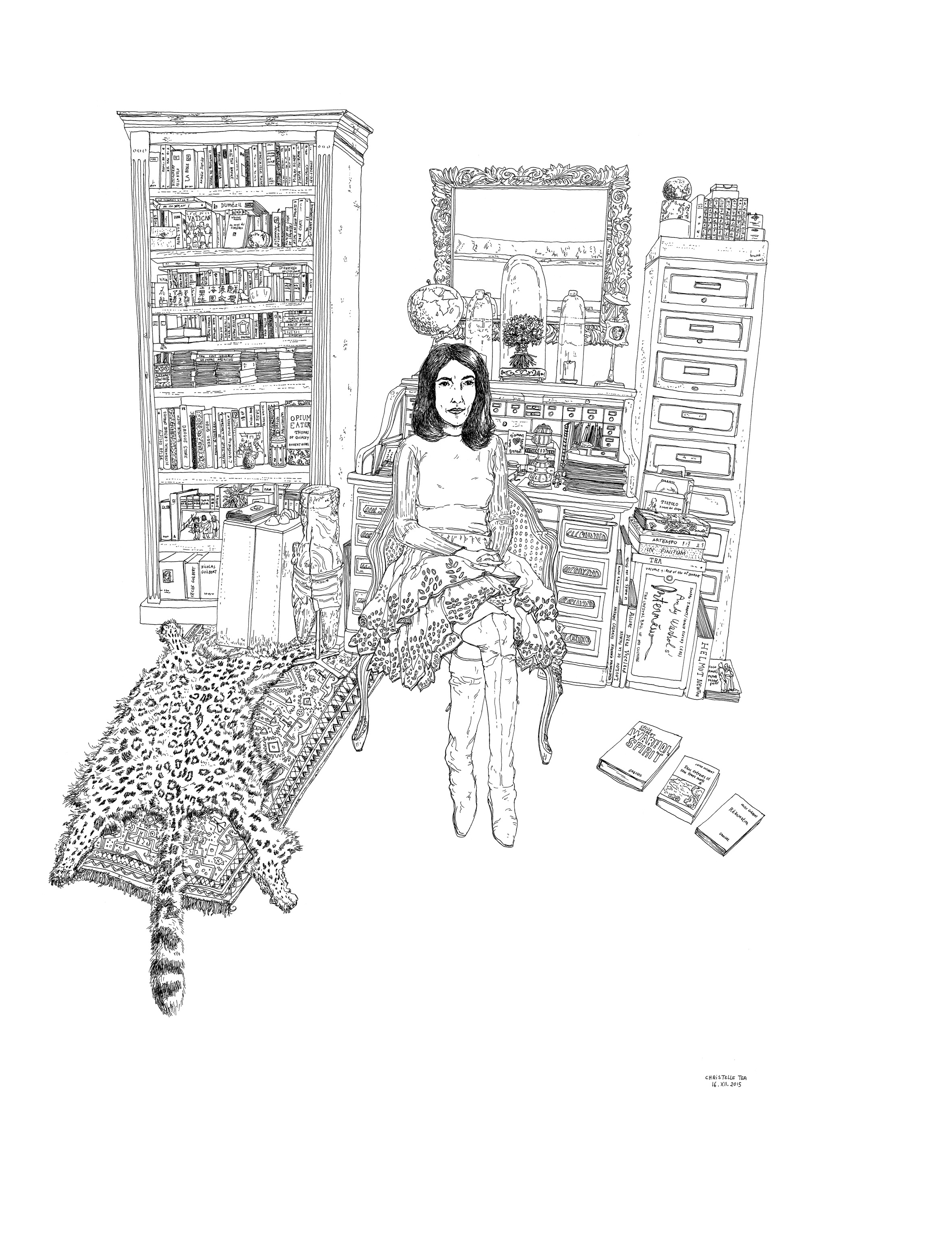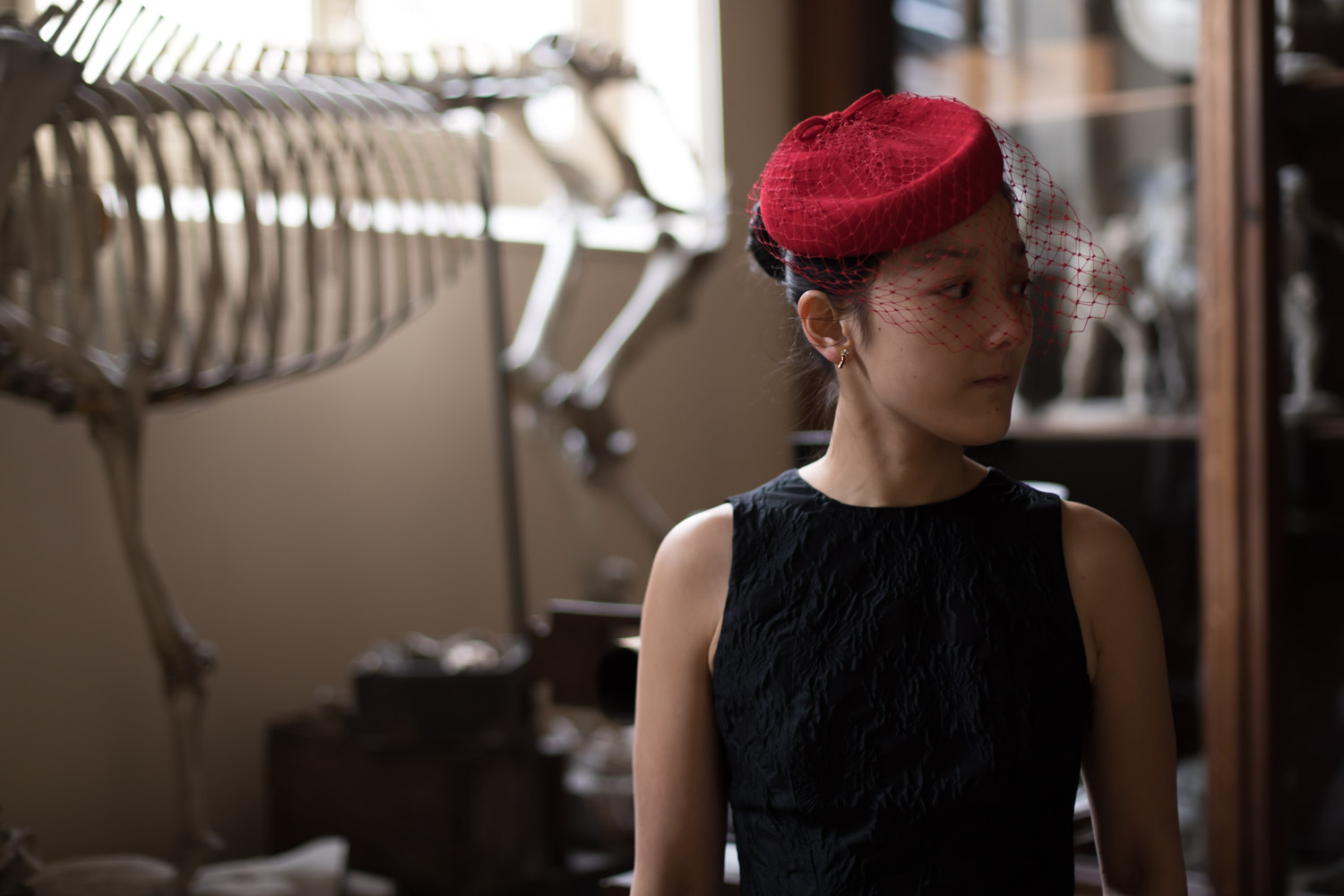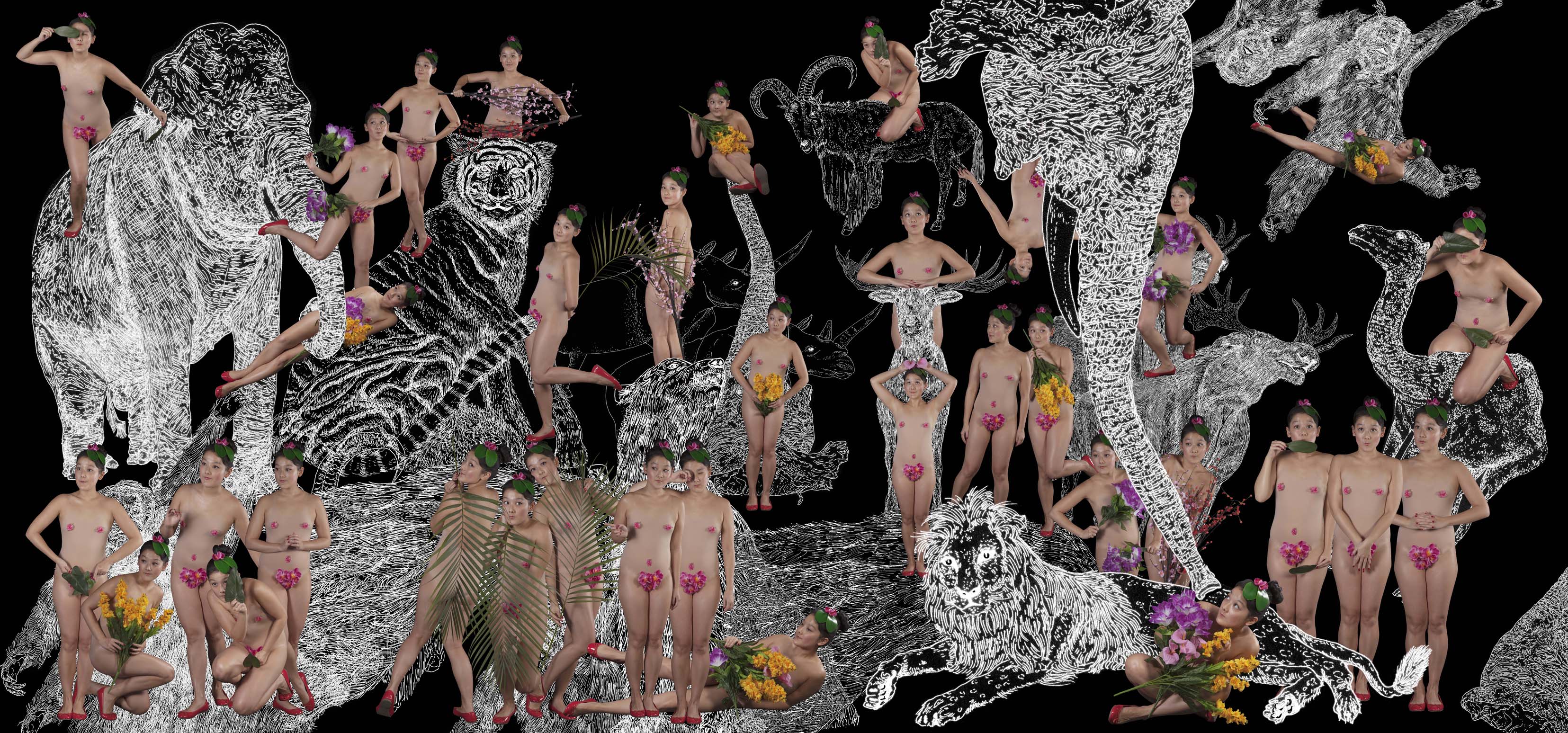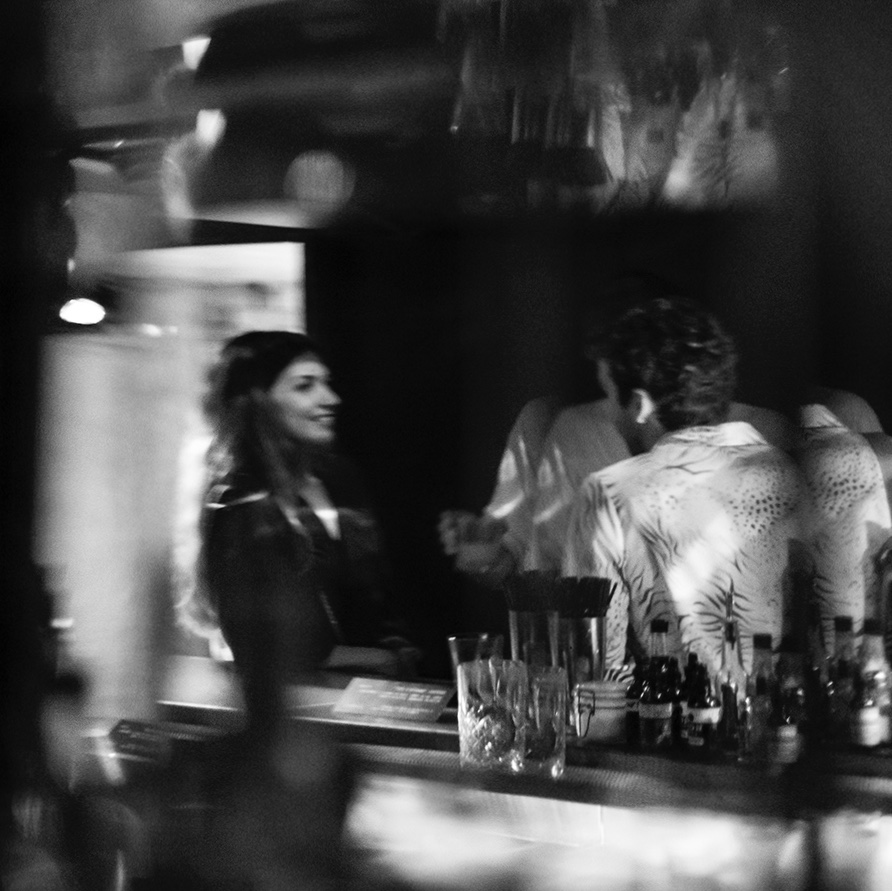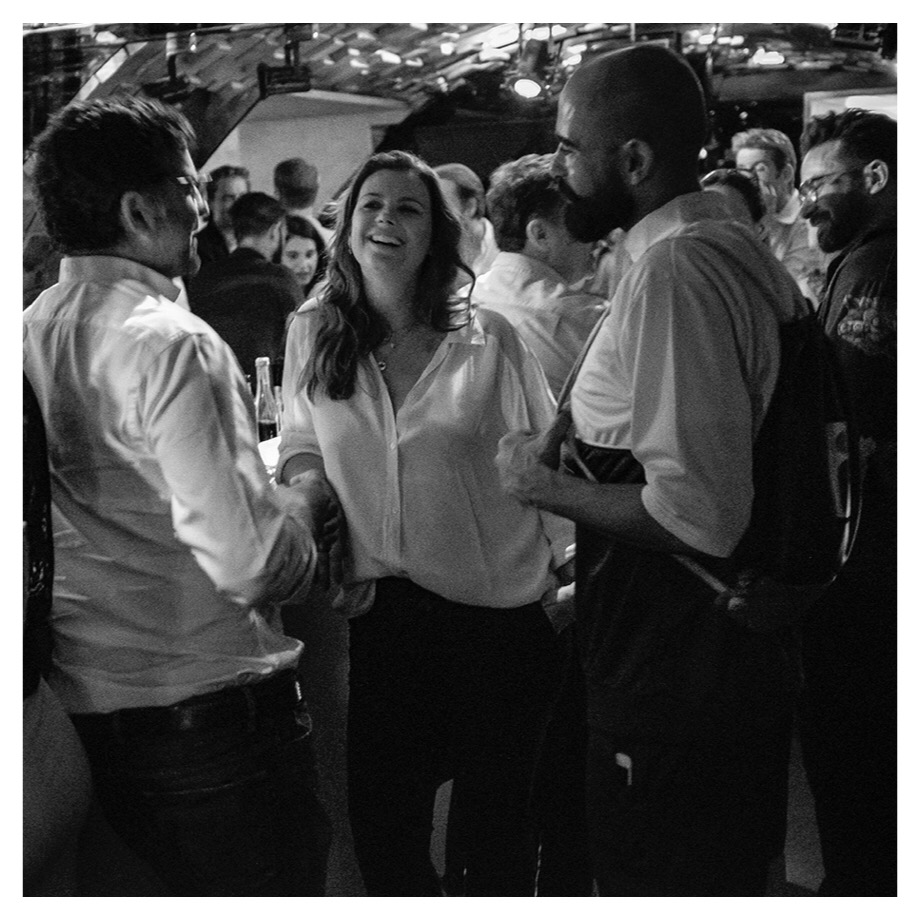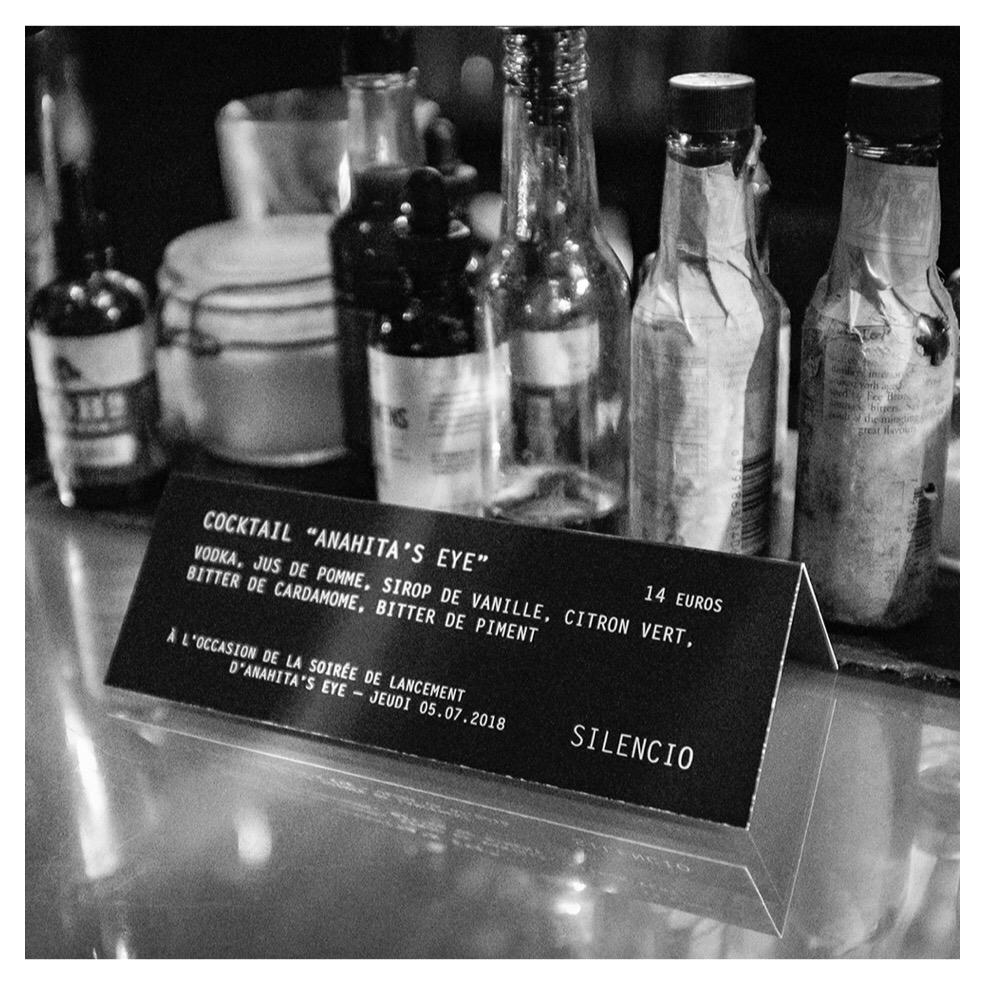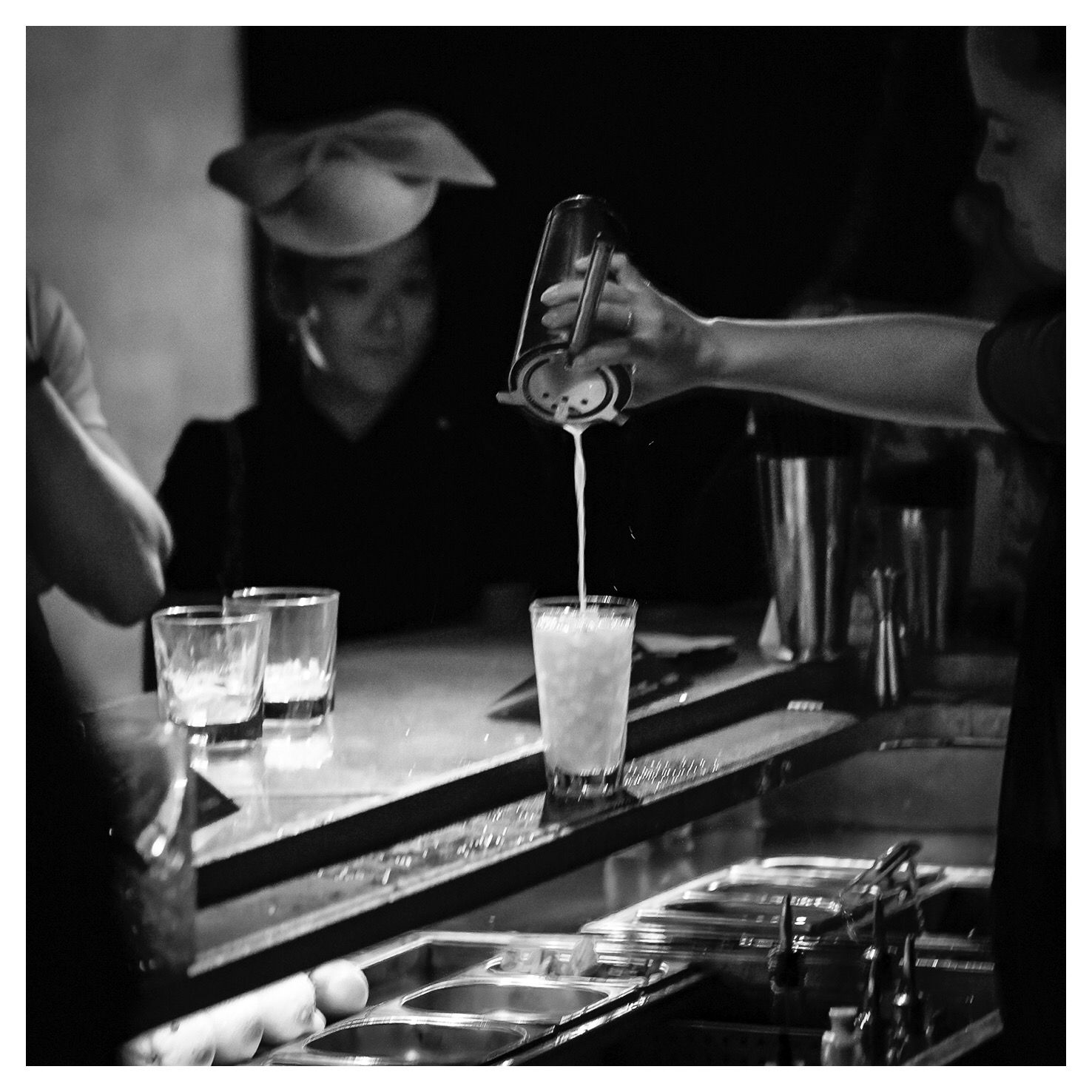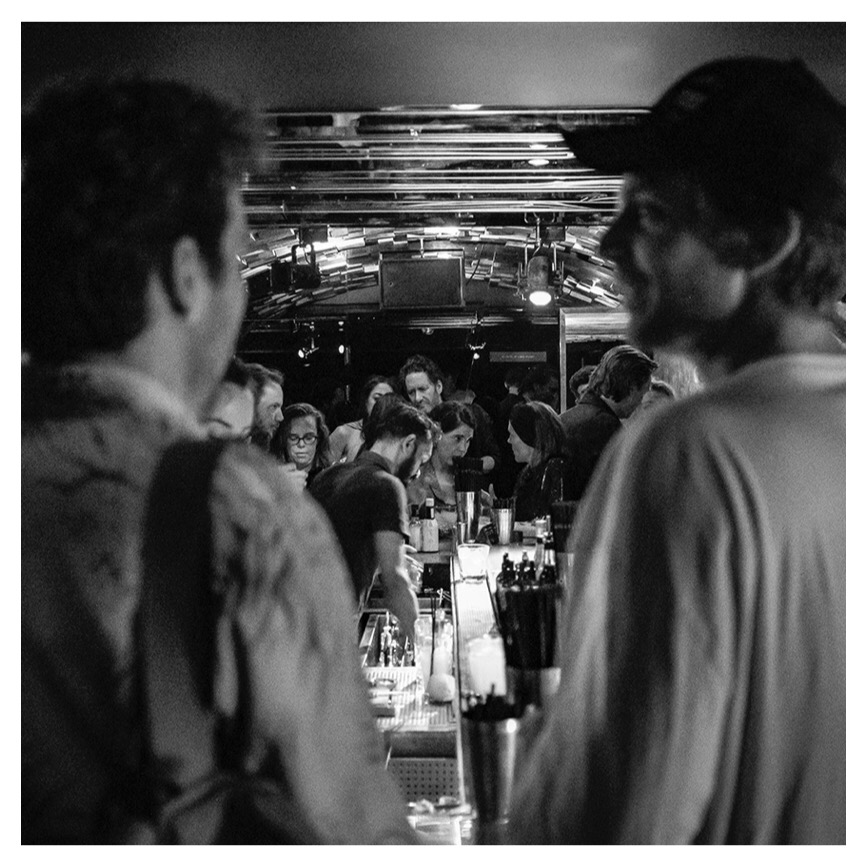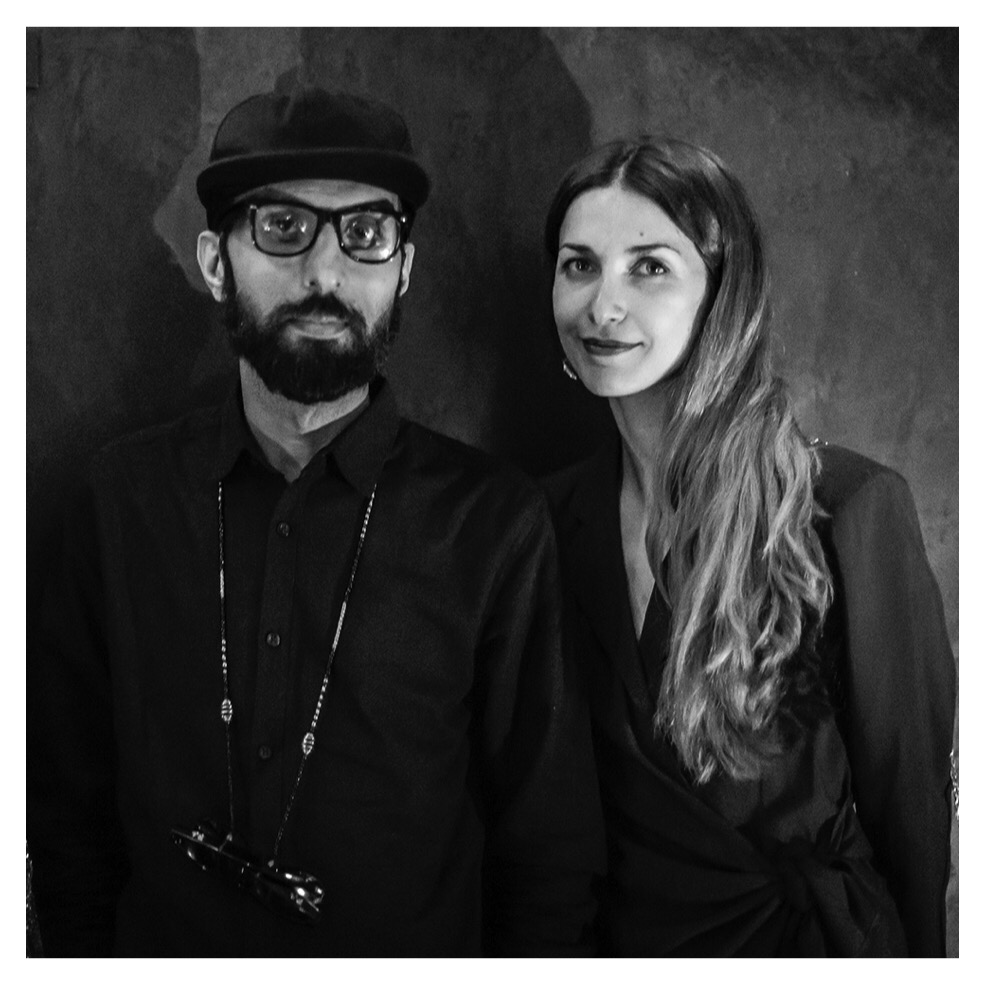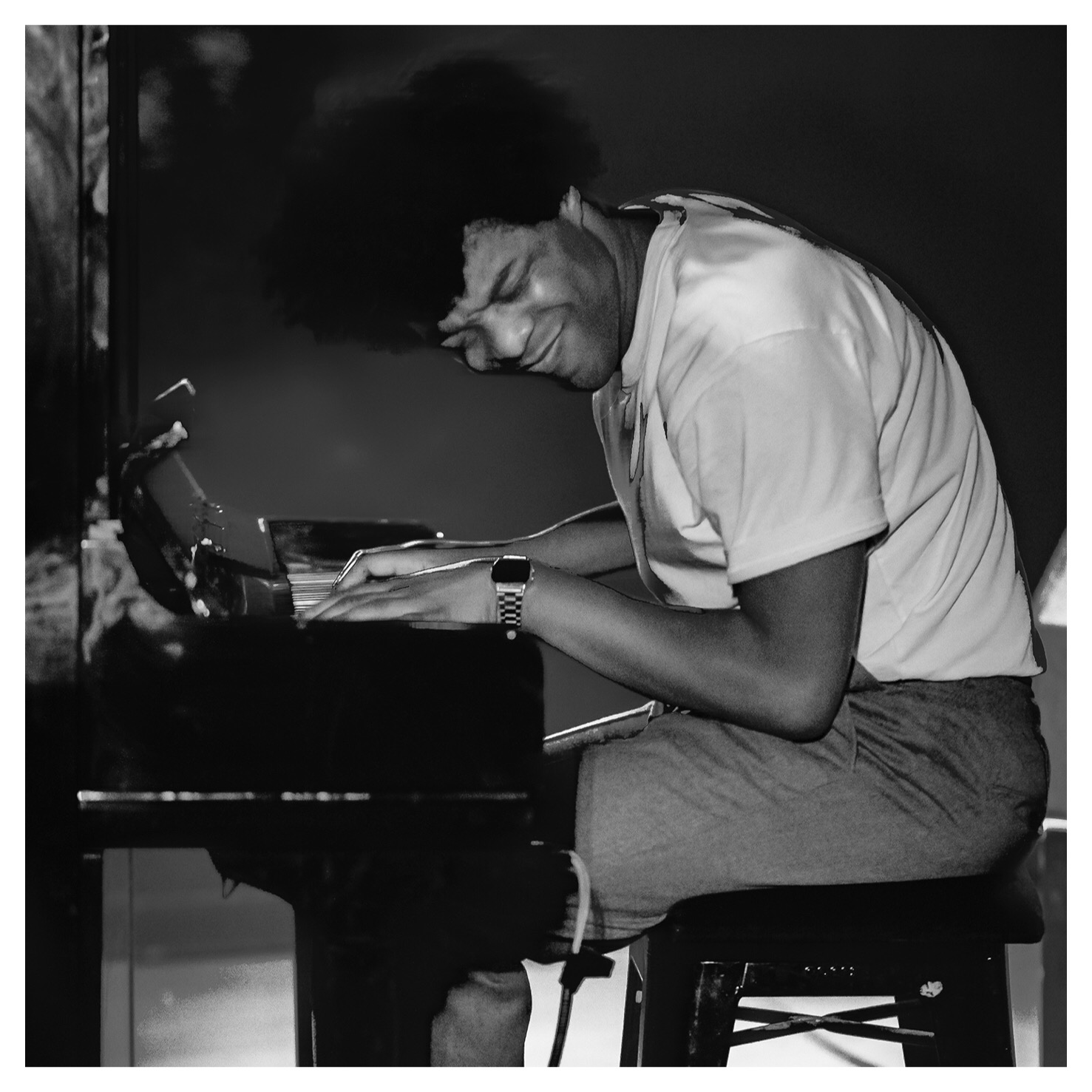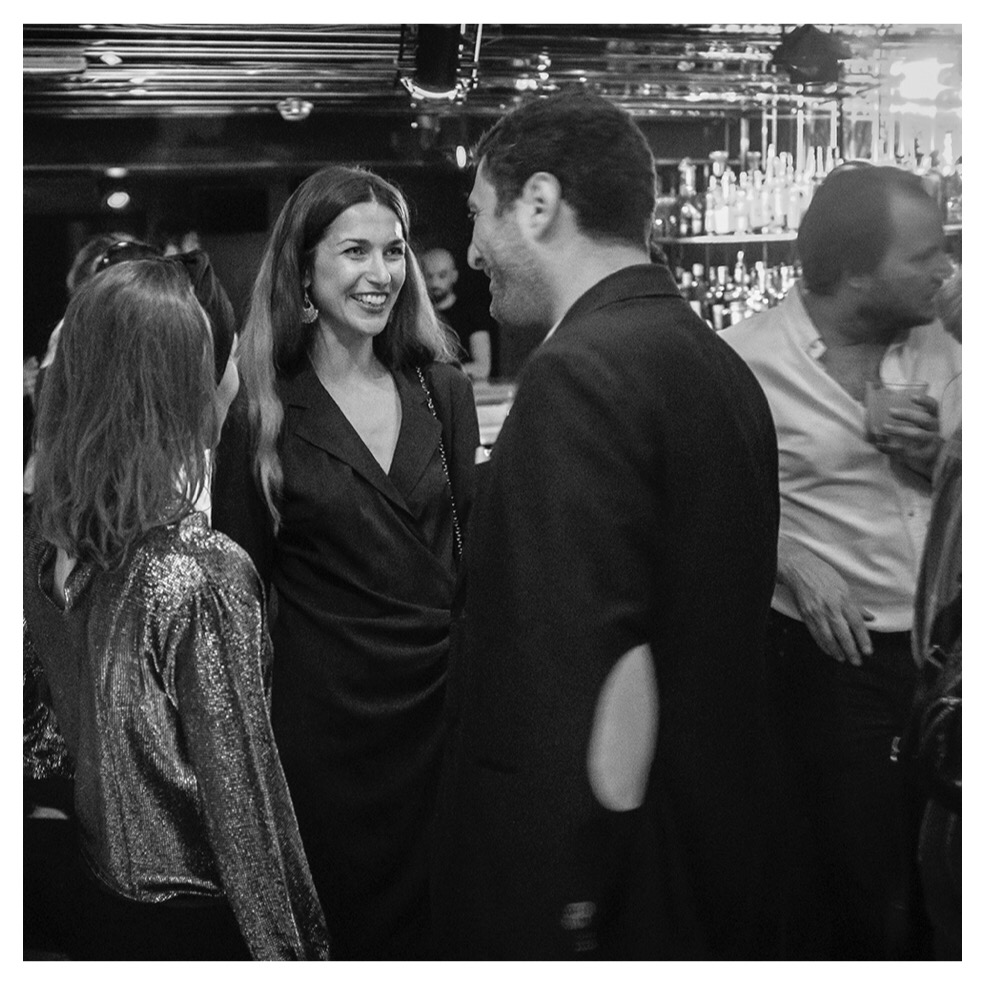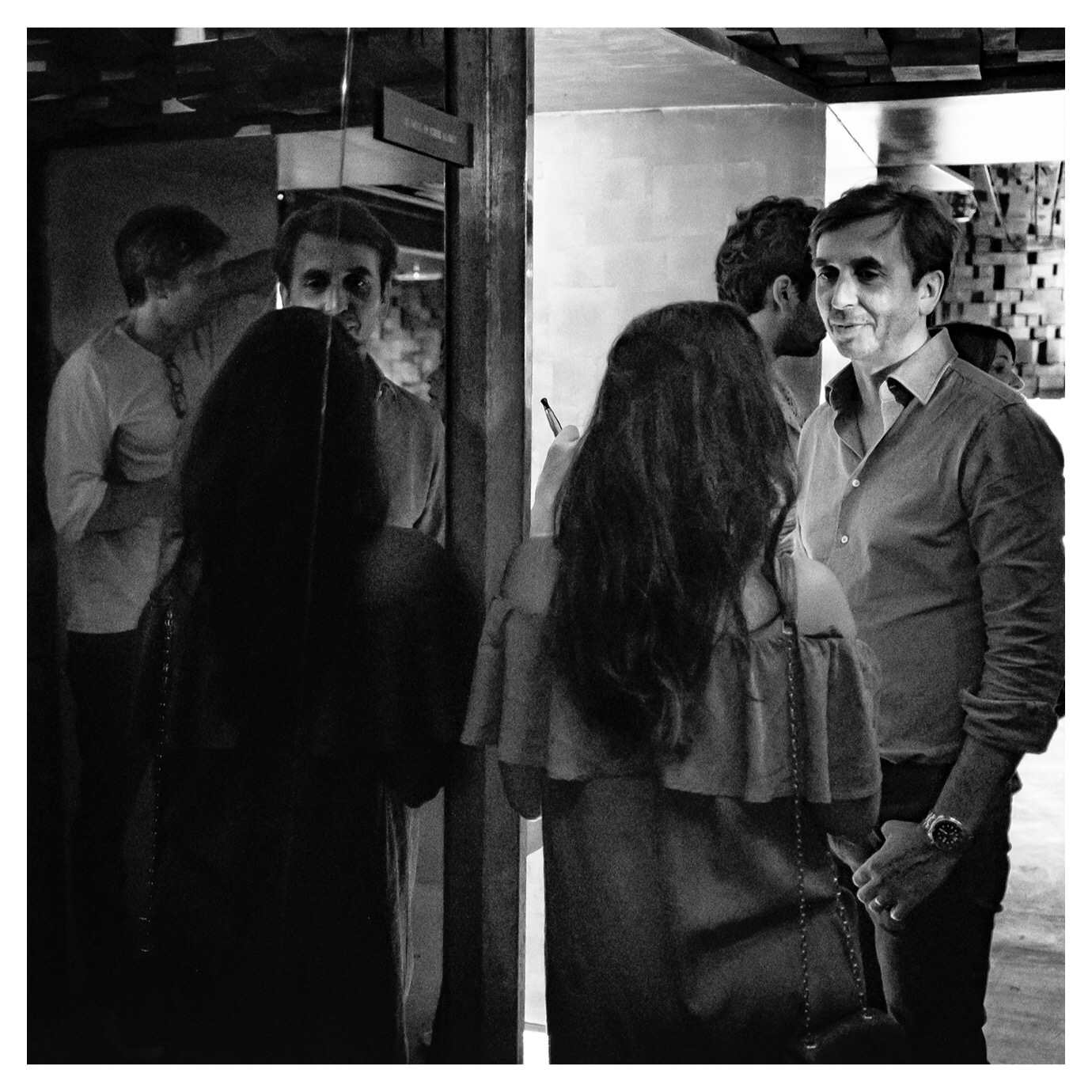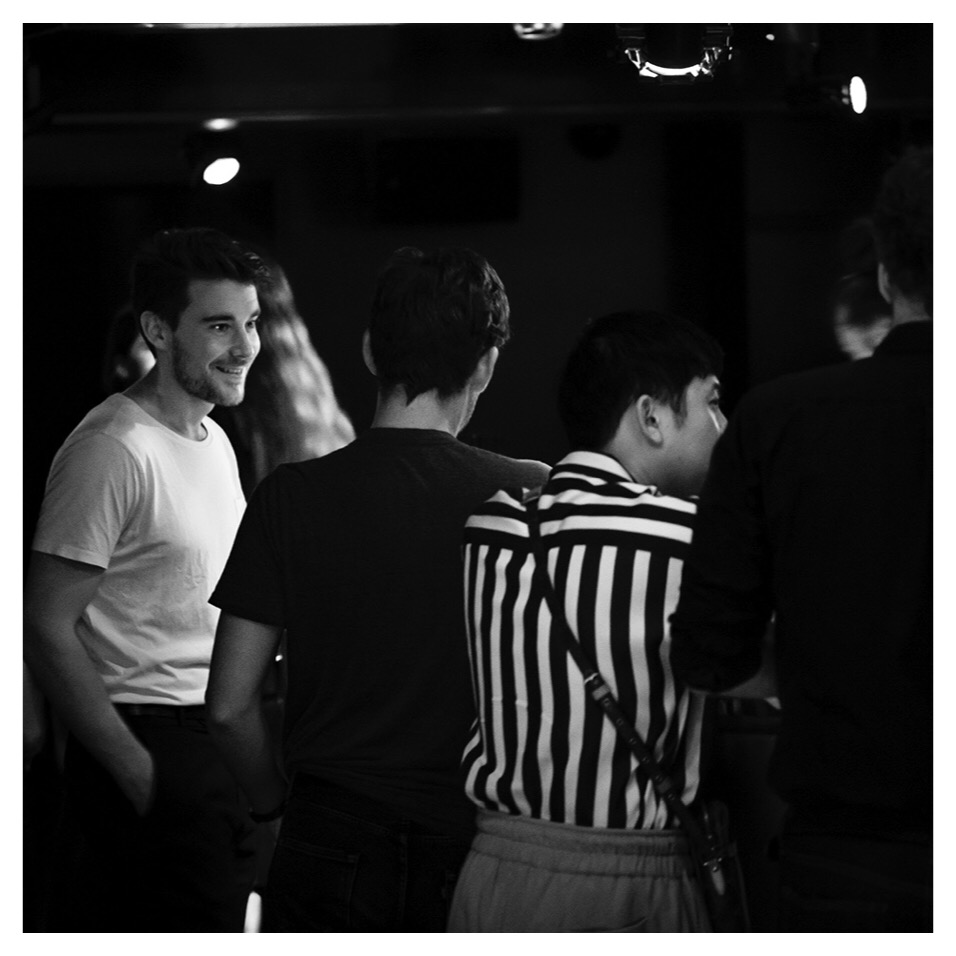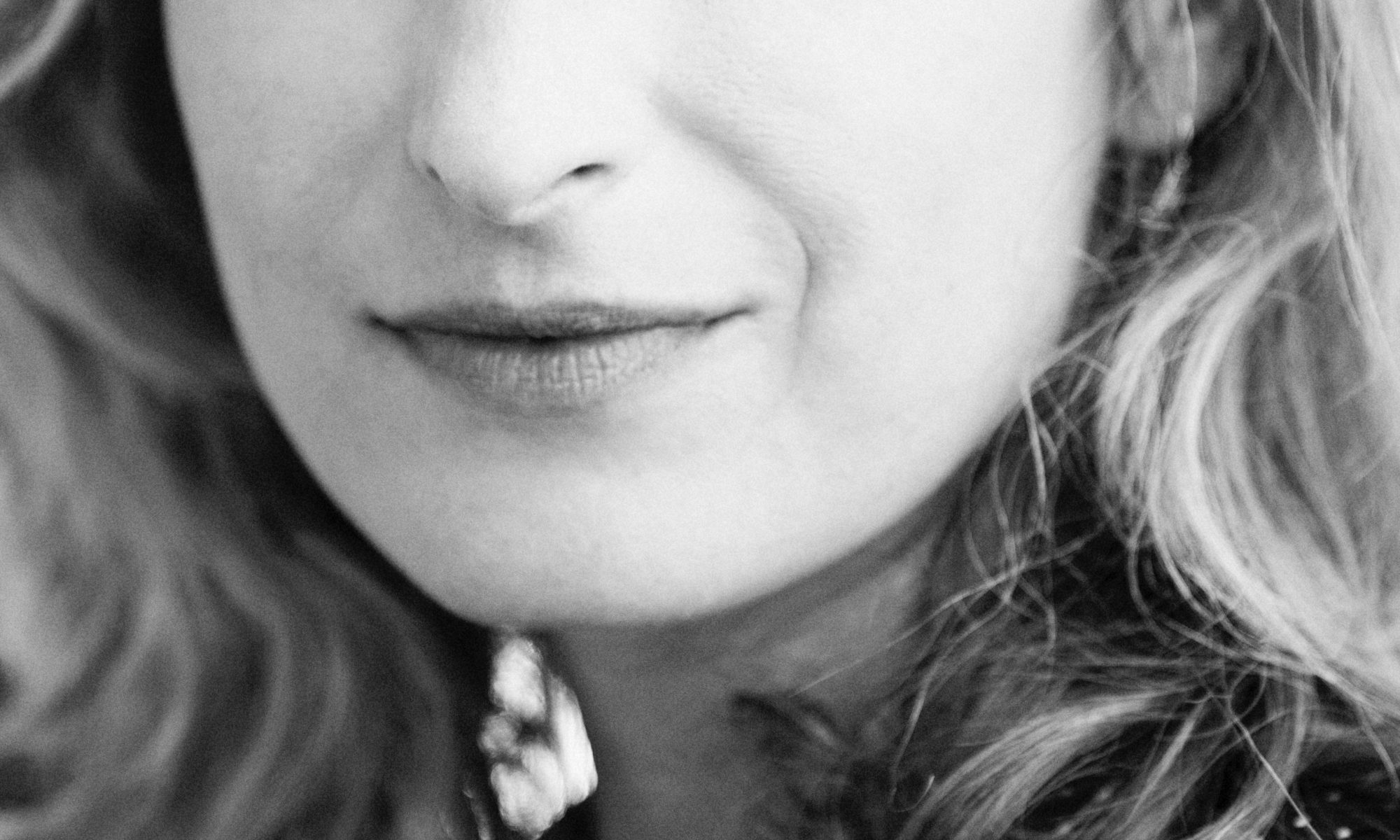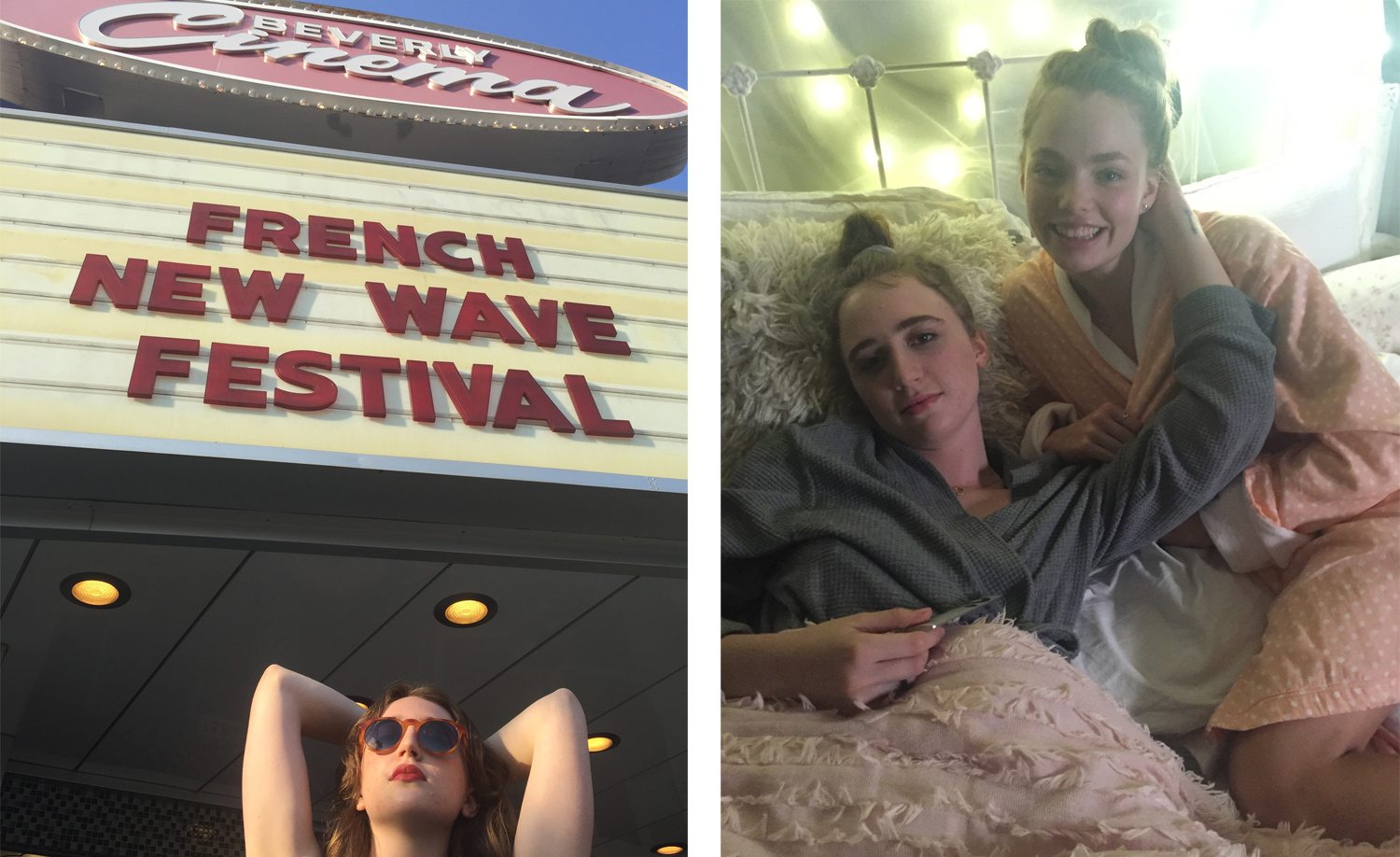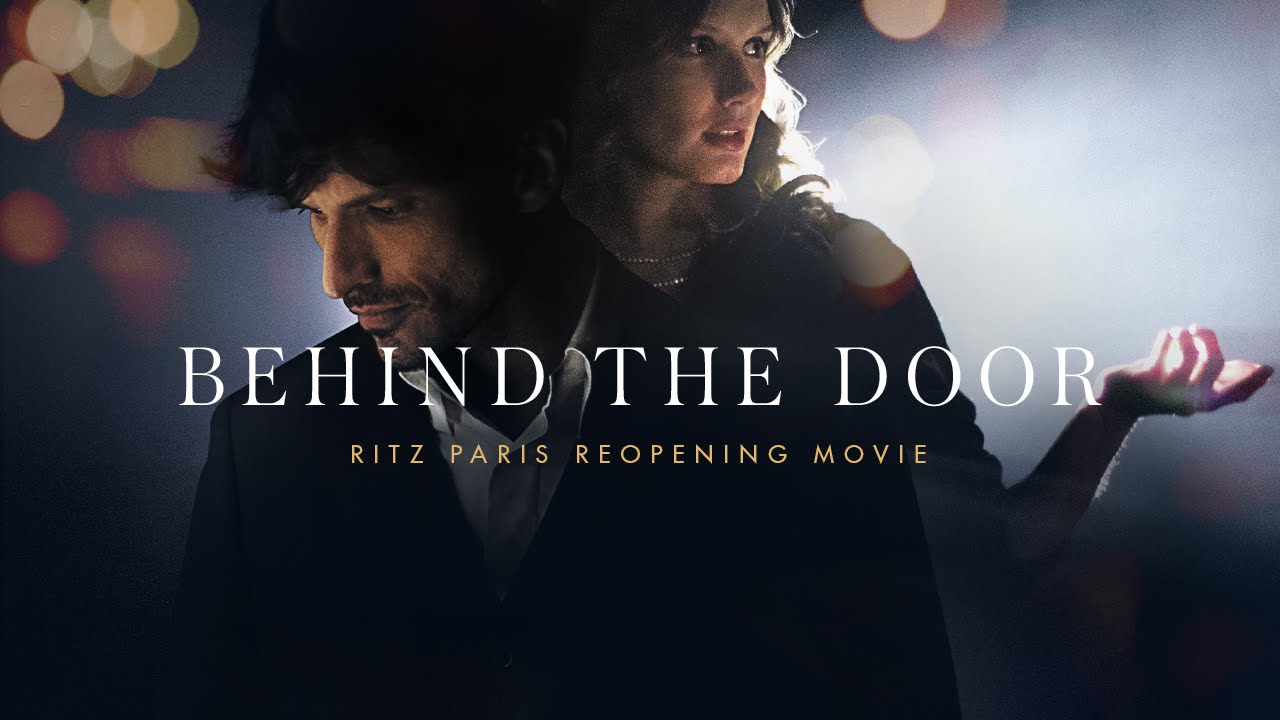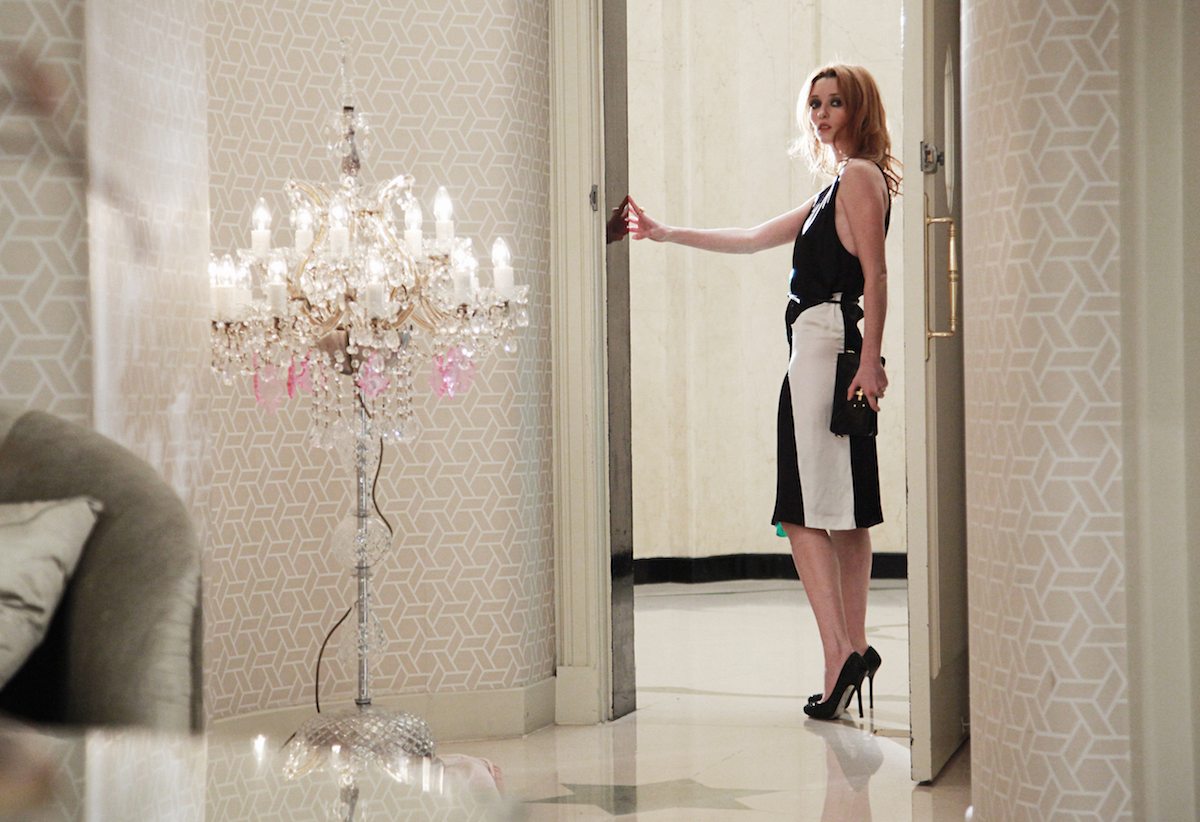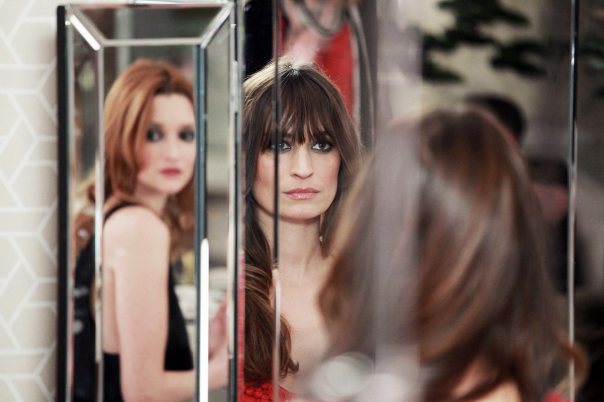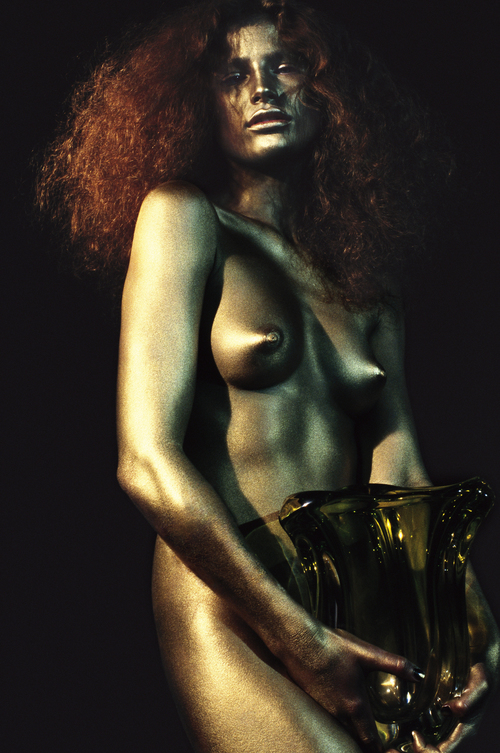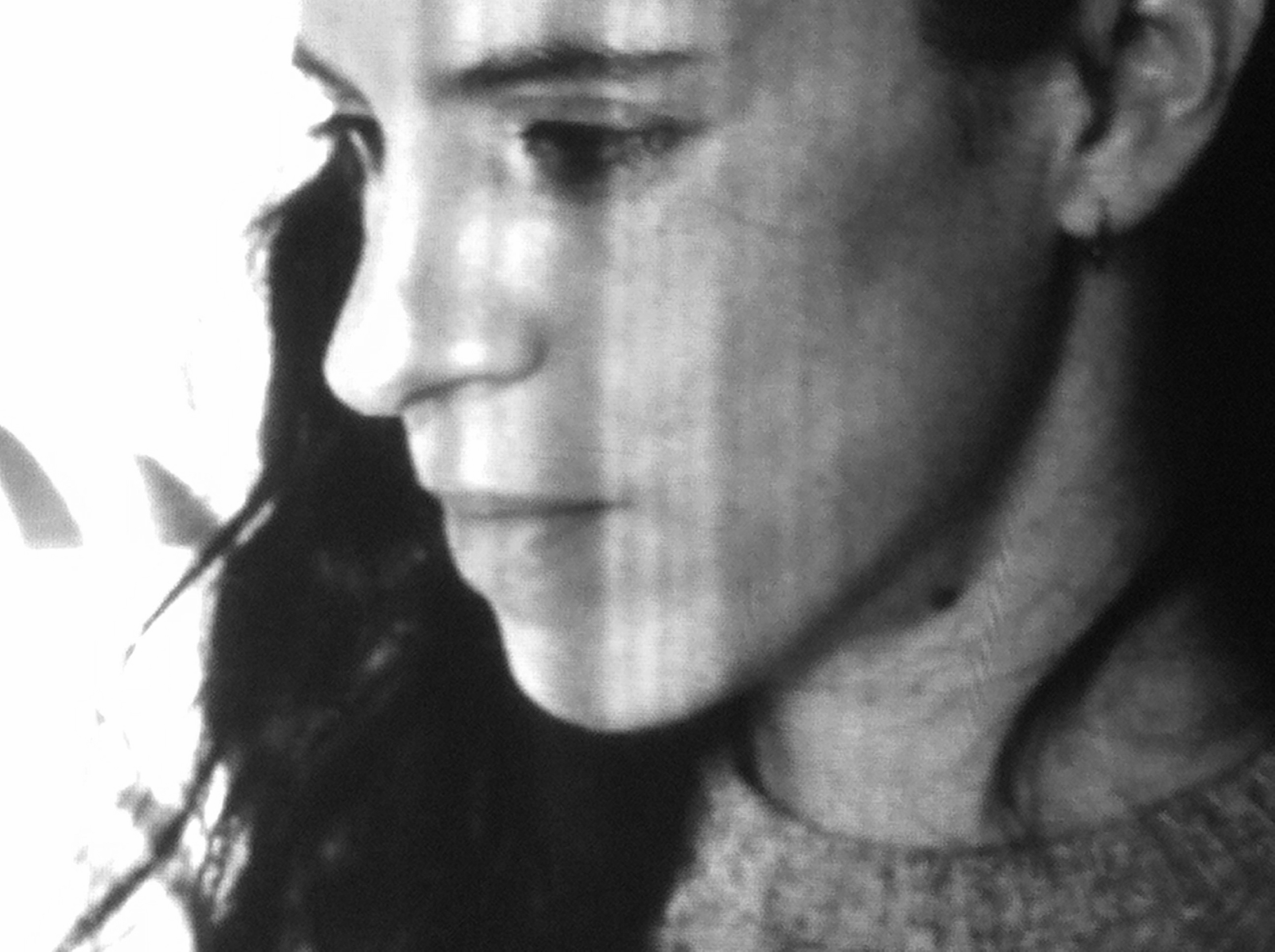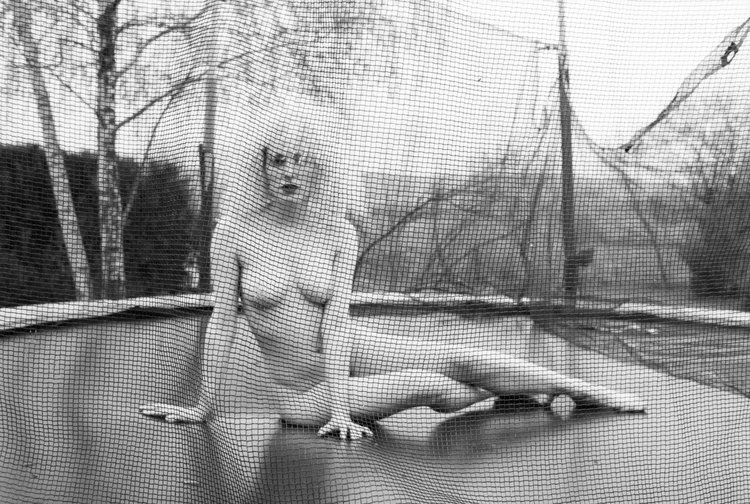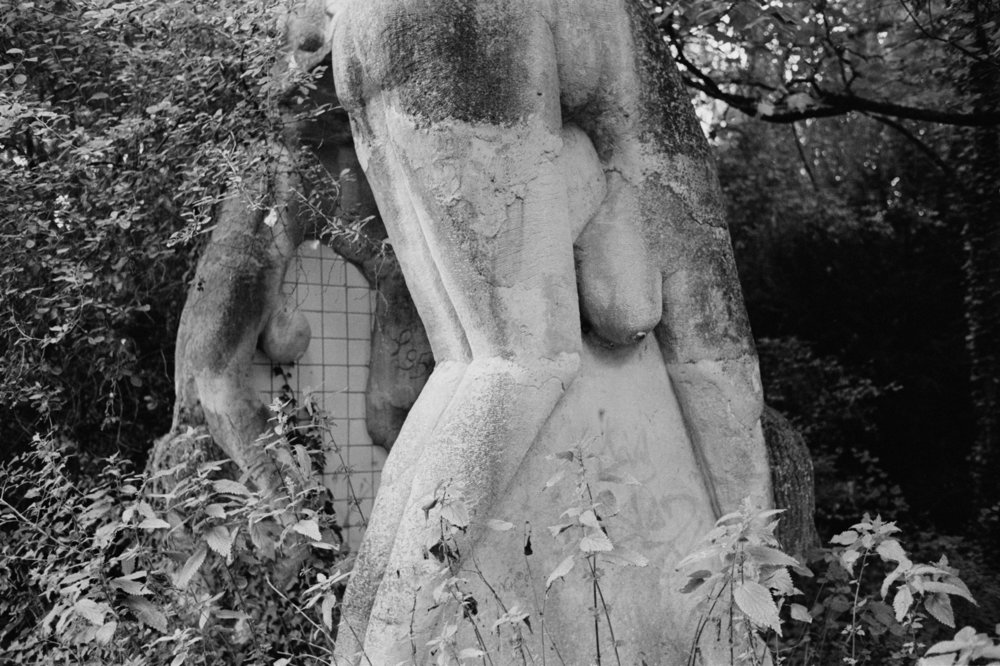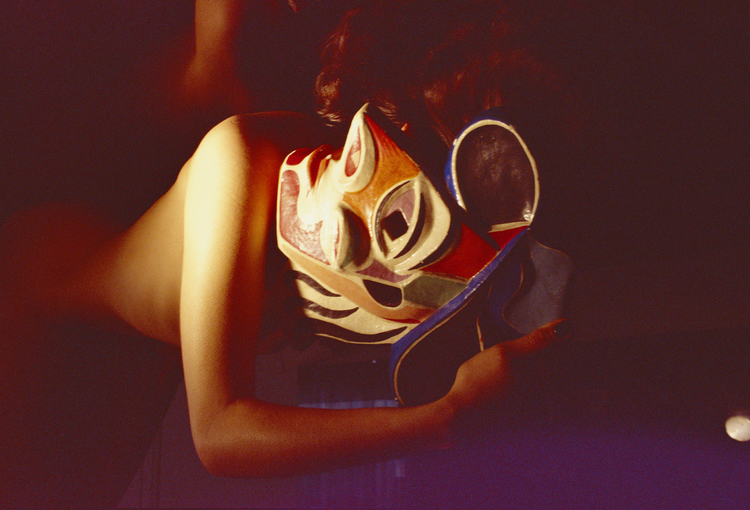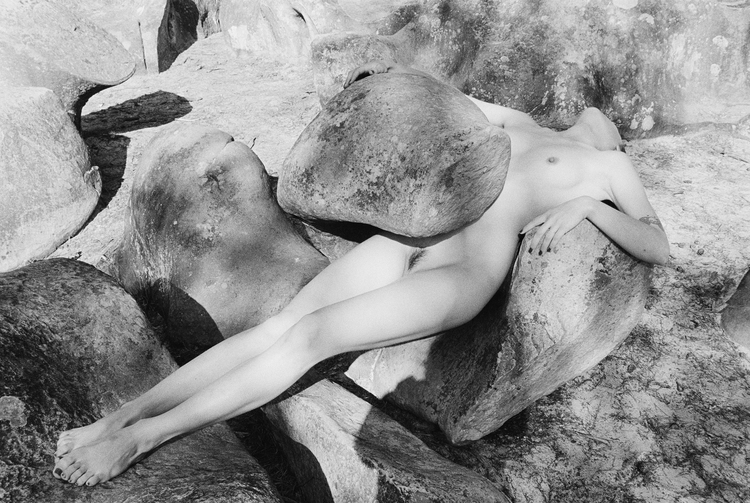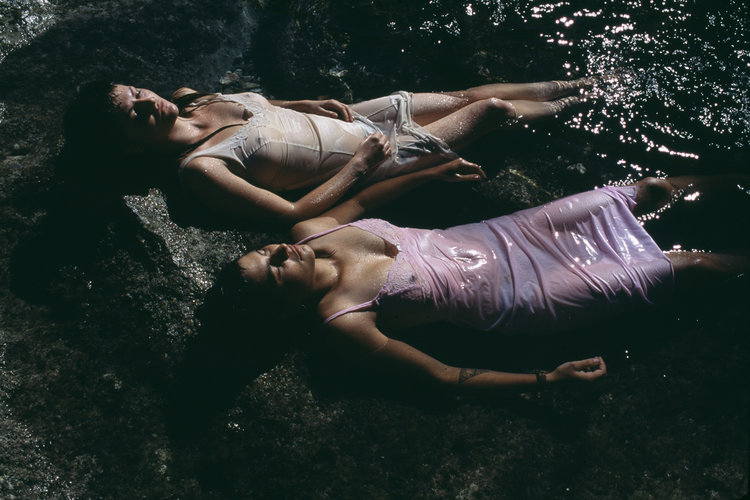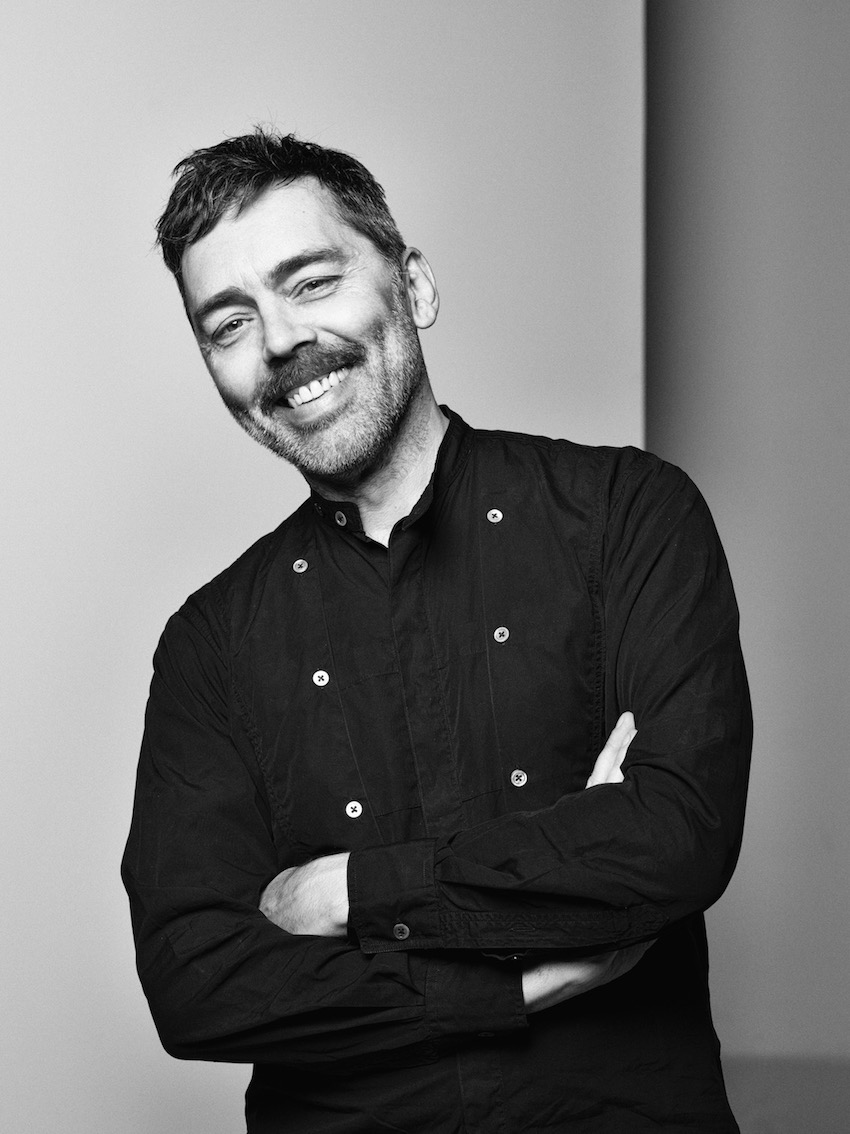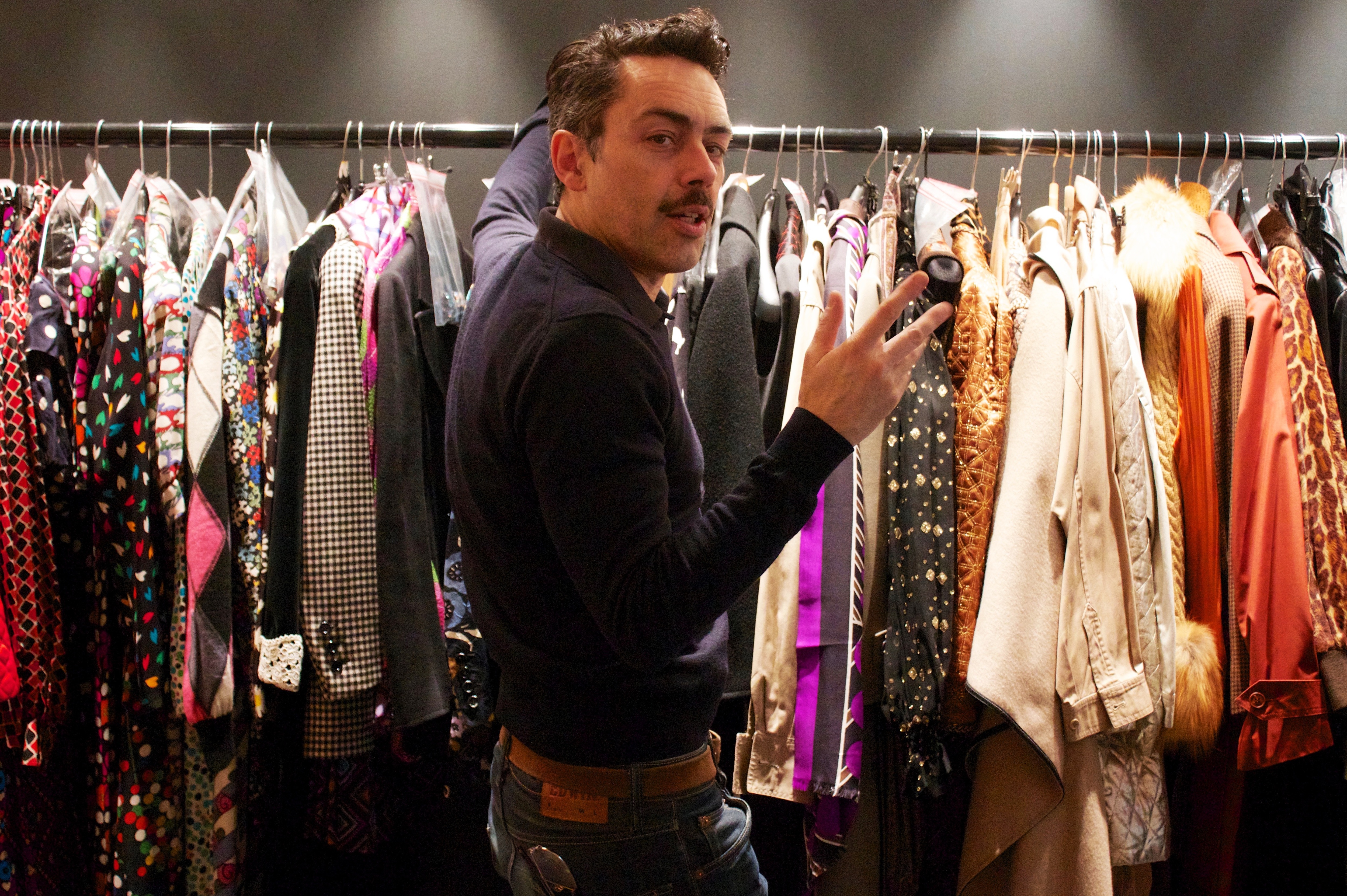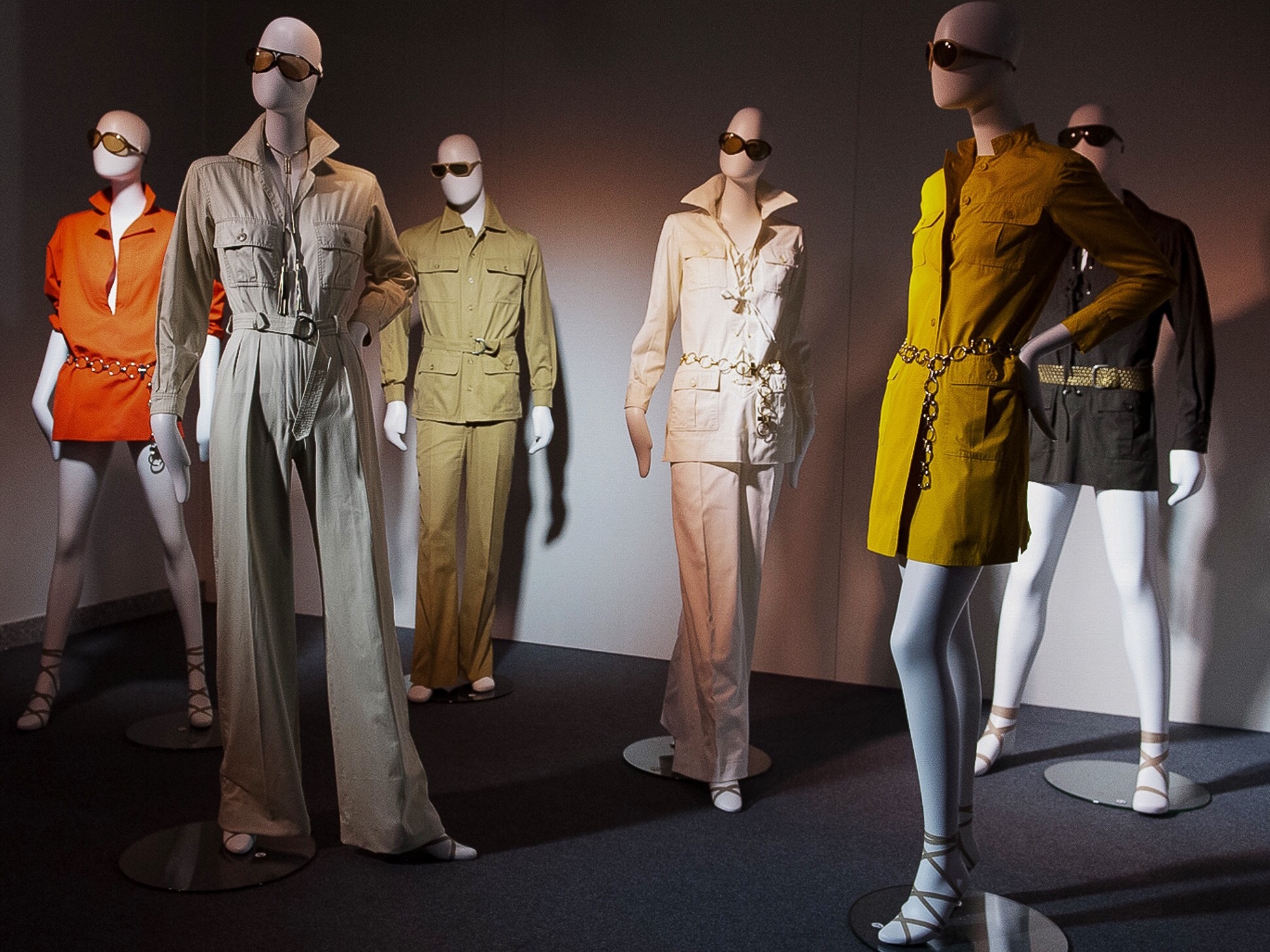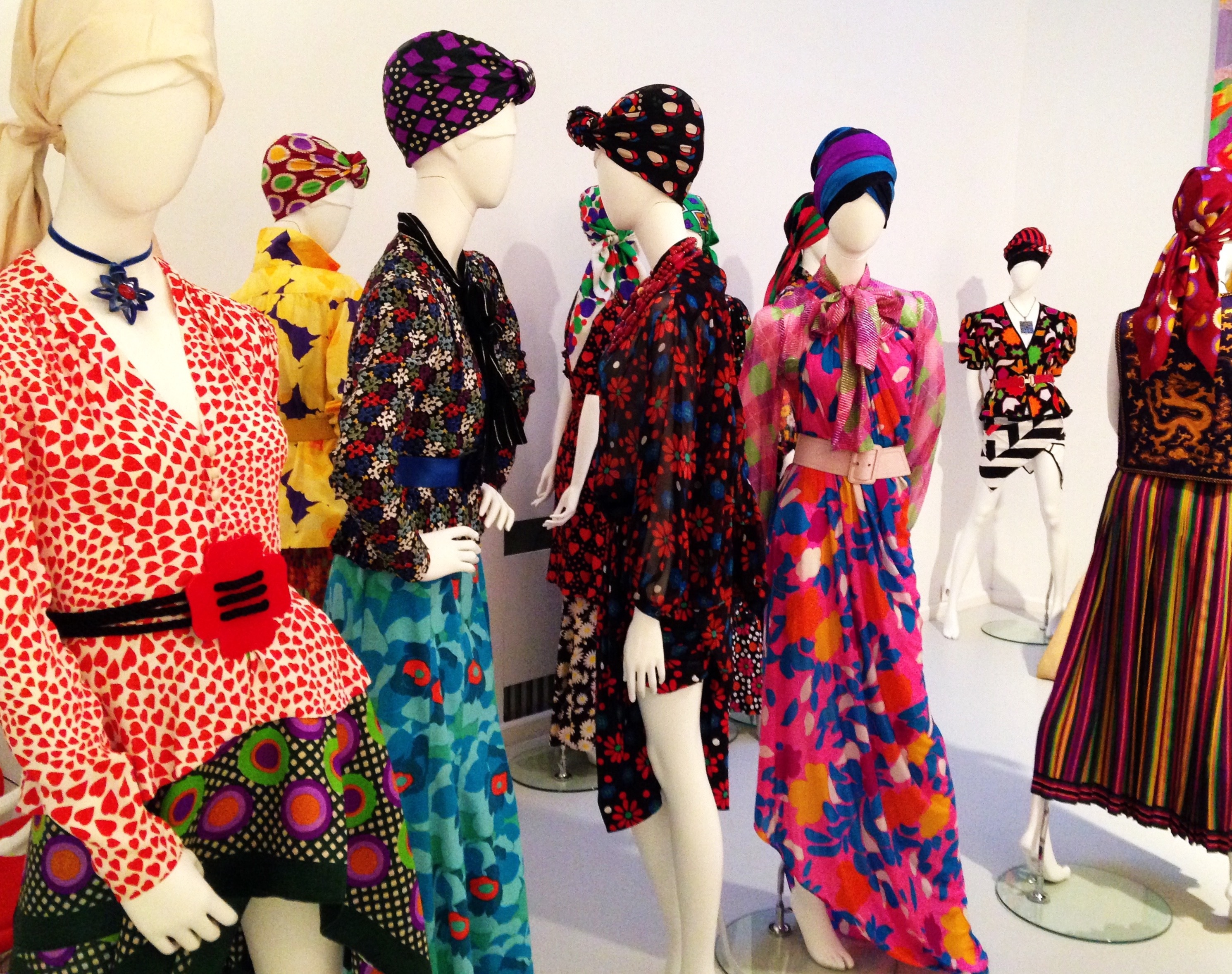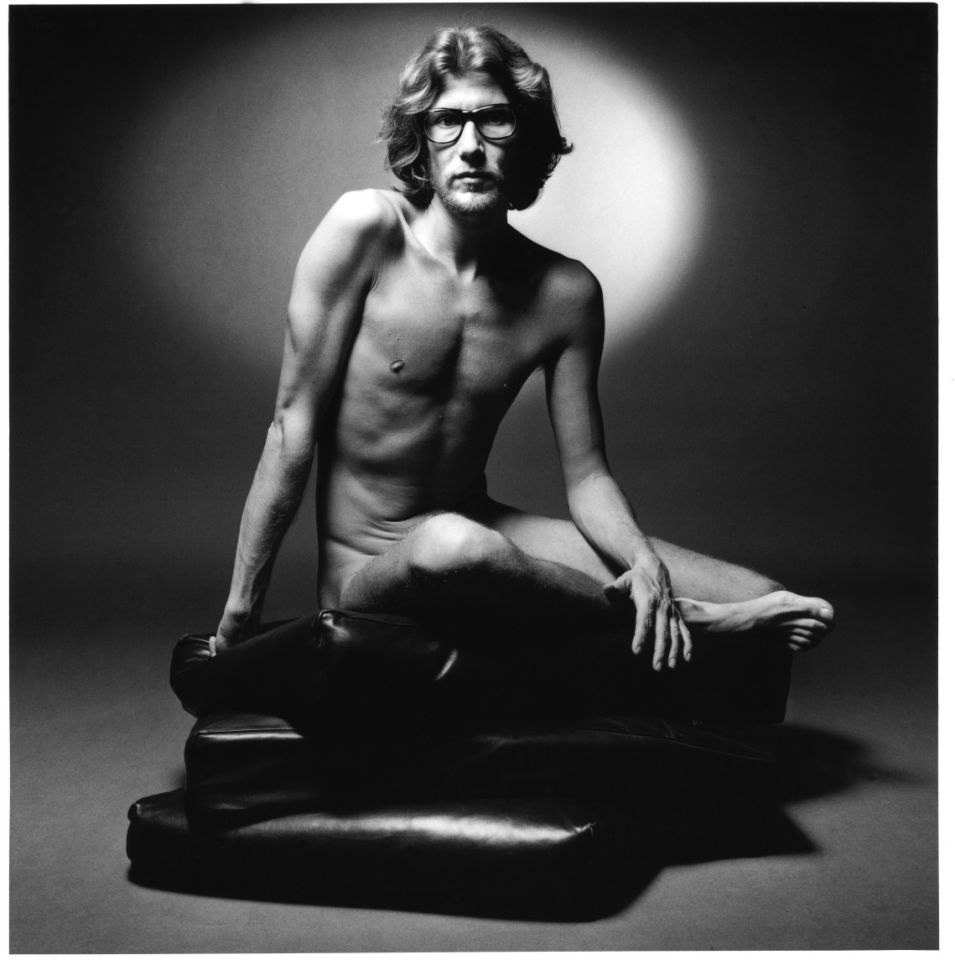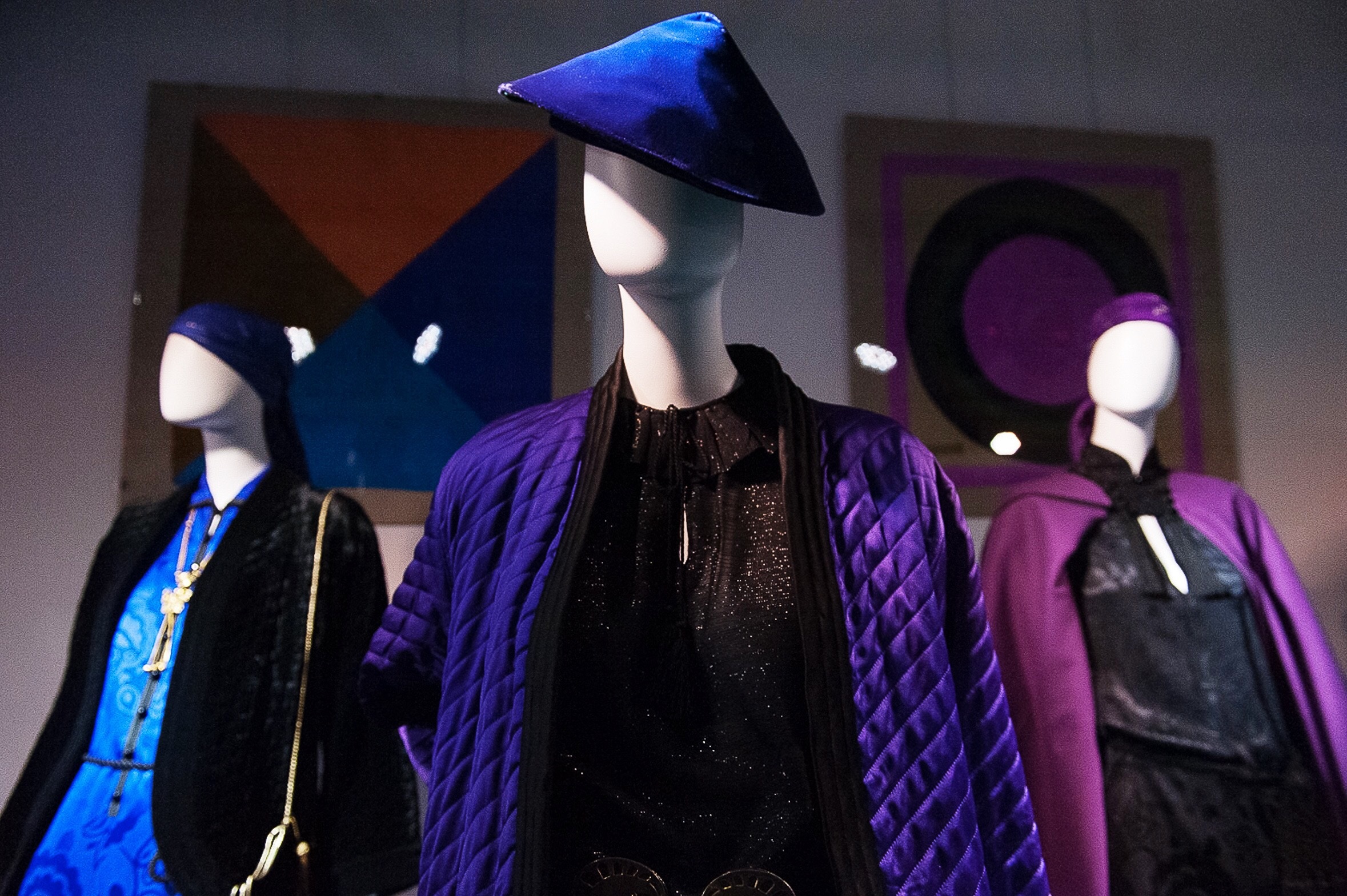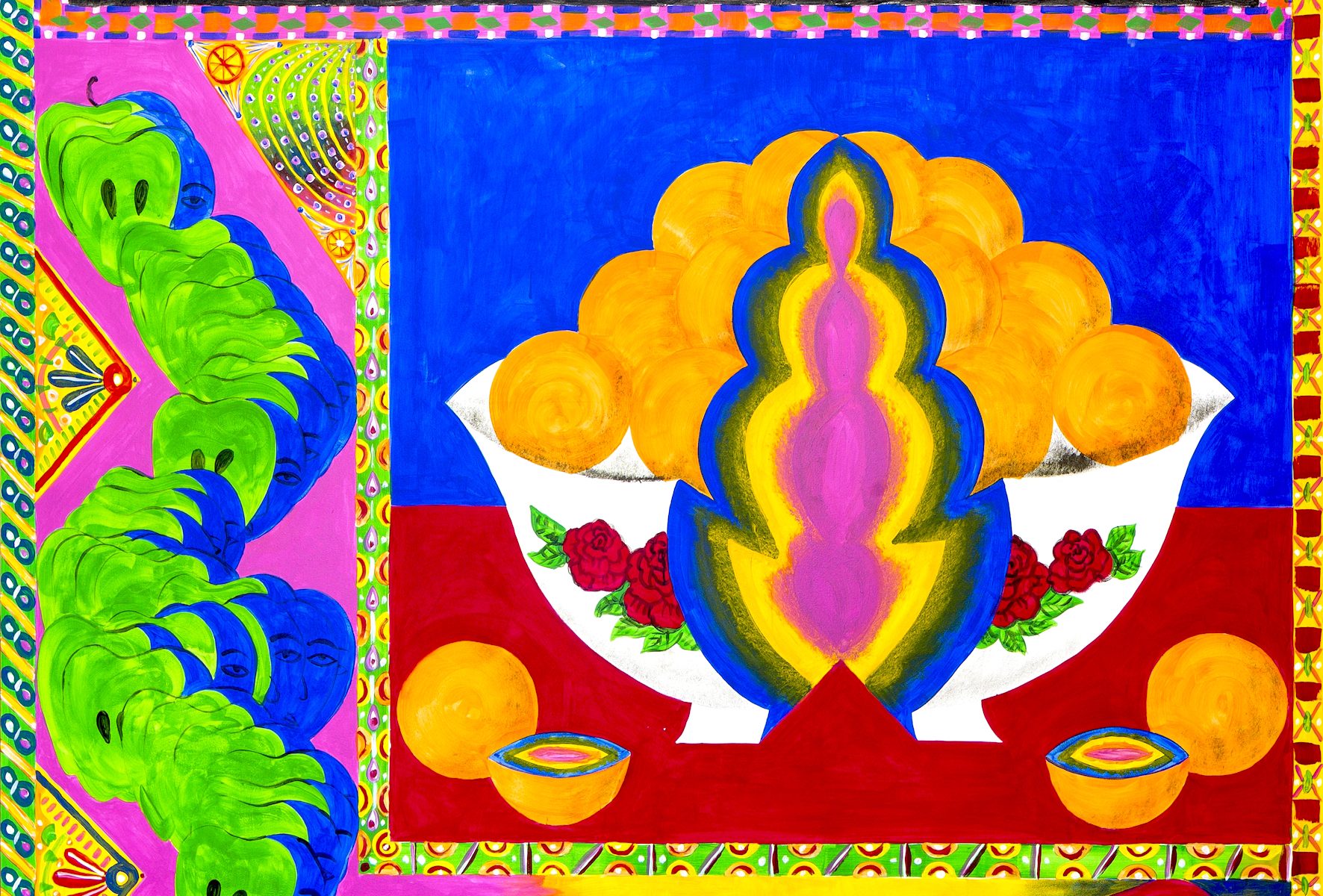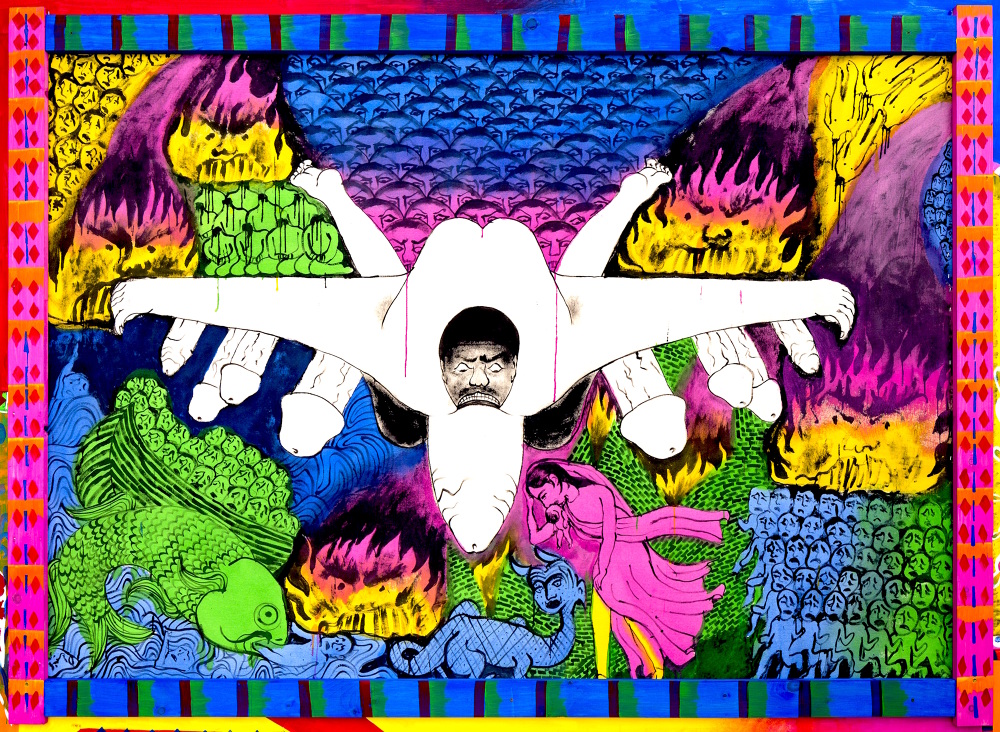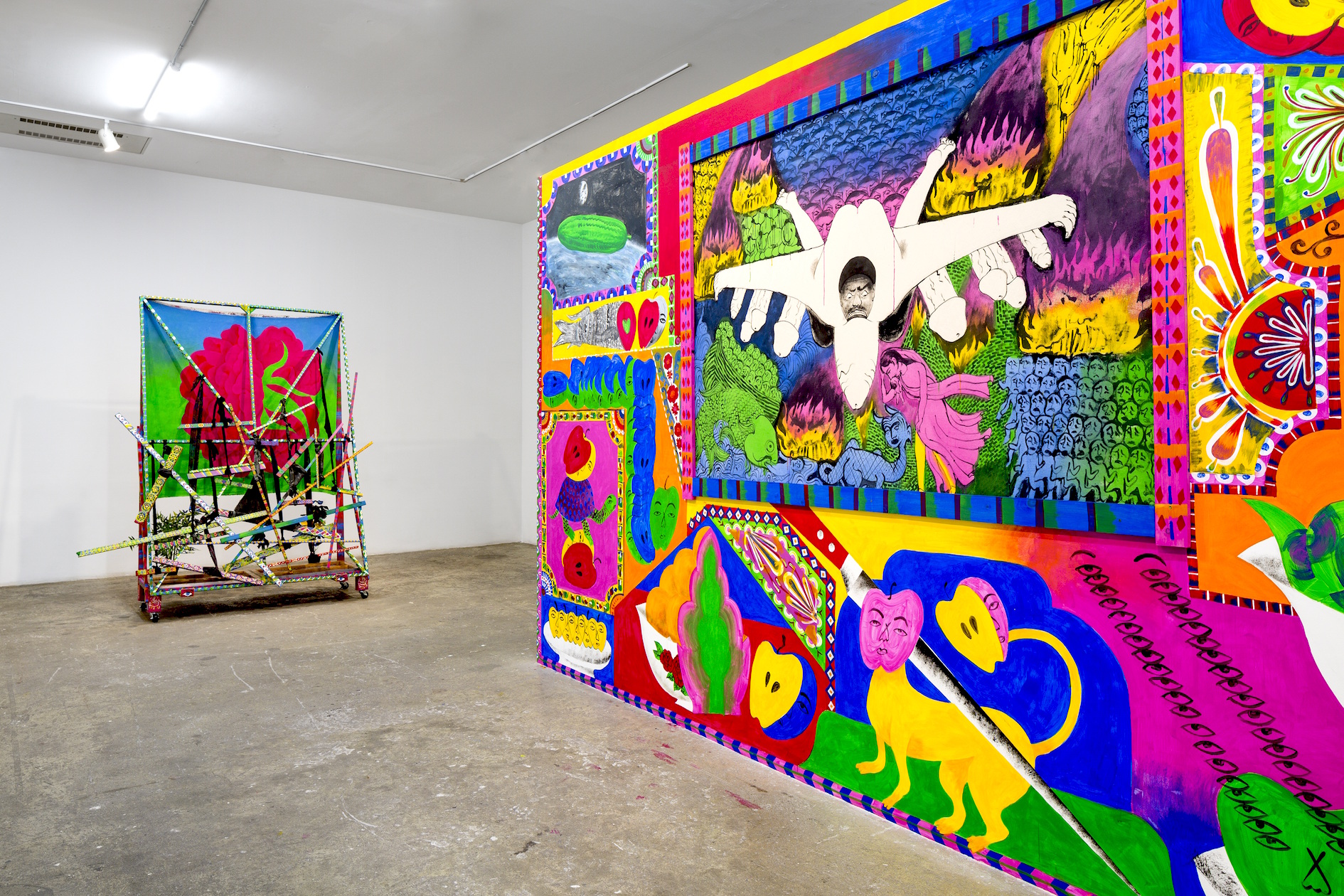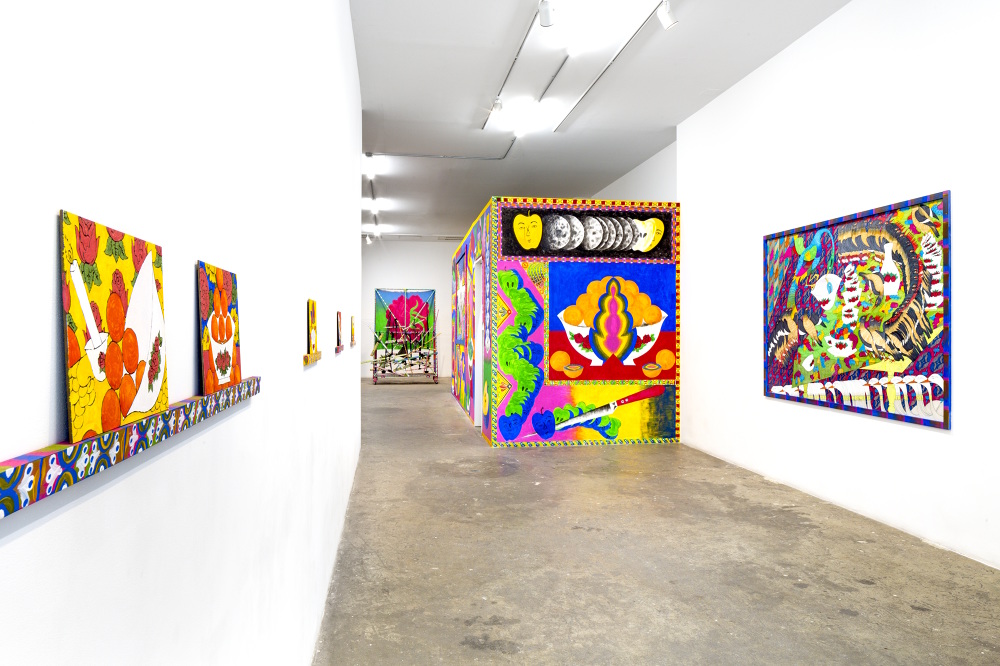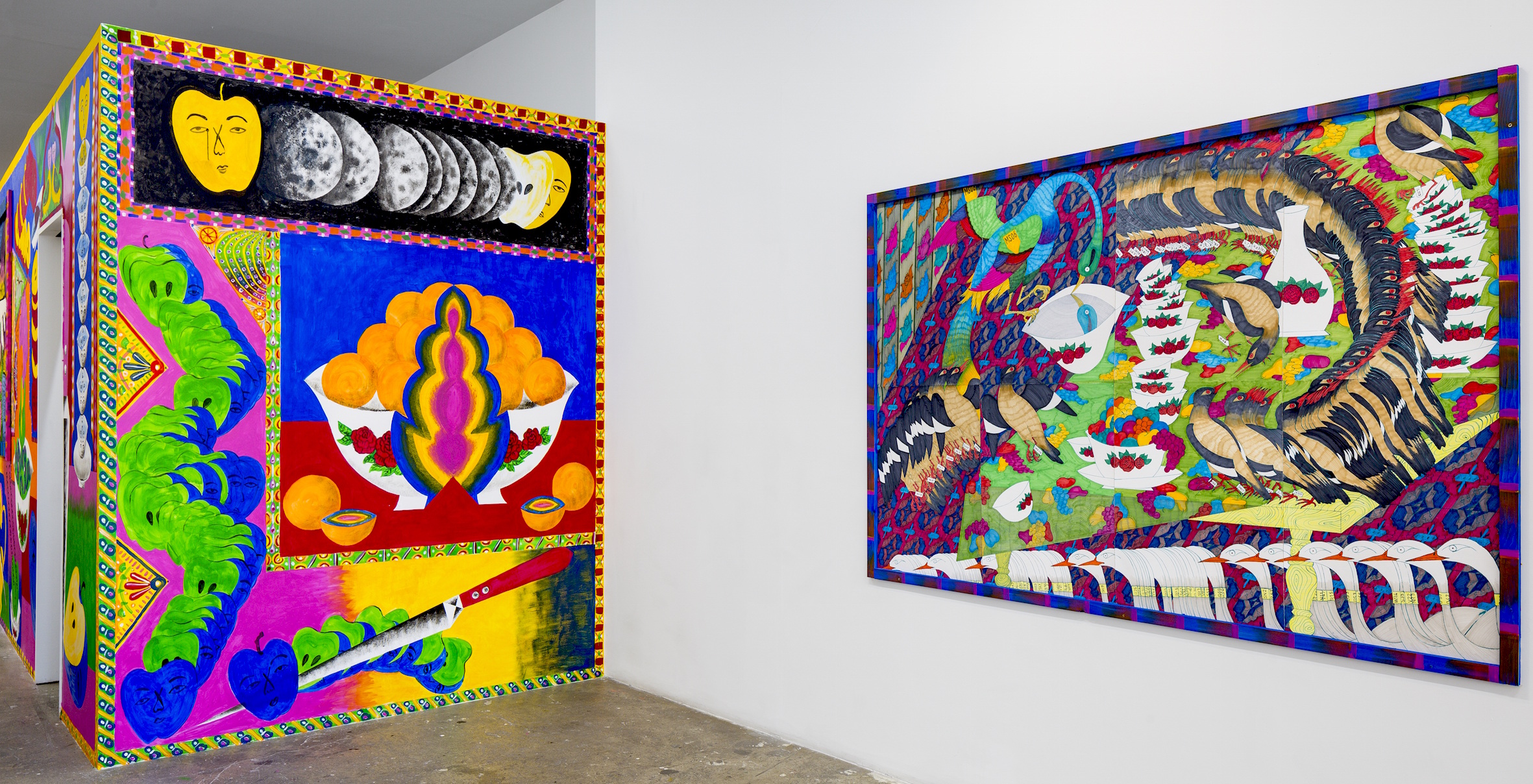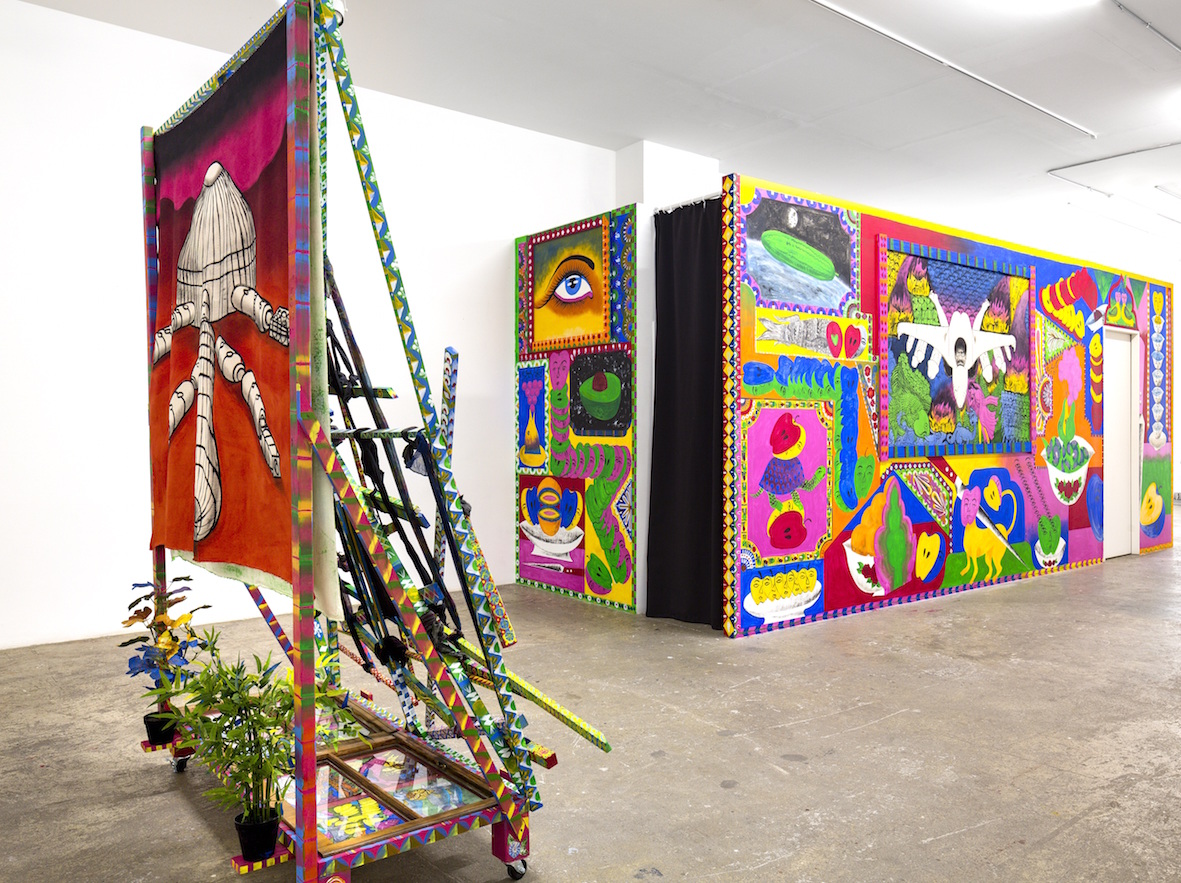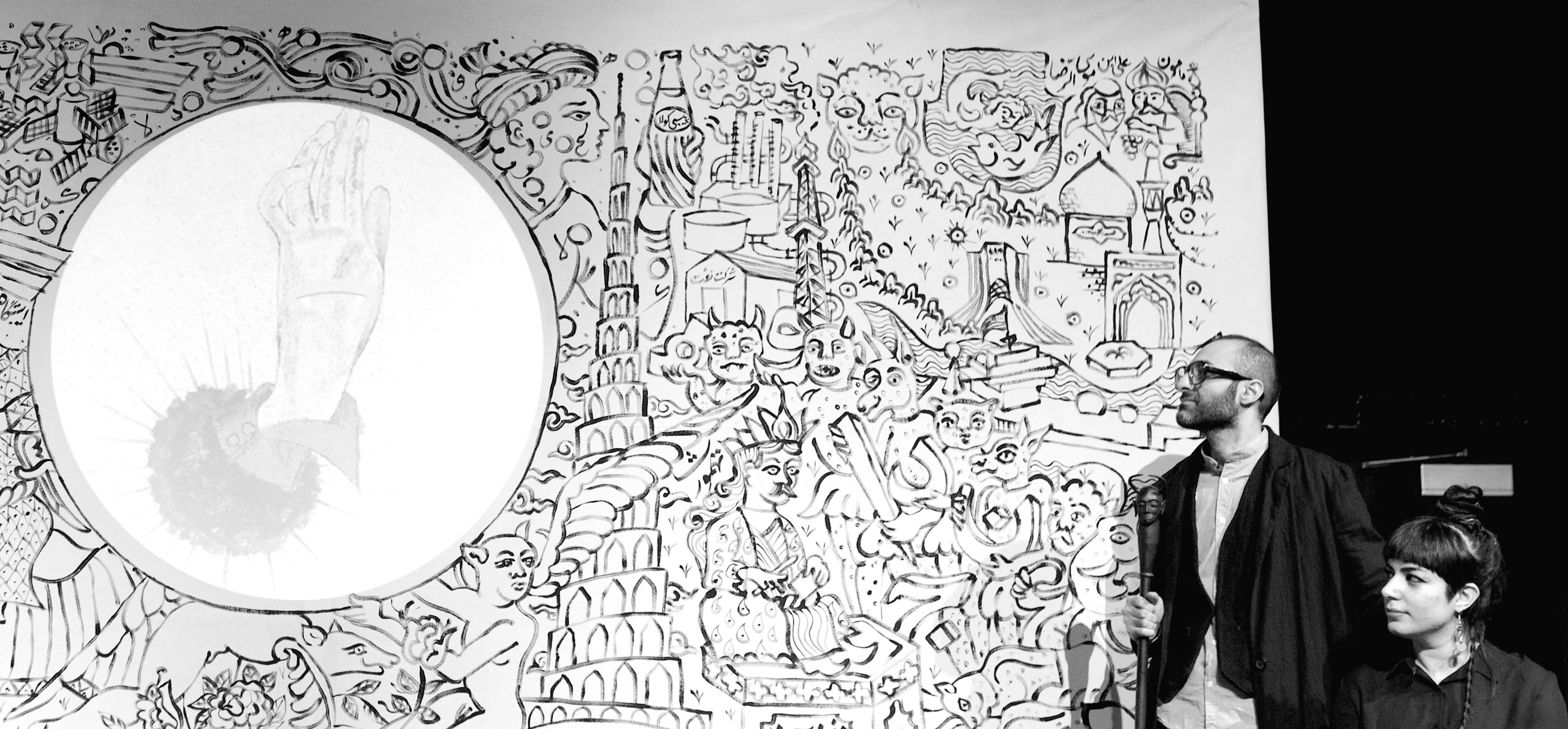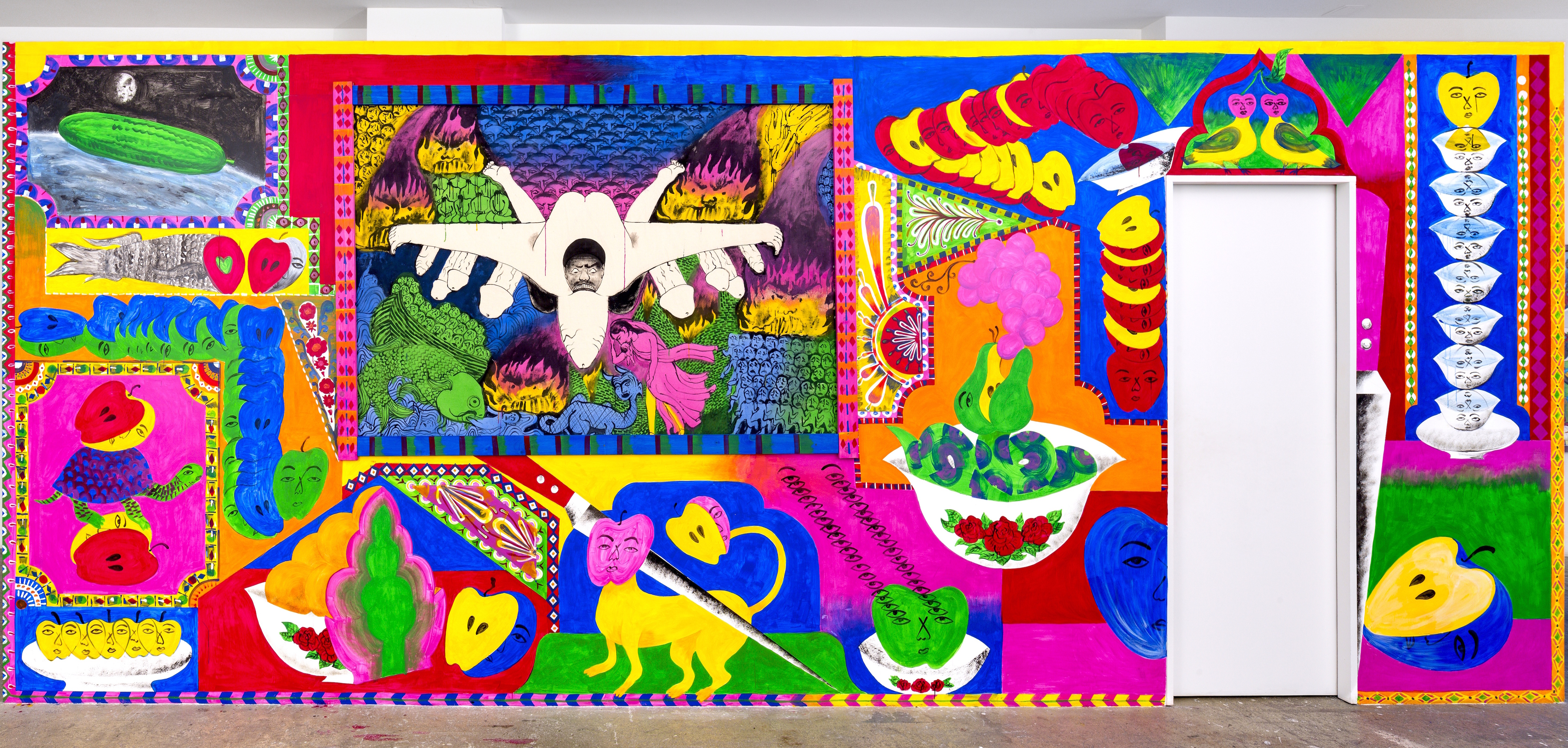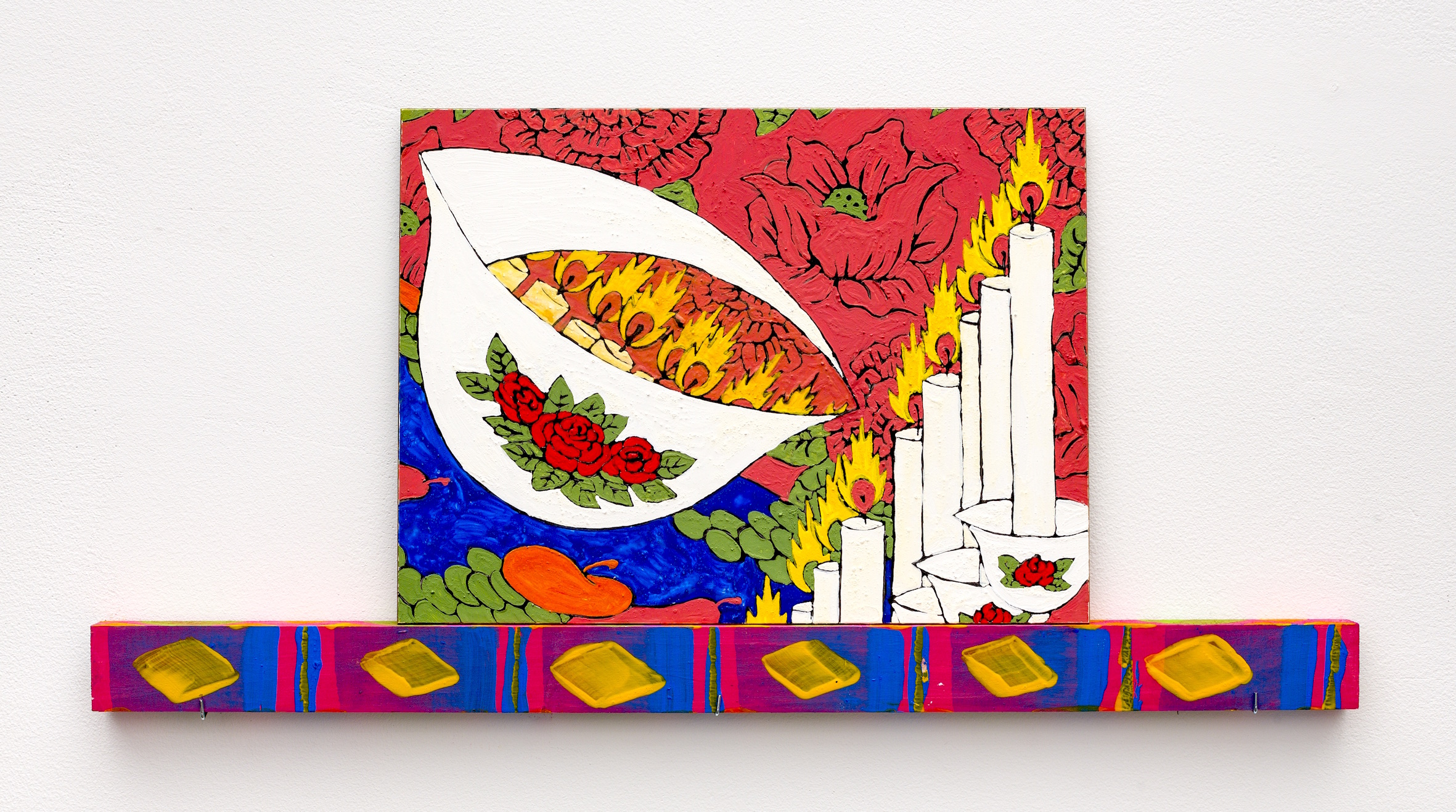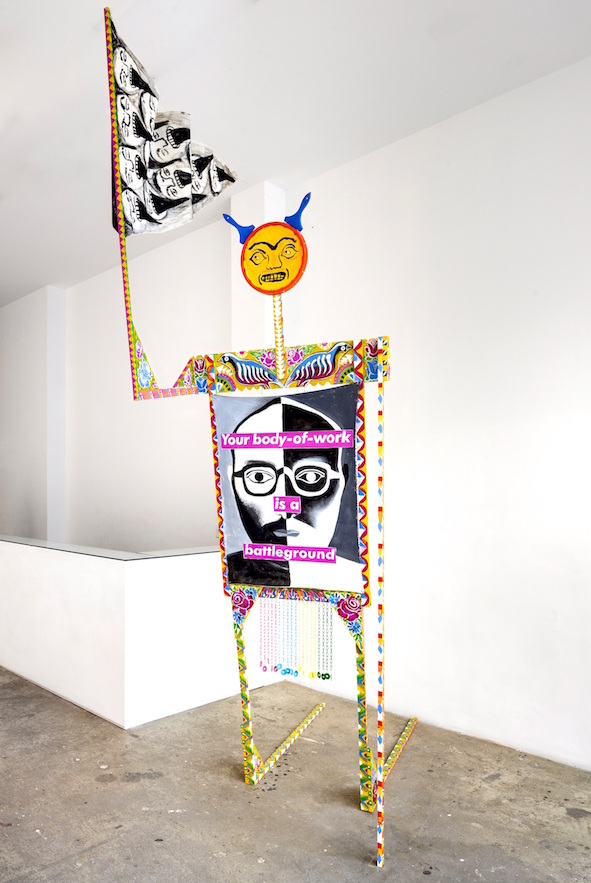ÀCHEVAL PAMPA, Amazons of style
Inspired by her childhood memories that she has spent riding on horses in the Pampas, the Argentinian stylist Sofia Achaval de Montaigu is paying tribute to the horsemen of this wide expanse of land by launching with her friend and partner Lucila Sperber the lifestyle brand Àcheval Pampa.
With her long blond hair, wearing one of those famous bombachas, the gauchos’ pants that became the key piece of the label, and the black hat, Sofia has this intriguing exoticism, a natural elegance and a poetic and sophisticated look. This urban amazon represents perfectly well the spirit of the brand.
Since its launch at the Ritz in Paris last year, Àcheval Pampa is a real success, seduces all the it-girls from Paris to Buenos Aires and promotes with a lot of chic and sophistication the beauty of the Pampa and its unique craftsmanship.
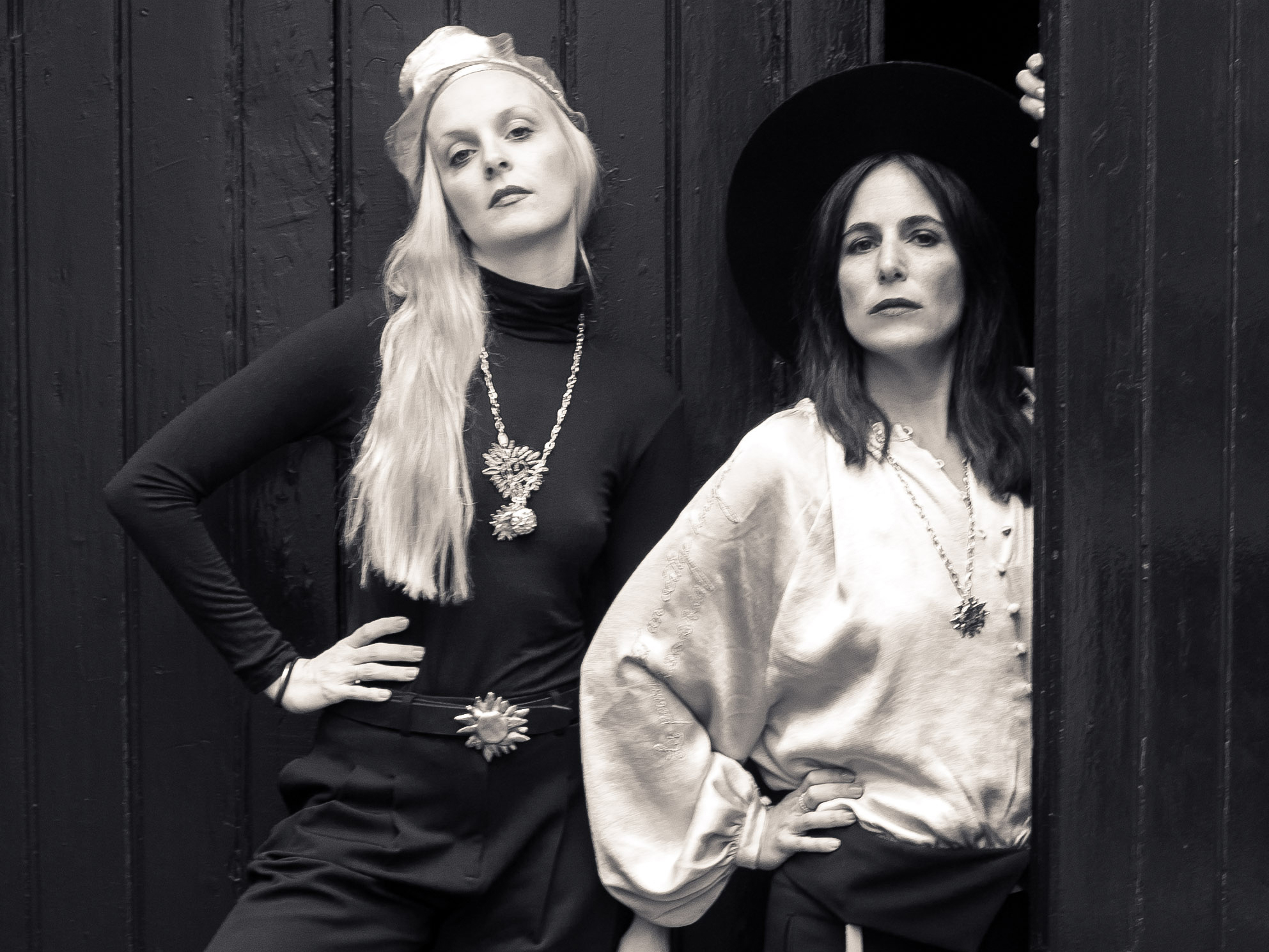
Behind your label Àcheval Pampa, there is you and Lucila Sperber. How did you get the idea to create together a brand inspired by the gauchos of the Pampas?
It was always my dream to launch one day my own brand inspired by the gauchos. I grew up in Buenos Aires but every holiday and every weekend I’ve spent in the Pampas where my family possesses land.
During my entire childhood, I grew up riding on horses in this wide stretch of grassland wearing the traditional gaucho clothes.
During my studies of fashion design at studio Berçot in Paris, I’ve often worn the bombachas, the pants of the gauchos, the typical horseman boots or the ponchos. This style was natural to me but my friends were completely fascinated and wanted to know where I’ve bought those clothes.
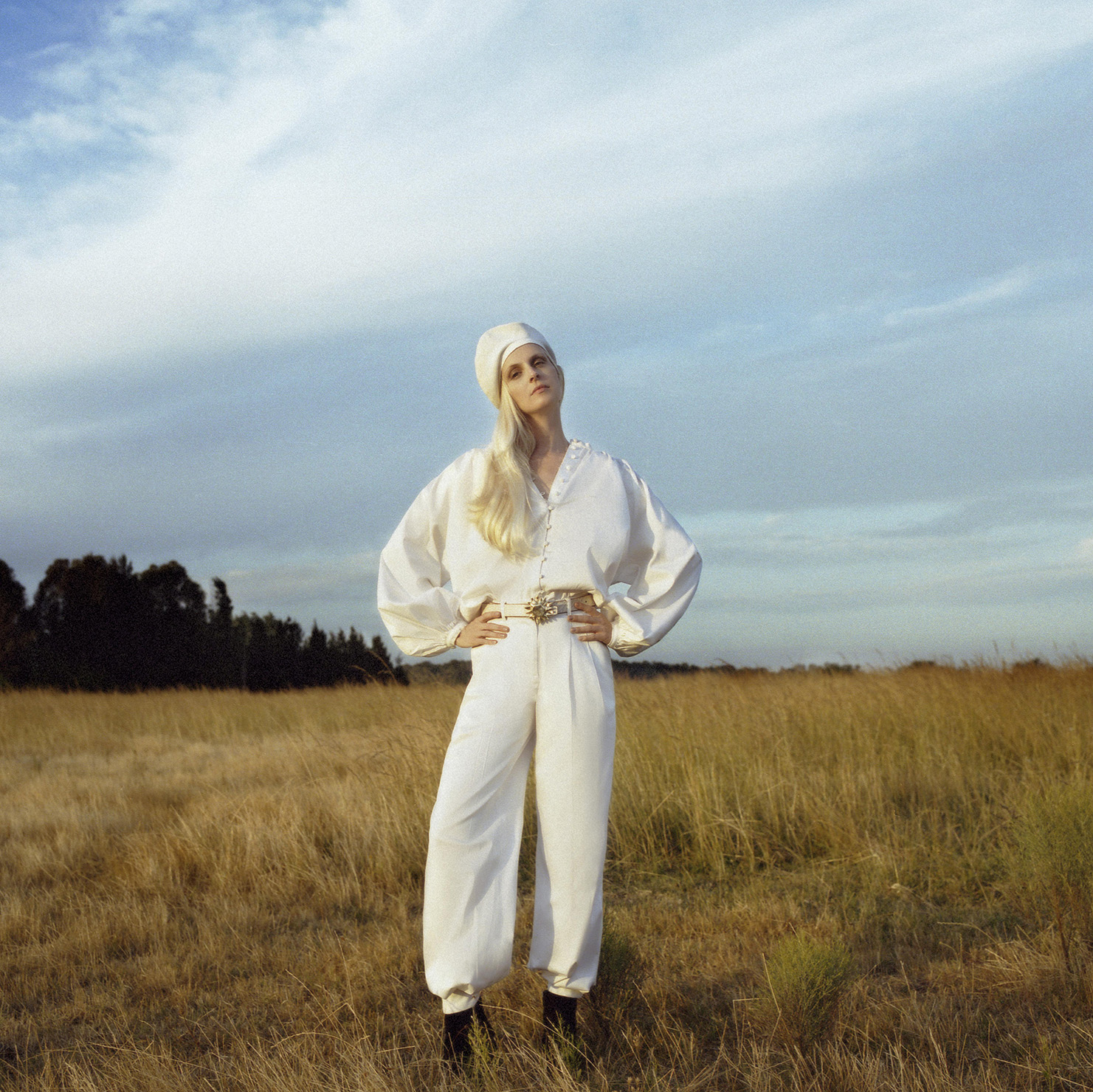
I’ve met Lucila several years later when I was working as a stylist for a Rochas campagne because she’s the brand manager of this fashion label for South America.
The idea to create together a brand inspired by the gauchos was born at that moment.

What exactly is so fascinating for you about the gaucho style and the Pampa, this wide region between Uruguay, Argentina and the south of Brazil?
The Argentinian writer Jorge Luis Borges said once
‘The Pampa is like a horizontal vertigo’.
I love this description. We have embroidered his quote on our shirts, because it describes perfectly well the sensation that you have under this intense sun and those miles of empty grassland in front of you.
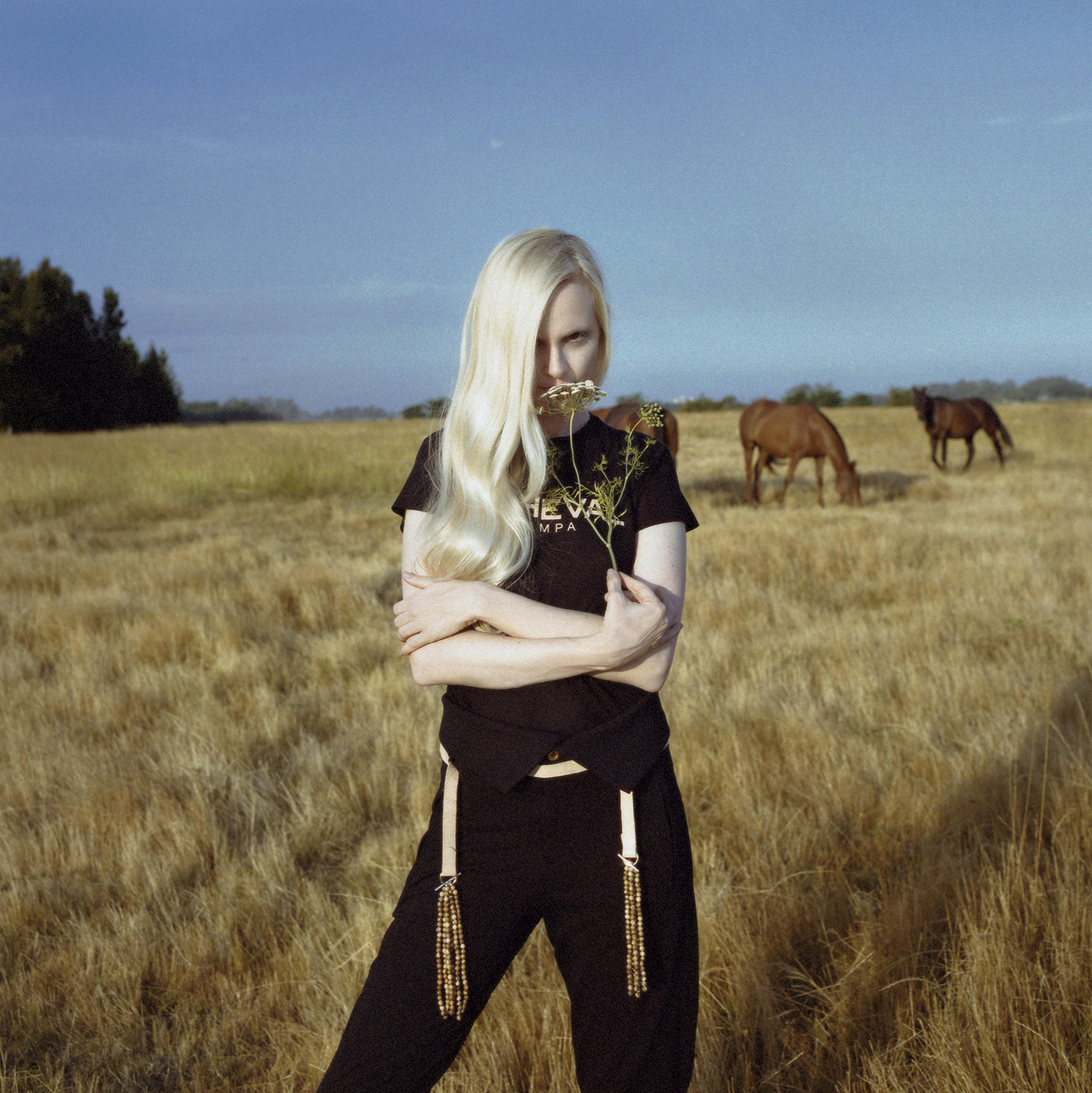
The clothing of the gauchos with their hats, their pants, their ponchos and their leather boots have this great look and chic.
Our intention with Àchval Pampa is to extract this timeless elegance of men’s clothing and turn it into something feminine by adding sophistication, a bit of romanticism and poetry.

This reminds me of Yves Saint Laurent who said ‘A woman is never as feminine as in a man’s suit’.
I’m a huge fan of Monsieur Saint Laurent. And he’s absolutely right. Yves Saint Laurent took a lot of inspiration in mens’ clothes and adapted them for women. These pieces became iconic with a timeless elegance. He was inspired by different cultures like Asia, Morocco and also by the gaucho style but added a modern elegance and a european chic.
And that’s exactly our goal with Àcheval Pampa.
We want to create a wardrobe that contains beautiful classics, with a refined ethnic elegance that is accessible to everybody and can be worn a whole life.
That’s why we keep our key pieces every season and add a small selection of well-chosen new pieces.
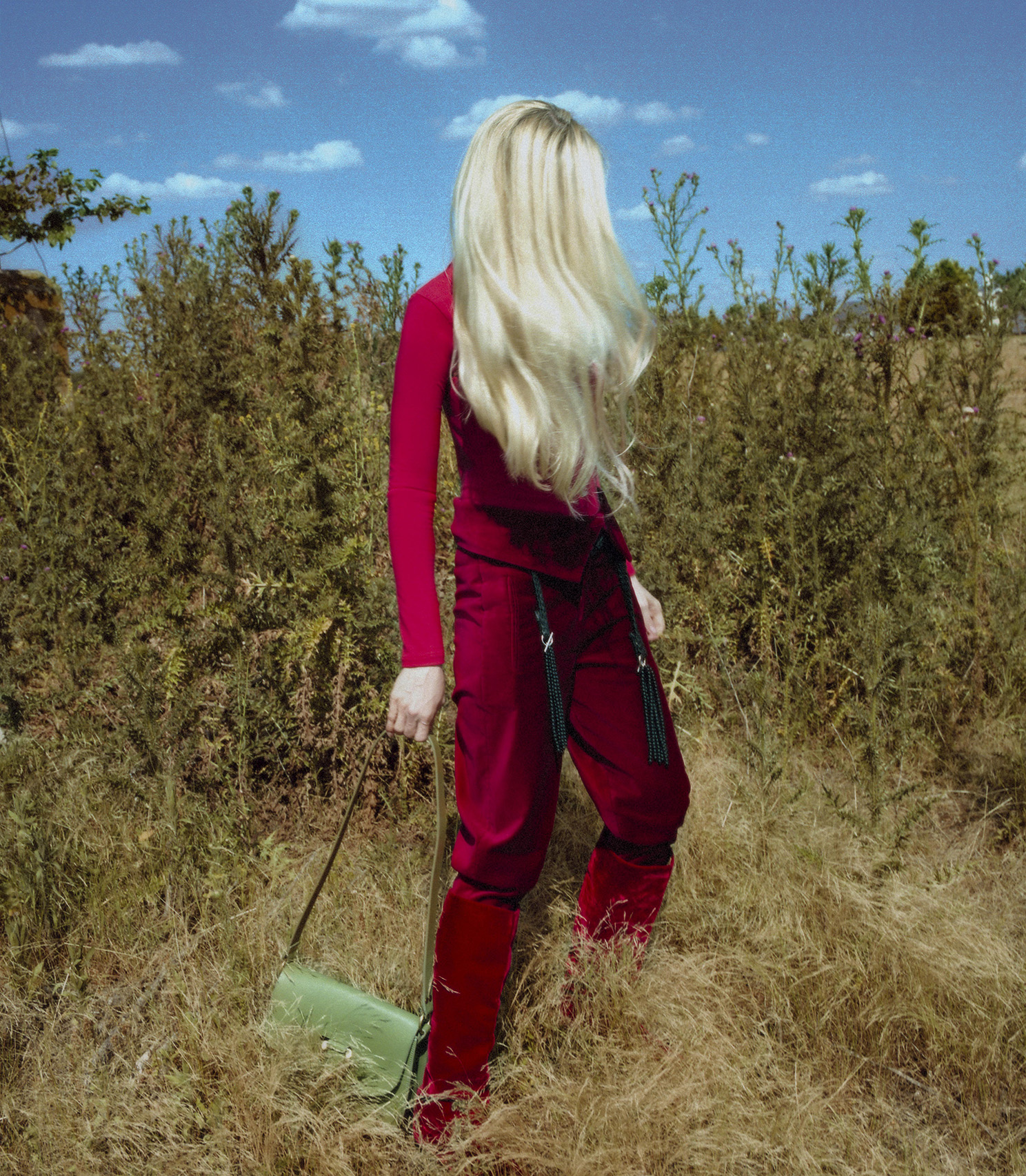
The center of our collections are the pants that we propose in various very luxurious fabrics. Around theses key pieces we have added shirts, capes, dresses, skirts and for the coming winter a jacket.
We give a great importance to the choice of our fabrics and the cut of our clothes. They have to be perfectly cut and also comfortable so you can wear them from morning to night.
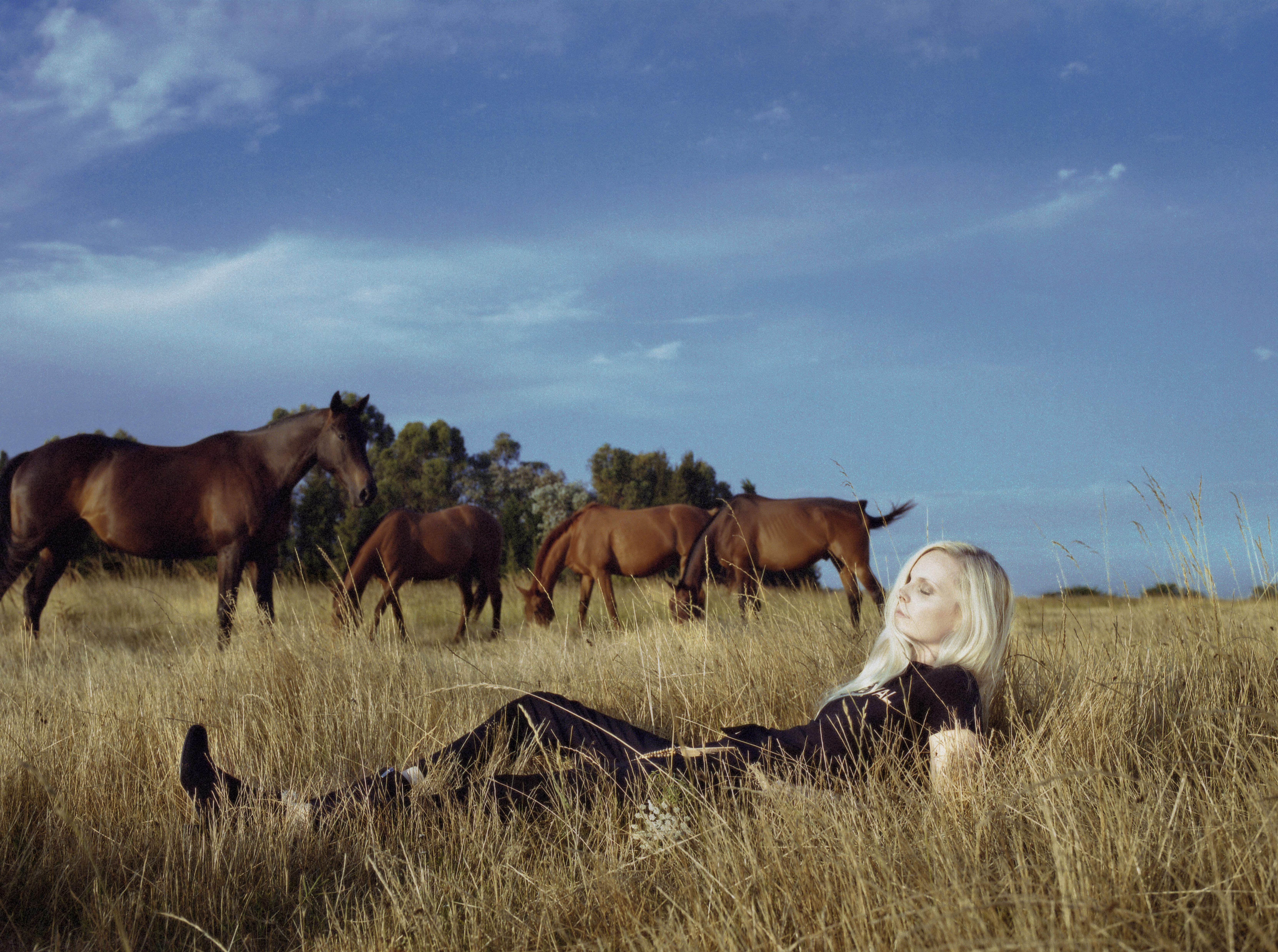
There are also the belts and the jewelry that are designed by other artists that you invite for collaborations.
Yes, absolutely. The belts and the jewelry are designed by the amazing artist Luna Paiva who is known for her huge bronze sculptures. For this capsule collection she took her inspiration from this very particular sky of the magical pampa with its intense sun and moon.
Luna is drawing first the design and then making the moulds by hand at her studio.
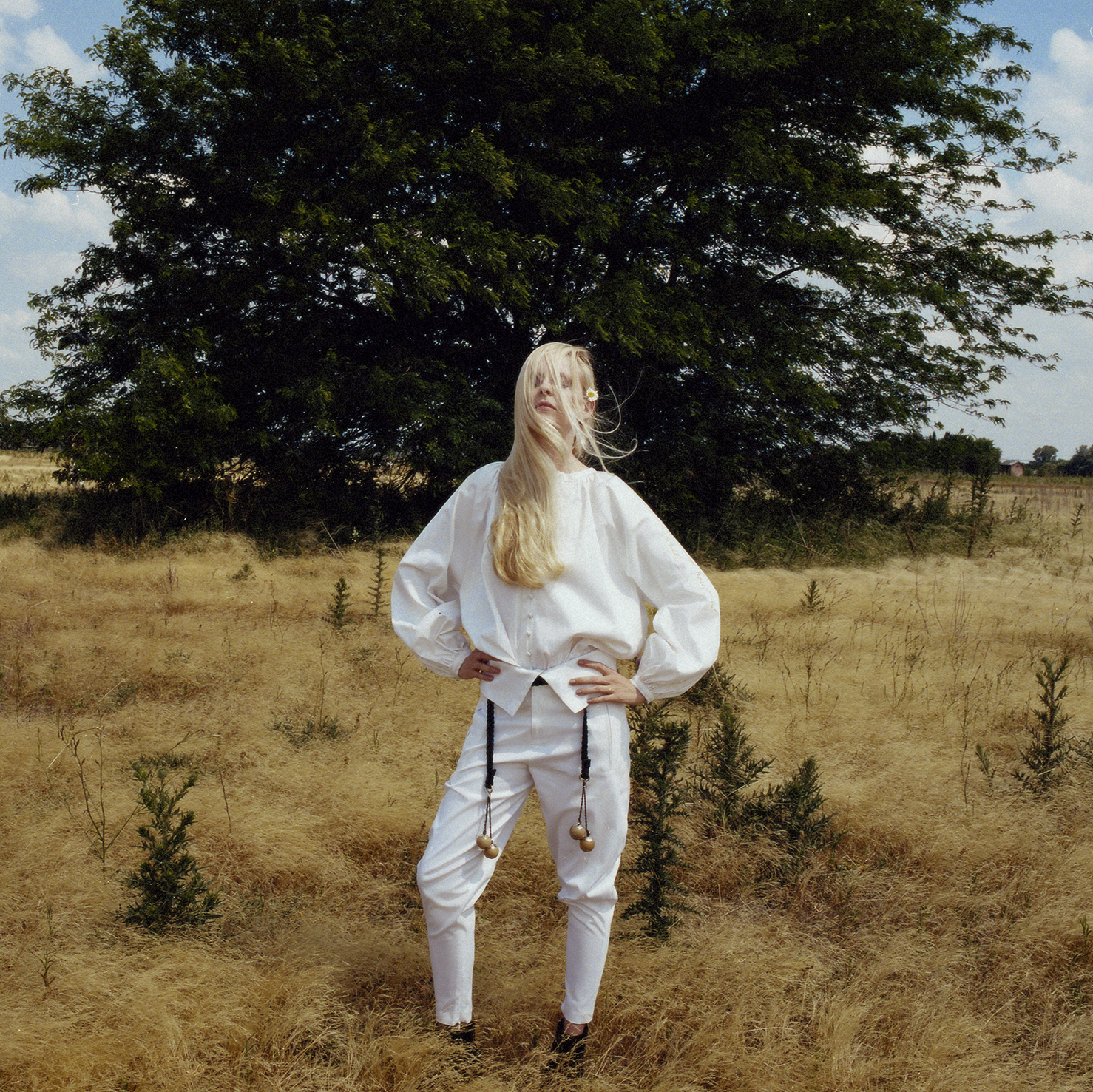
Are you thinking of future collaborations with other artists?
We really like the idea of collaborations because it brings another point of view to the collection which is very interesting, but it needs to happen in a very natural way without being forced.
But we will certainly continue working wit Luna because we love her artistic universe a lot. It is in perfect harmony with the Àcheval Pampa style.
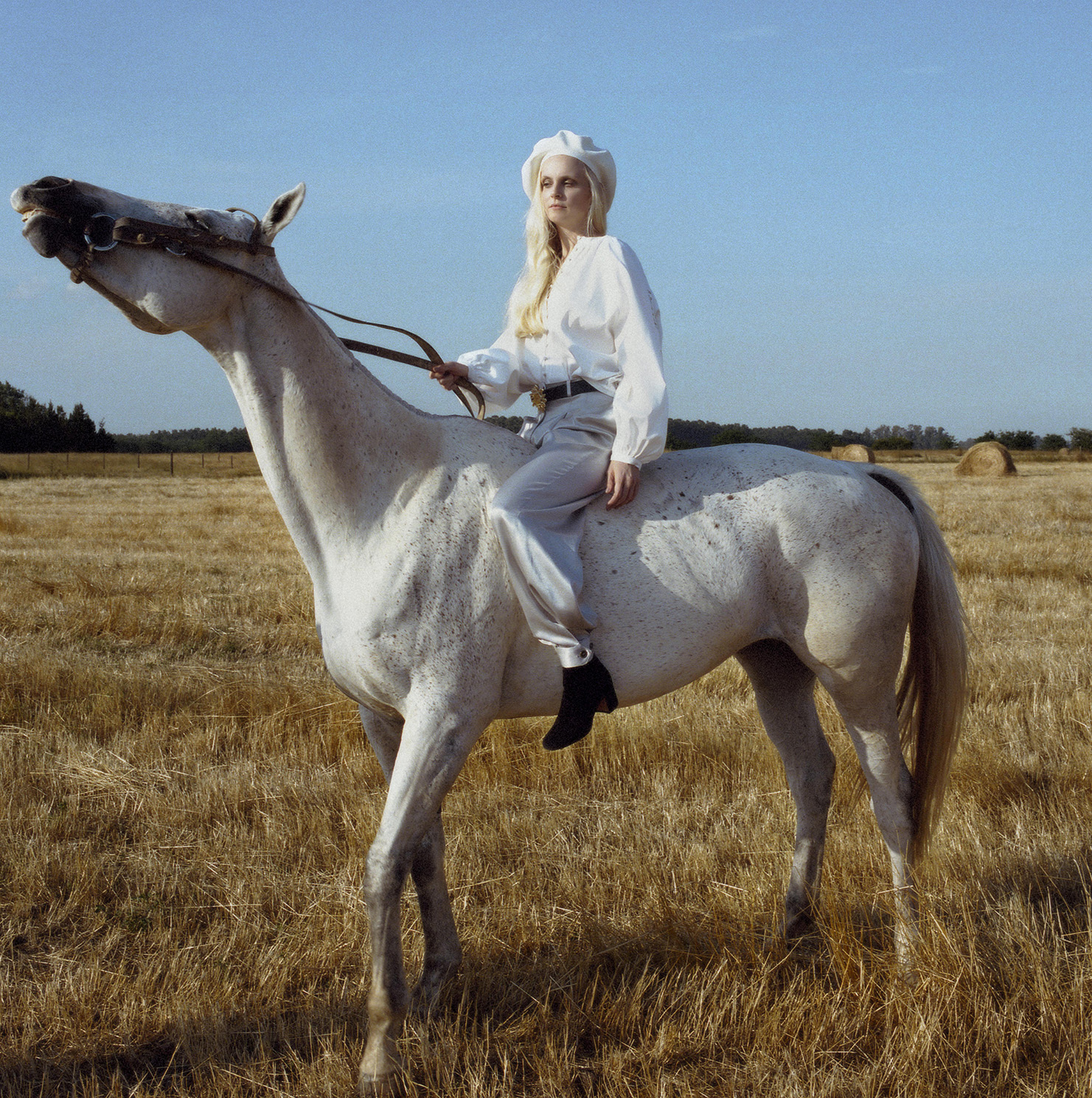
It-girls like Kendall Jenner or Meghan Markle are big fans of Àcheval Pampa and Delfina Blaquier has worn this beautiful blue dress at the royal wedding of Harry and Maghan.
Yes, Delfina looked stunning in this dress!
And the fact that she was wearing it at that this very particular event has created a huge buzz on social media and has given the brand an enormous visibility, just a few months after the brand’s launch at the Ritz in Paris.
Delfina and her husband Nacho Figueras, the famous polo player, are part of the Àcheval Pampa adventure and the best ambassadors of the label. We’re all very good friends, and share the same love for Argentina, its breathtaking beauty and unique craftsmanship.
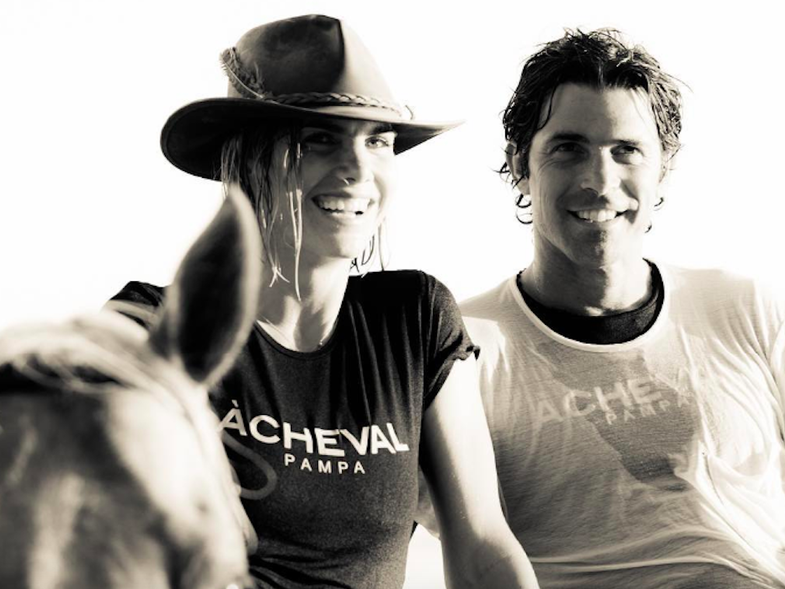
Production wise you put a lot of importance into traditional craftsmanship and you’re working with small local workshops. Do you think that this is the new definition of luxury, to produce less and to focus on handcraft ?
Absolutely! For us it’s very important that the entire collection is produced in the Pampa. Our pants and shirts are made in Uruguay, the belts in the south of Brazil and the bags are made by the best manufacturer in Argentina that is specialized in making horse saddles for the gauchos, their savoir-faire is impressive. And our black hats are made by a family that is making only this style.
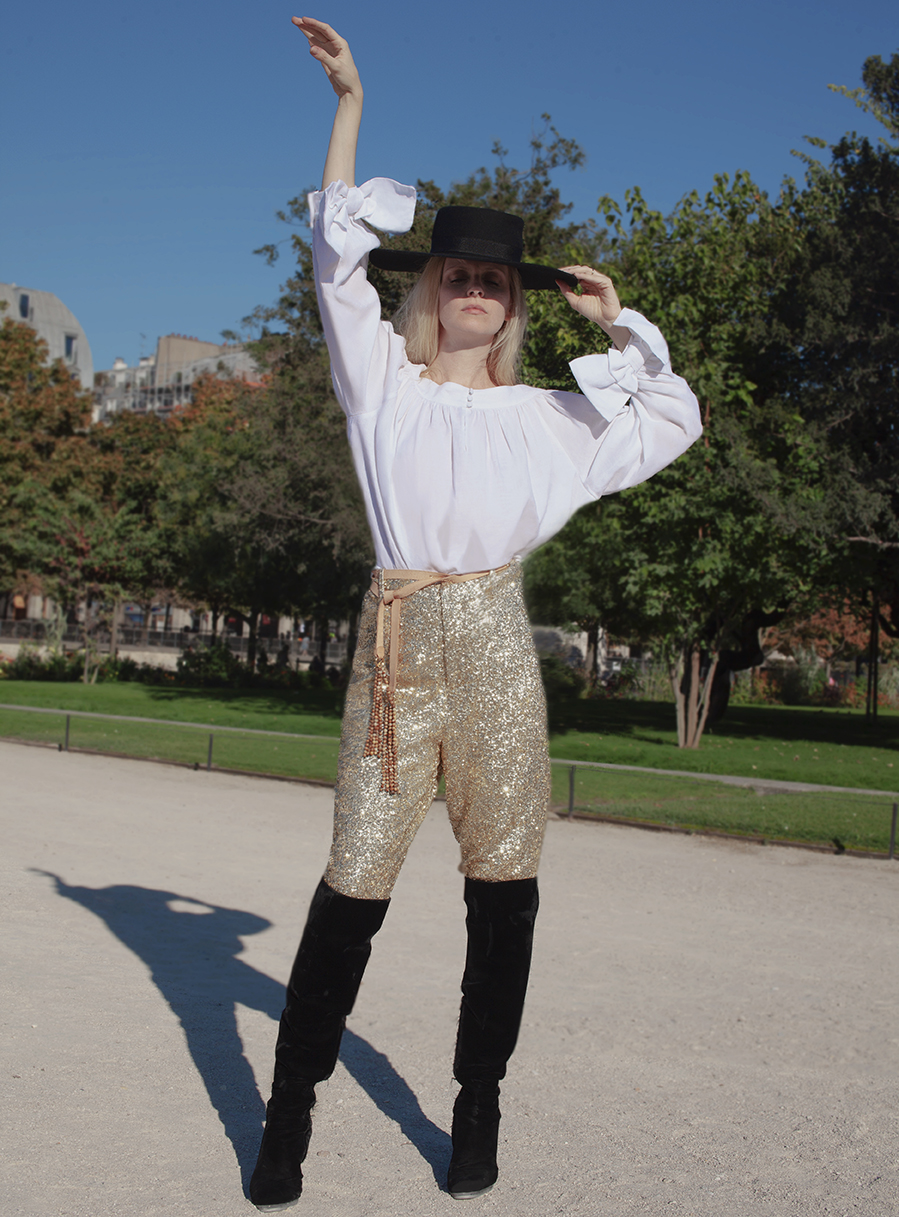
We really do care about the « Made in the Pampas ». It’s also an opportunity to give work to all those incredibly talented craftsman and helps that this unique traditional handcraft doesn’t disappear.
Àcheval Pampa is above all a life style brand, not a designer label, that is very versatile. It can exist in many other ways such as fragrance or furniture.
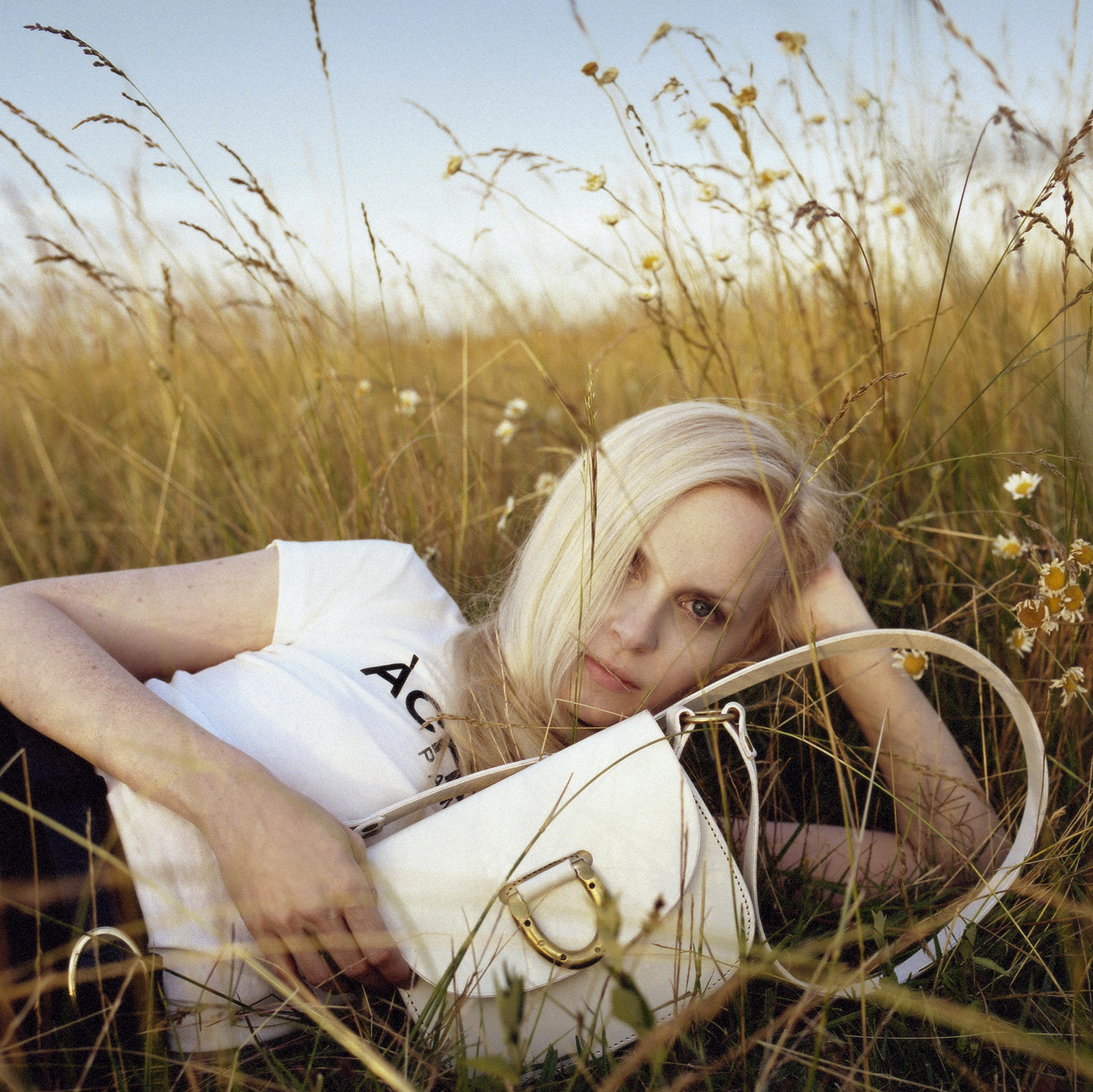
2018 was the year of Àcheval Pampa’s successful launch. Could you give us already a little hint about your projects in 2019?
In March we will present our Autumn / Winter collection at the Ritz.
We’ll be also busy travelling. We’re very lucky to have the best shops all around the world that sell our clothes and that organize events around our label.
These trips and encounters with the boutiques and clients are very important for a brand like us because it gives life to the label and allows to have direct contact with our customers and to understand what each woman likes in our collections.
We might also launch men’s clothing because there are so many who would love to wear our pants.
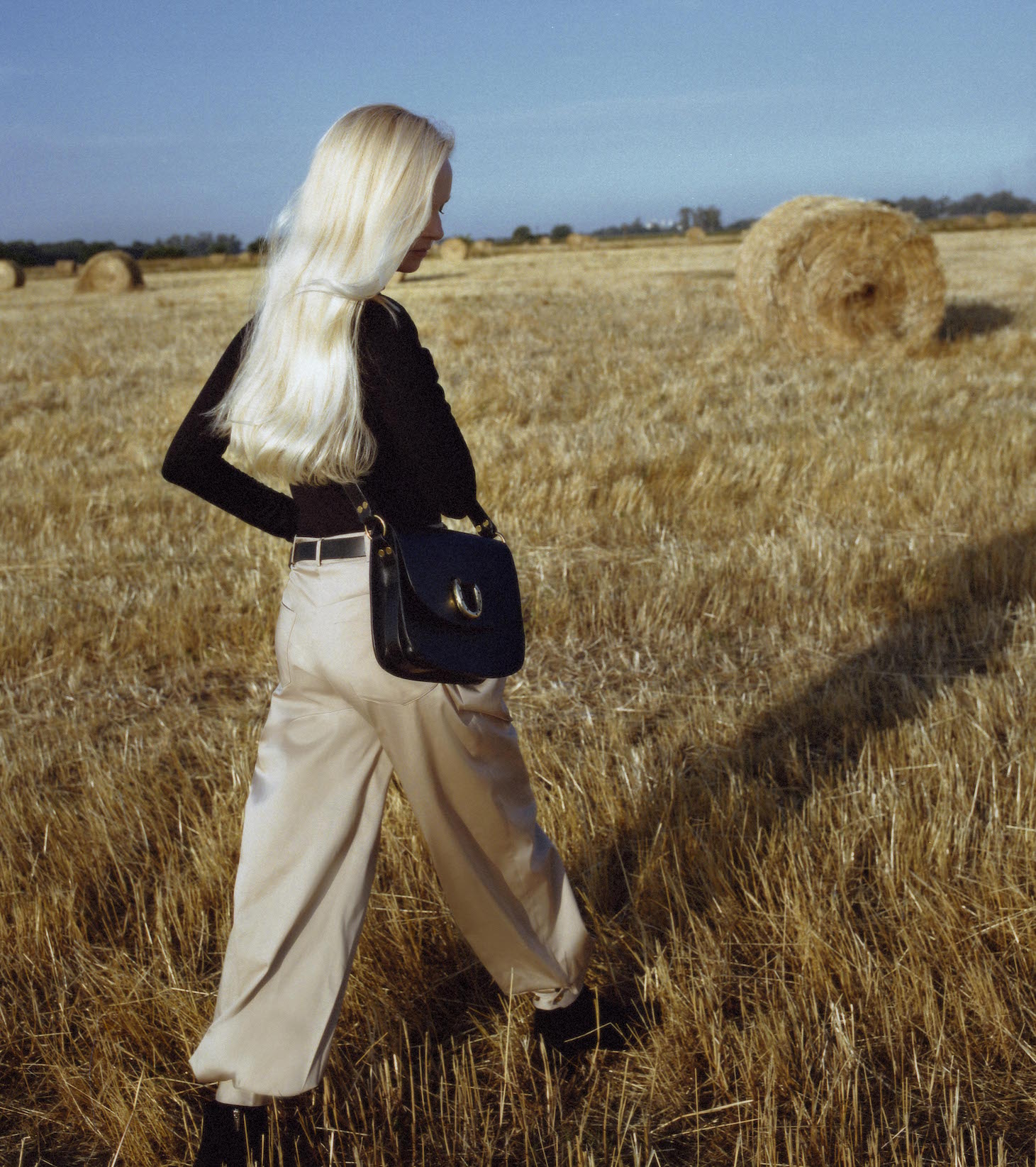
What comes to your mind when you think of Iran?
I think of colors, spices.
It reminds me also of Argentina because both countries have a strong culture.
And I would love to go there.
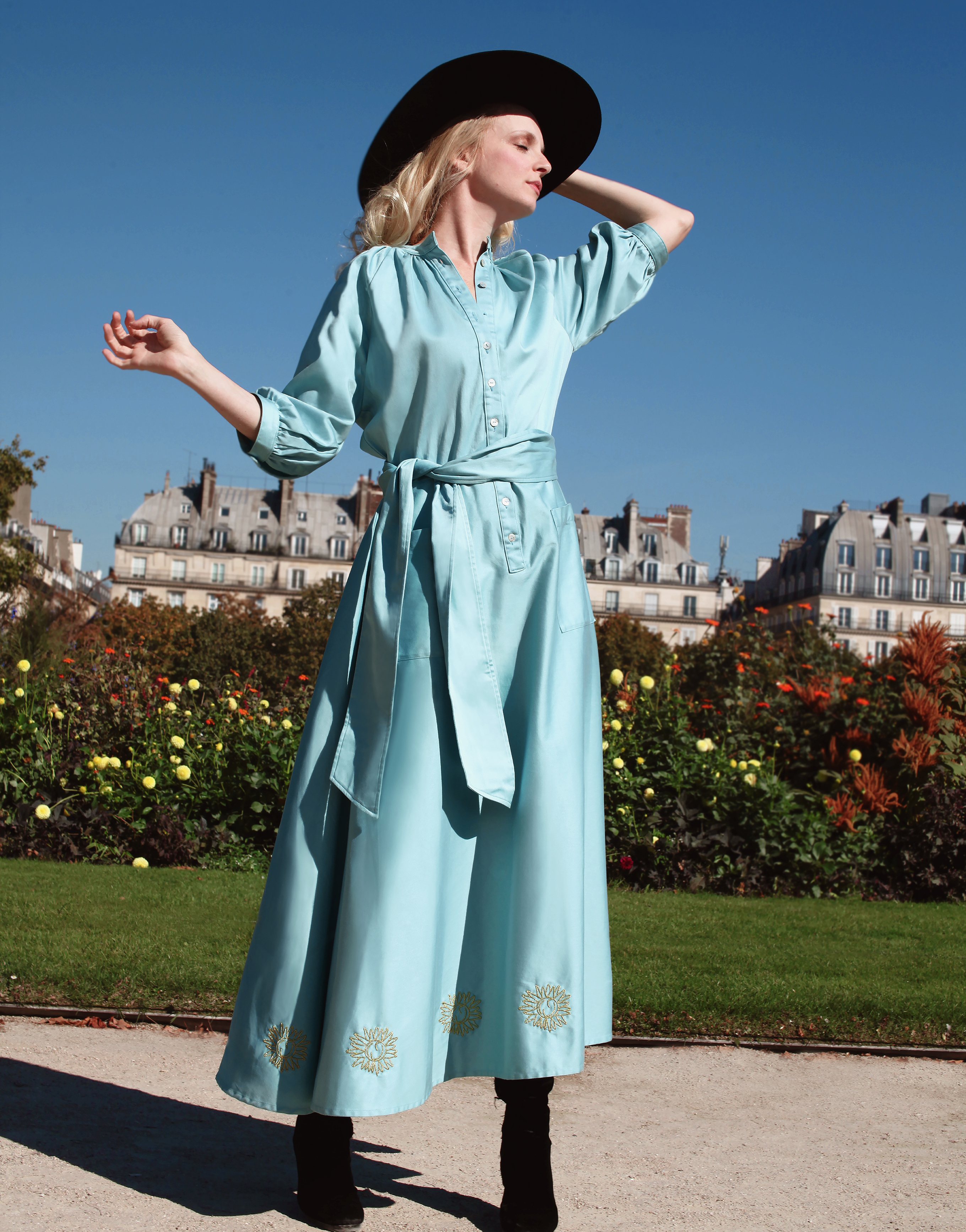
Credits:
All photos © Àcheval Pampa
e-Shop: https://acheval-pampa.myshopify.com
Text: Anahita Vessier
Translation: Anahita Vessier
Share this post


